Classical roman figure Stock Photos and Images
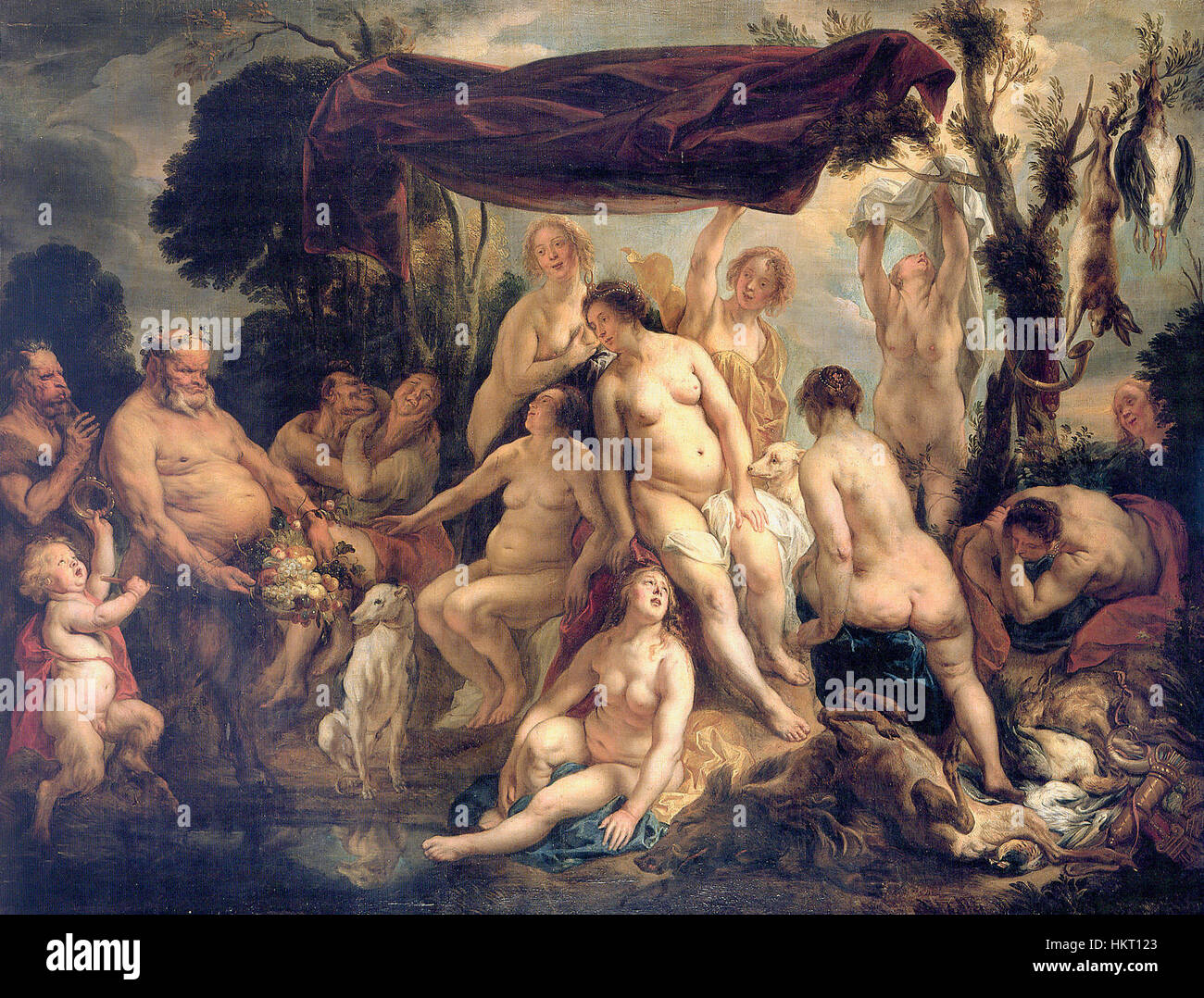 This oil painting by Jacob Jordaens portrays Diana, the Roman goddess of the hunt, resting after a day’s hunt. The artwork captures her serene yet powerful nature, emphasizing the classical beauty of the goddess. Stock Photohttps://www.alamy.com/image-license-details/?v=1https://www.alamy.com/stock-photo-this-oil-painting-by-jacob-jordaens-portrays-diana-the-roman-goddess-132678731.html
This oil painting by Jacob Jordaens portrays Diana, the Roman goddess of the hunt, resting after a day’s hunt. The artwork captures her serene yet powerful nature, emphasizing the classical beauty of the goddess. Stock Photohttps://www.alamy.com/image-license-details/?v=1https://www.alamy.com/stock-photo-this-oil-painting-by-jacob-jordaens-portrays-diana-the-roman-goddess-132678731.htmlRMHKT123–This oil painting by Jacob Jordaens portrays Diana, the Roman goddess of the hunt, resting after a day’s hunt. The artwork captures her serene yet powerful nature, emphasizing the classical beauty of the goddess.
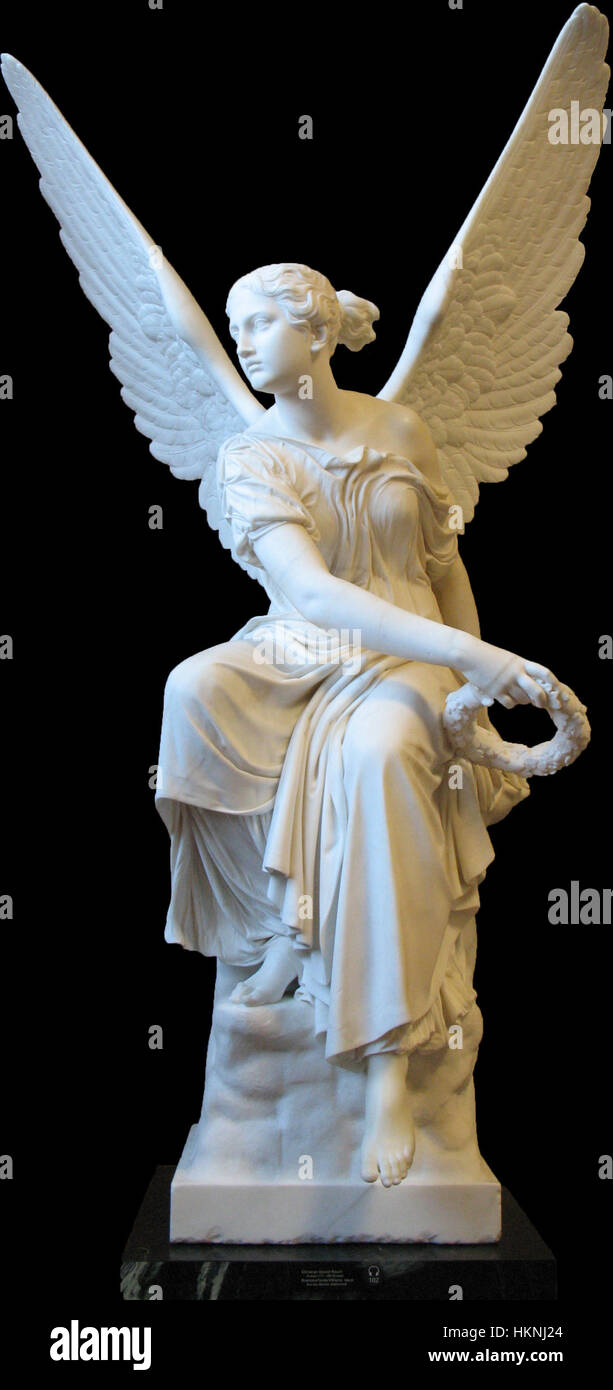 This 19th-century sculpture by Rauch titled 'Kranzwerfende Viktoria' depicts the figure of Victoria, the Roman goddess of victory. The statue symbolizes triumph and victory, embodying classical ideals. Stock Photohttps://www.alamy.com/image-license-details/?v=1https://www.alamy.com/stock-photo-this-19th-century-sculpture-by-rauch-titled-kranzwerfende-viktoria-132626204.html
This 19th-century sculpture by Rauch titled 'Kranzwerfende Viktoria' depicts the figure of Victoria, the Roman goddess of victory. The statue symbolizes triumph and victory, embodying classical ideals. Stock Photohttps://www.alamy.com/image-license-details/?v=1https://www.alamy.com/stock-photo-this-19th-century-sculpture-by-rauch-titled-kranzwerfende-viktoria-132626204.htmlRMHKNJ24–This 19th-century sculpture by Rauch titled 'Kranzwerfende Viktoria' depicts the figure of Victoria, the Roman goddess of victory. The statue symbolizes triumph and victory, embodying classical ideals.
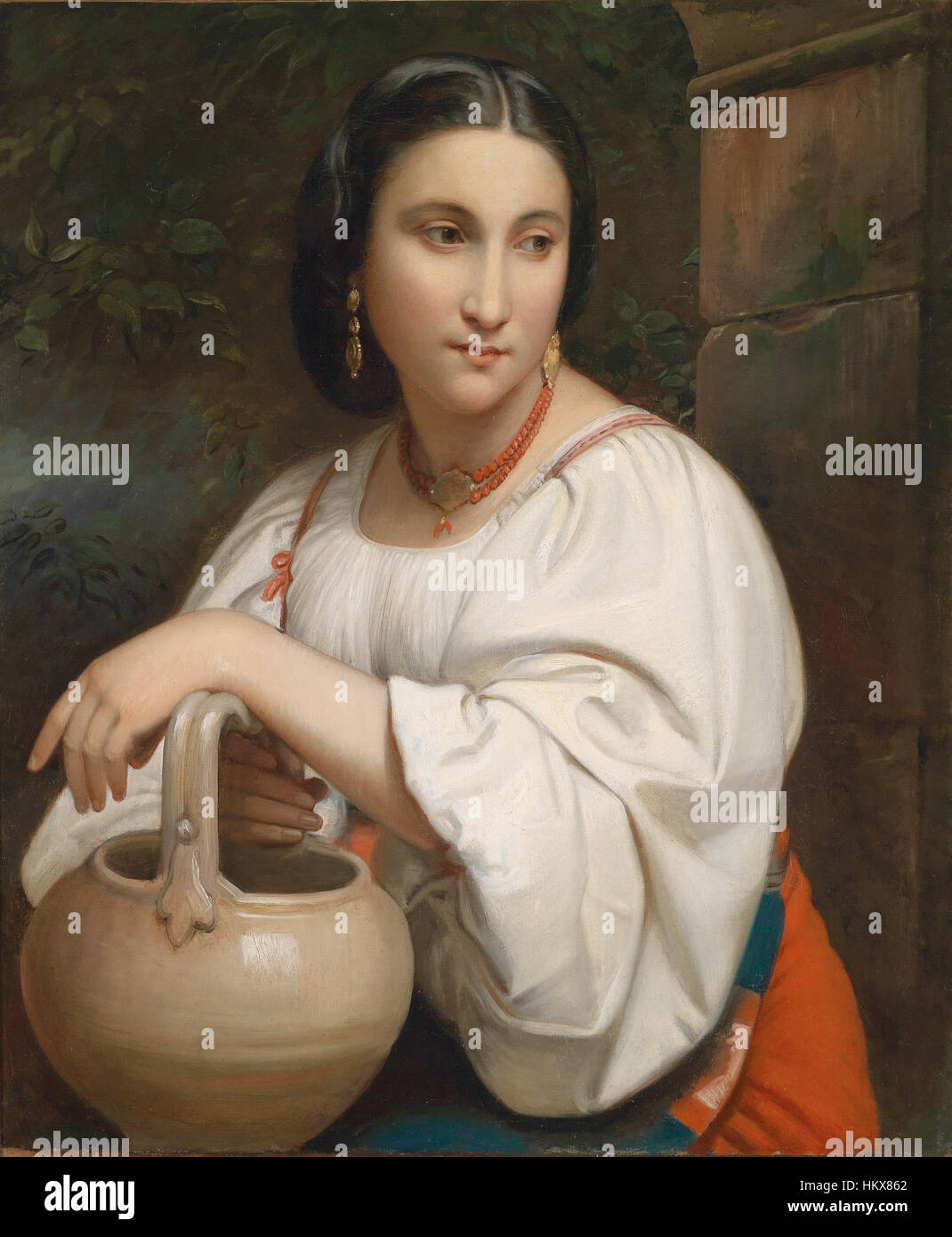 This portrait by William-Adolphe Bouguereau, titled 'Portrait of a Young Roman', depicts a young Roman figure in a classic pose, showcasing the artist's mastery of realistic portraiture and classical themes. Stock Photohttps://www.alamy.com/image-license-details/?v=1https://www.alamy.com/stock-photo-this-portrait-by-william-adolphe-bouguereau-titled-portrait-of-a-young-132728234.html
This portrait by William-Adolphe Bouguereau, titled 'Portrait of a Young Roman', depicts a young Roman figure in a classic pose, showcasing the artist's mastery of realistic portraiture and classical themes. Stock Photohttps://www.alamy.com/image-license-details/?v=1https://www.alamy.com/stock-photo-this-portrait-by-william-adolphe-bouguereau-titled-portrait-of-a-young-132728234.htmlRMHKX862–This portrait by William-Adolphe Bouguereau, titled 'Portrait of a Young Roman', depicts a young Roman figure in a classic pose, showcasing the artist's mastery of realistic portraiture and classical themes.
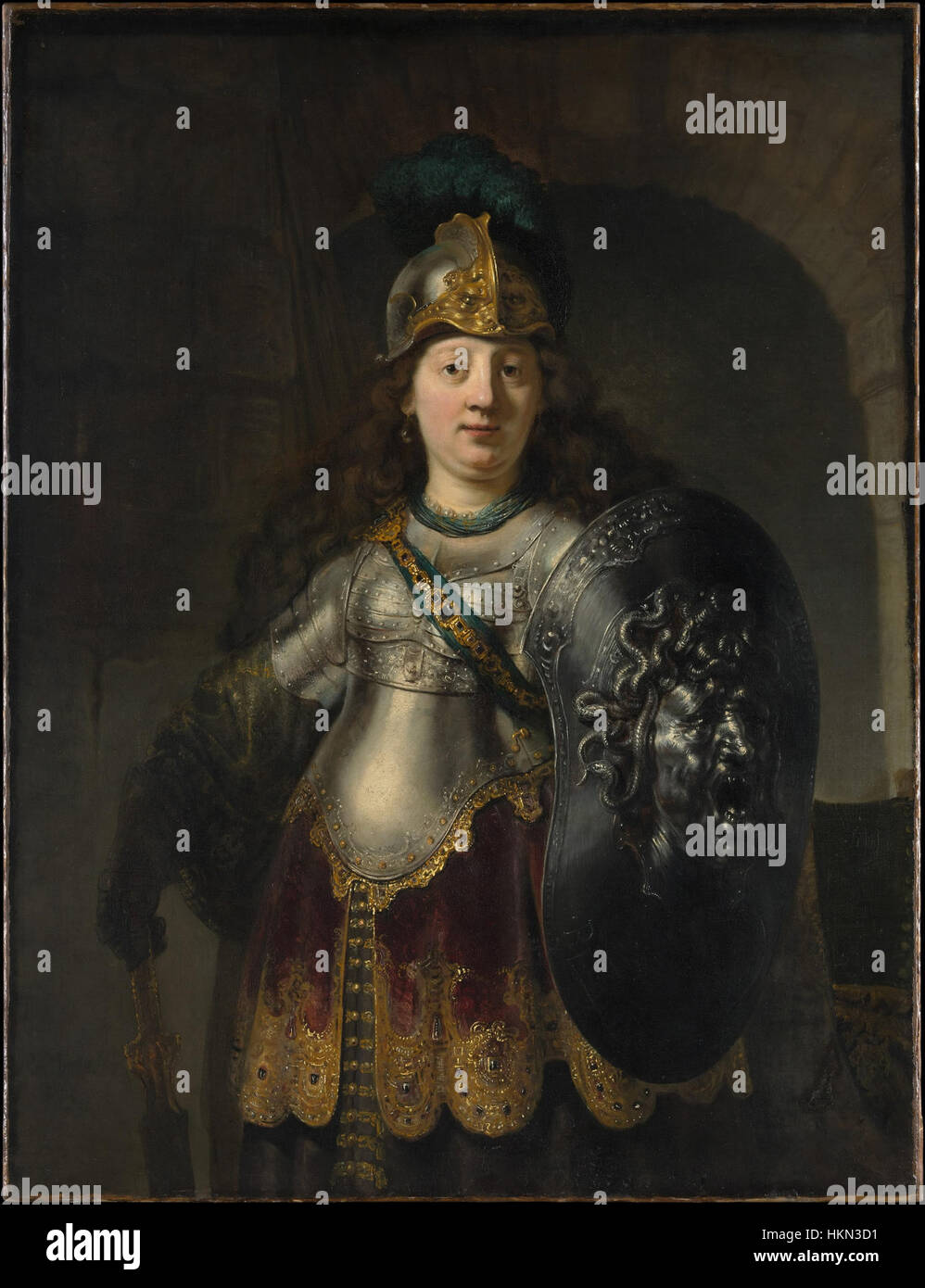 'Bellona' by Rembrandt van Rijn is a powerful depiction of the Roman goddess of war. The painting portrays Bellona in a classical style, capturing both her strength and dignity. Rembrandt’s masterful use of light and shadow brings depth and drama to the figure. Stock Photohttps://www.alamy.com/image-license-details/?v=1https://www.alamy.com/stock-photo-bellona-by-rembrandt-van-rijn-is-a-powerful-depiction-of-the-roman-132614749.html
'Bellona' by Rembrandt van Rijn is a powerful depiction of the Roman goddess of war. The painting portrays Bellona in a classical style, capturing both her strength and dignity. Rembrandt’s masterful use of light and shadow brings depth and drama to the figure. Stock Photohttps://www.alamy.com/image-license-details/?v=1https://www.alamy.com/stock-photo-bellona-by-rembrandt-van-rijn-is-a-powerful-depiction-of-the-roman-132614749.htmlRMHKN3D1–'Bellona' by Rembrandt van Rijn is a powerful depiction of the Roman goddess of war. The painting portrays Bellona in a classical style, capturing both her strength and dignity. Rembrandt’s masterful use of light and shadow brings depth and drama to the figure.
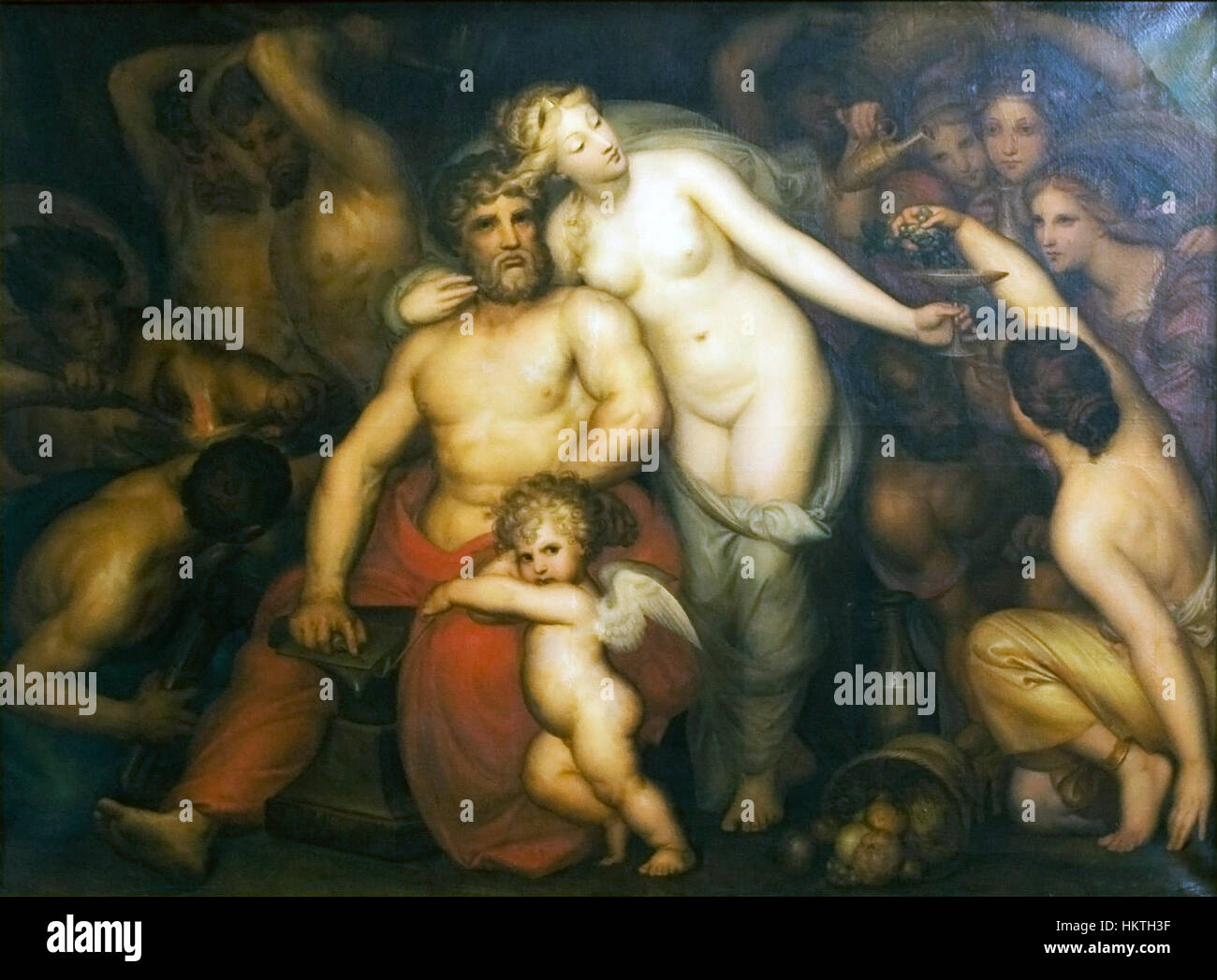 'Forge of Vulcan' is a classical painting depicting the Roman god of fire and blacksmithing, Vulcan, at work in his forge. The work captures the intensity and power of the mythological figure in action, showcasing the artist’s skill in mythological art. Stock Photohttps://www.alamy.com/image-license-details/?v=1https://www.alamy.com/stock-photo-forge-of-vulcan-is-a-classical-painting-depicting-the-roman-god-of-132691315.html
'Forge of Vulcan' is a classical painting depicting the Roman god of fire and blacksmithing, Vulcan, at work in his forge. The work captures the intensity and power of the mythological figure in action, showcasing the artist’s skill in mythological art. Stock Photohttps://www.alamy.com/image-license-details/?v=1https://www.alamy.com/stock-photo-forge-of-vulcan-is-a-classical-painting-depicting-the-roman-god-of-132691315.htmlRMHKTH3F–'Forge of Vulcan' is a classical painting depicting the Roman god of fire and blacksmithing, Vulcan, at work in his forge. The work captures the intensity and power of the mythological figure in action, showcasing the artist’s skill in mythological art.
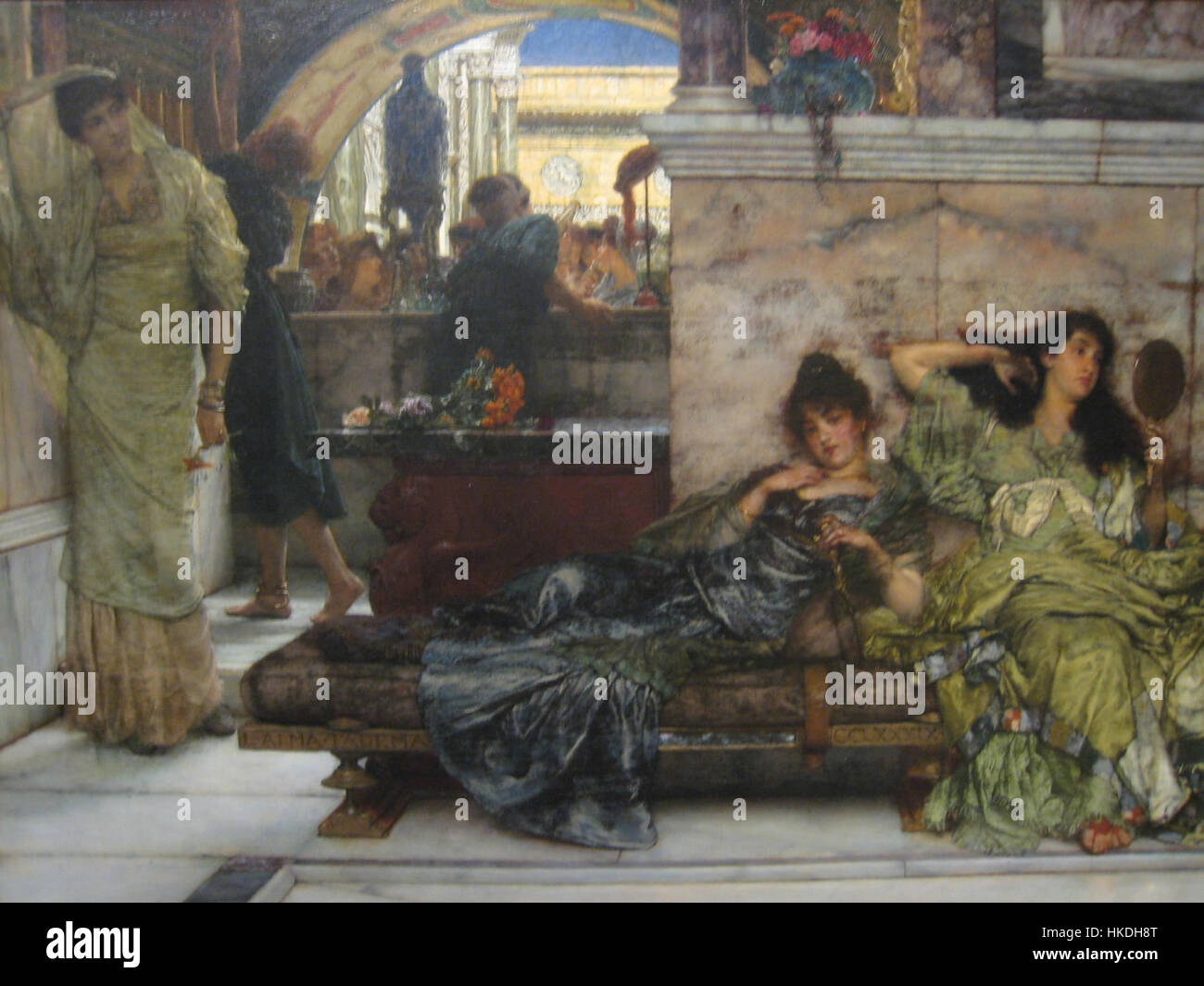 Lawrence Alma Tadema’s 'Shrine of Venus' captures a serene moment from the classical world, portraying a figure at a Roman temple dedicated to Venus. The painting reflects Tadema’s expertise in depicting ancient Roman culture with fine detail and historical accuracy. Stock Photohttps://www.alamy.com/image-license-details/?v=1https://www.alamy.com/stock-photo-lawrence-alma-tademas-shrine-of-venus-captures-a-serene-moment-from-132449992.html
Lawrence Alma Tadema’s 'Shrine of Venus' captures a serene moment from the classical world, portraying a figure at a Roman temple dedicated to Venus. The painting reflects Tadema’s expertise in depicting ancient Roman culture with fine detail and historical accuracy. Stock Photohttps://www.alamy.com/image-license-details/?v=1https://www.alamy.com/stock-photo-lawrence-alma-tademas-shrine-of-venus-captures-a-serene-moment-from-132449992.htmlRMHKDH8T–Lawrence Alma Tadema’s 'Shrine of Venus' captures a serene moment from the classical world, portraying a figure at a Roman temple dedicated to Venus. The painting reflects Tadema’s expertise in depicting ancient Roman culture with fine detail and historical accuracy.
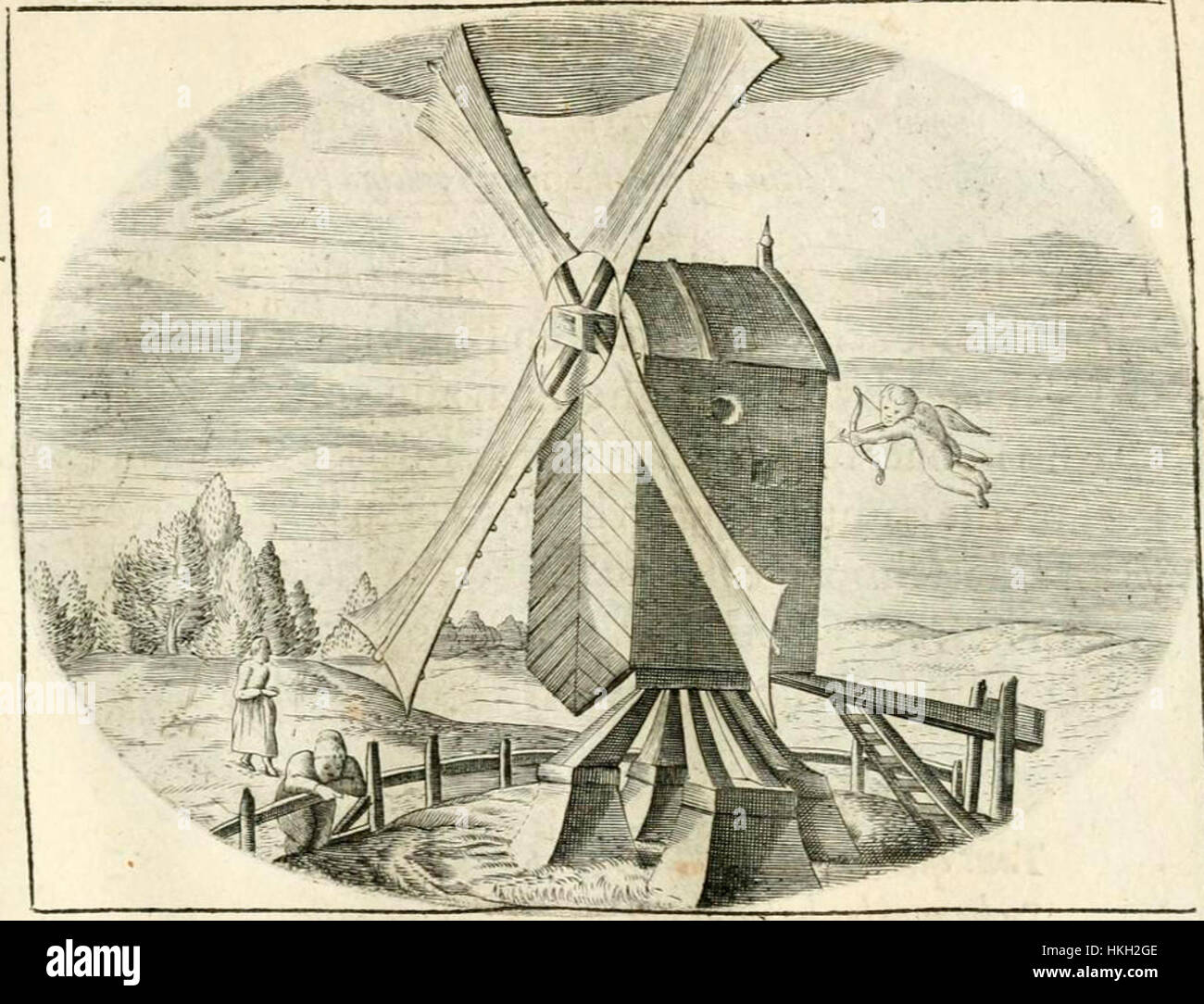 *Heinsius Daniel Cupido 033* is a classical representation of Cupid, a central figure in Greco-Roman mythology. The painting focuses on Cupid's symbolic role in love and desire, capturing the mythological figure in a traditional artistic style, emphasizing the themes of love, beauty, and desire. Stock Photohttps://www.alamy.com/image-license-details/?v=1https://www.alamy.com/stock-photo-heinsius-daniel-cupido-033-is-a-classical-representation-of-cupid-132526254.html
*Heinsius Daniel Cupido 033* is a classical representation of Cupid, a central figure in Greco-Roman mythology. The painting focuses on Cupid's symbolic role in love and desire, capturing the mythological figure in a traditional artistic style, emphasizing the themes of love, beauty, and desire. Stock Photohttps://www.alamy.com/image-license-details/?v=1https://www.alamy.com/stock-photo-heinsius-daniel-cupido-033-is-a-classical-representation-of-cupid-132526254.htmlRMHKH2GE–*Heinsius Daniel Cupido 033* is a classical representation of Cupid, a central figure in Greco-Roman mythology. The painting focuses on Cupid's symbolic role in love and desire, capturing the mythological figure in a traditional artistic style, emphasizing the themes of love, beauty, and desire.
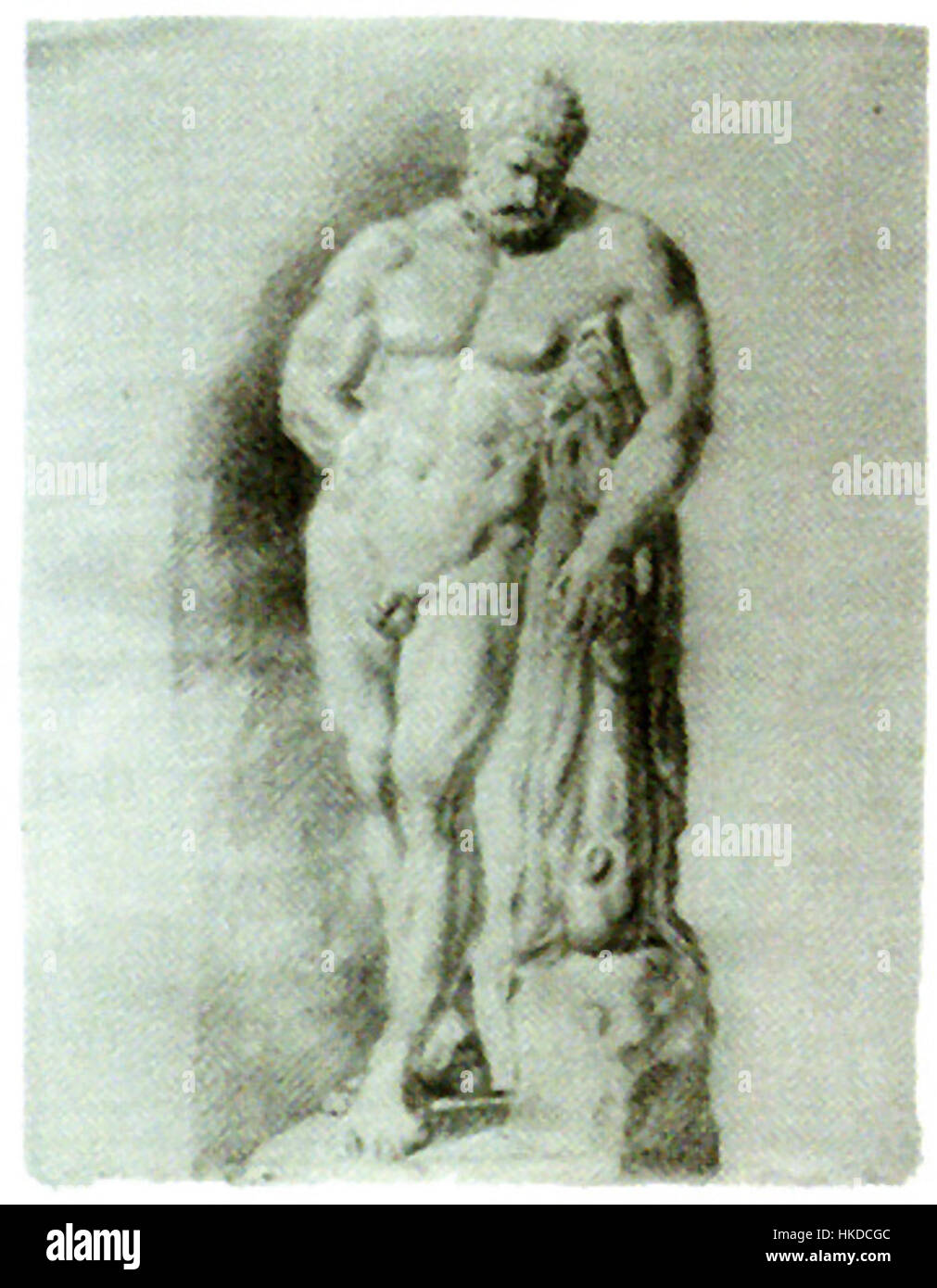 The 'Herkules Farnese' is a famous marble statue representing the mythical hero Hercules. The sculpture, notable for its detailed anatomy and powerful pose, exemplifies classical Greek and Roman artistic traditions. Stock Photohttps://www.alamy.com/image-license-details/?v=1https://www.alamy.com/stock-photo-the-herkules-farnese-is-a-famous-marble-statue-representing-the-mythical-132446284.html
The 'Herkules Farnese' is a famous marble statue representing the mythical hero Hercules. The sculpture, notable for its detailed anatomy and powerful pose, exemplifies classical Greek and Roman artistic traditions. Stock Photohttps://www.alamy.com/image-license-details/?v=1https://www.alamy.com/stock-photo-the-herkules-farnese-is-a-famous-marble-statue-representing-the-mythical-132446284.htmlRMHKDCGC–The 'Herkules Farnese' is a famous marble statue representing the mythical hero Hercules. The sculpture, notable for its detailed anatomy and powerful pose, exemplifies classical Greek and Roman artistic traditions.
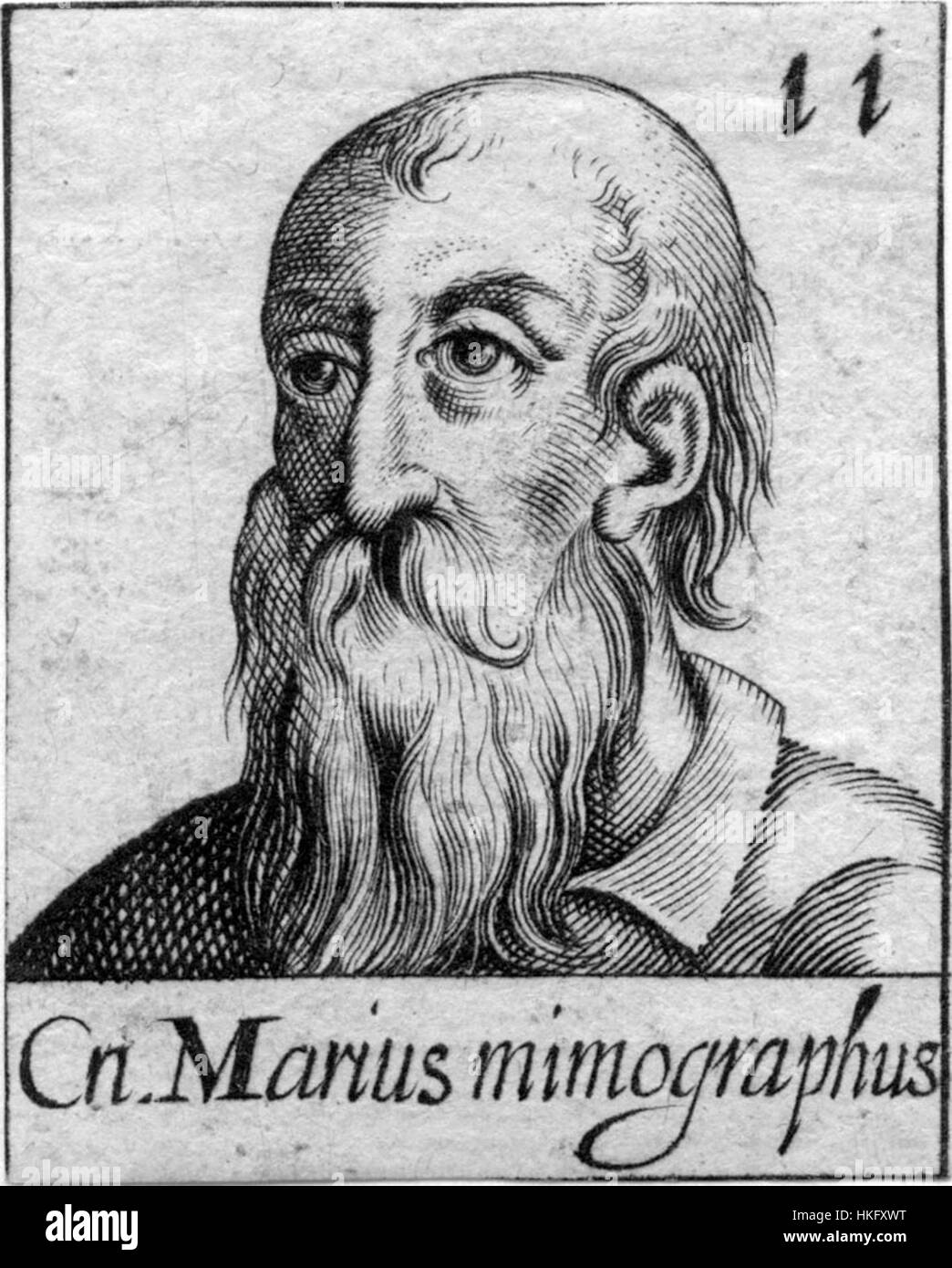 Cnaeus Matius was a prominent Roman figure, and this artwork portrays him, reflecting the Roman style of portraiture. The painting captures his dignified presence, focusing on his character and status in Roman society. Stock Photohttps://www.alamy.com/image-license-details/?v=1https://www.alamy.com/stock-photo-cnaeus-matius-was-a-prominent-roman-figure-and-this-artwork-portrays-132501428.html
Cnaeus Matius was a prominent Roman figure, and this artwork portrays him, reflecting the Roman style of portraiture. The painting captures his dignified presence, focusing on his character and status in Roman society. Stock Photohttps://www.alamy.com/image-license-details/?v=1https://www.alamy.com/stock-photo-cnaeus-matius-was-a-prominent-roman-figure-and-this-artwork-portrays-132501428.htmlRMHKFXWT–Cnaeus Matius was a prominent Roman figure, and this artwork portrays him, reflecting the Roman style of portraiture. The painting captures his dignified presence, focusing on his character and status in Roman society.
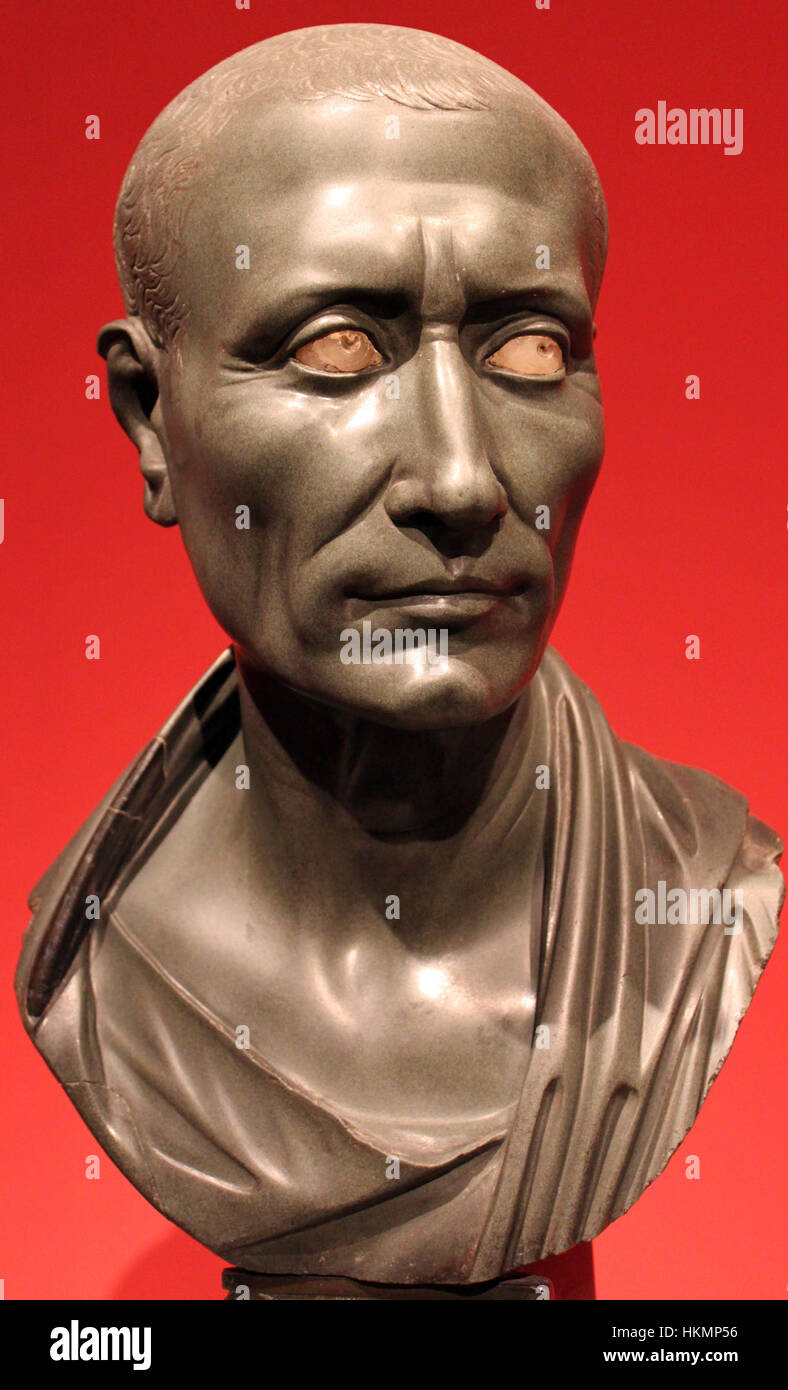 This artwork titled 'Gruener Caesar' is part of the Anagoria collection at the Altes Museum in Berlin. It showcases classical Roman art, offering a glimpse into the visual culture and traditions of ancient Rome. Stock Photohttps://www.alamy.com/image-license-details/?v=1https://www.alamy.com/stock-photo-this-artwork-titled-gruener-caesar-is-part-of-the-anagoria-collection-132607474.html
This artwork titled 'Gruener Caesar' is part of the Anagoria collection at the Altes Museum in Berlin. It showcases classical Roman art, offering a glimpse into the visual culture and traditions of ancient Rome. Stock Photohttps://www.alamy.com/image-license-details/?v=1https://www.alamy.com/stock-photo-this-artwork-titled-gruener-caesar-is-part-of-the-anagoria-collection-132607474.htmlRMHKMP56–This artwork titled 'Gruener Caesar' is part of the Anagoria collection at the Altes Museum in Berlin. It showcases classical Roman art, offering a glimpse into the visual culture and traditions of ancient Rome.
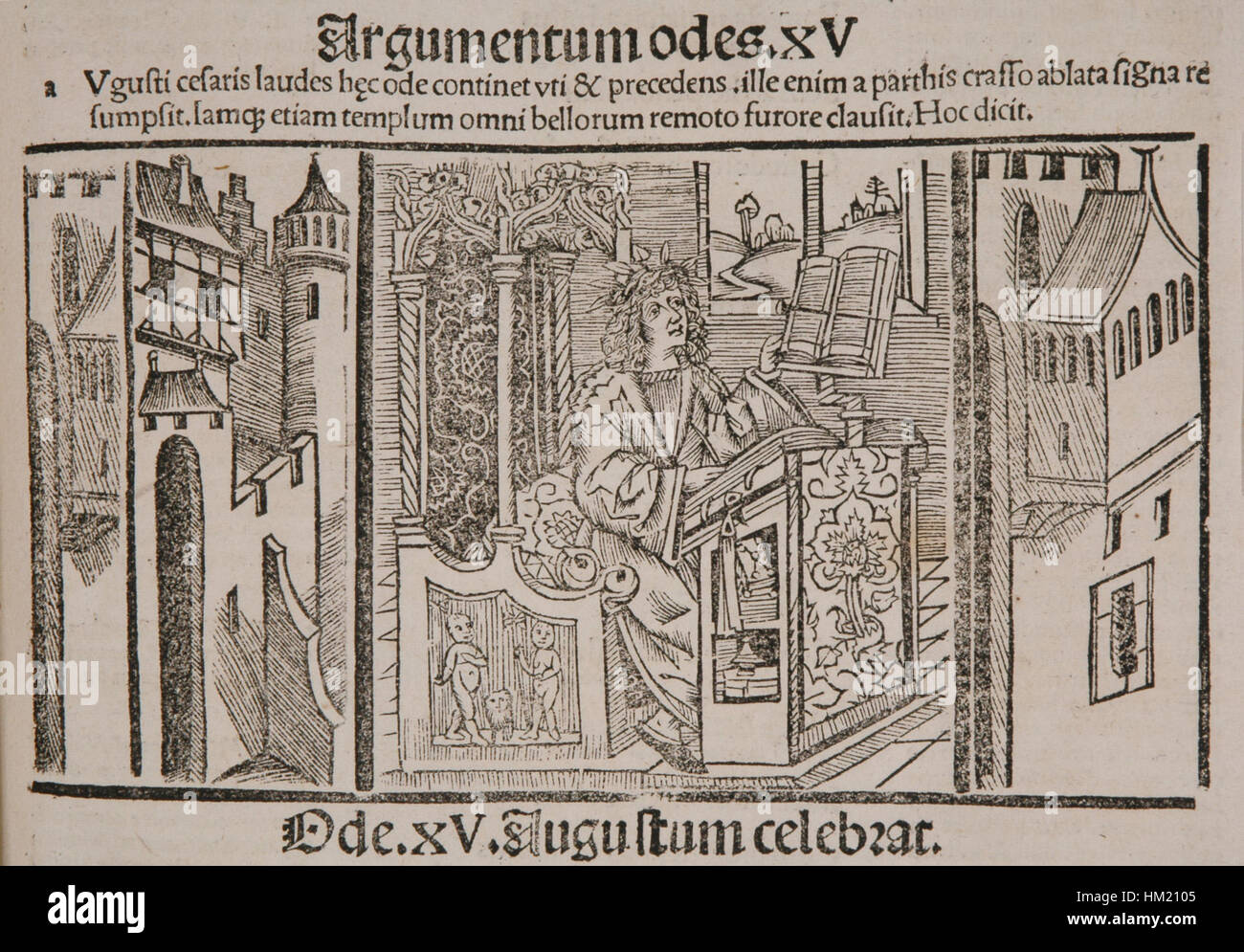 A depiction of Horace (Horaz) studying, potentially from a classical Roman period. The artwork showcases the Roman poet in a scholarly setting, emphasizing intellectual pursuits and classical education. Stock Photohttps://www.alamy.com/image-license-details/?v=1https://www.alamy.com/stock-photo-a-depiction-of-horace-horaz-studying-potentially-from-a-classical-132810389.html
A depiction of Horace (Horaz) studying, potentially from a classical Roman period. The artwork showcases the Roman poet in a scholarly setting, emphasizing intellectual pursuits and classical education. Stock Photohttps://www.alamy.com/image-license-details/?v=1https://www.alamy.com/stock-photo-a-depiction-of-horace-horaz-studying-potentially-from-a-classical-132810389.htmlRMHM2105–A depiction of Horace (Horaz) studying, potentially from a classical Roman period. The artwork showcases the Roman poet in a scholarly setting, emphasizing intellectual pursuits and classical education.
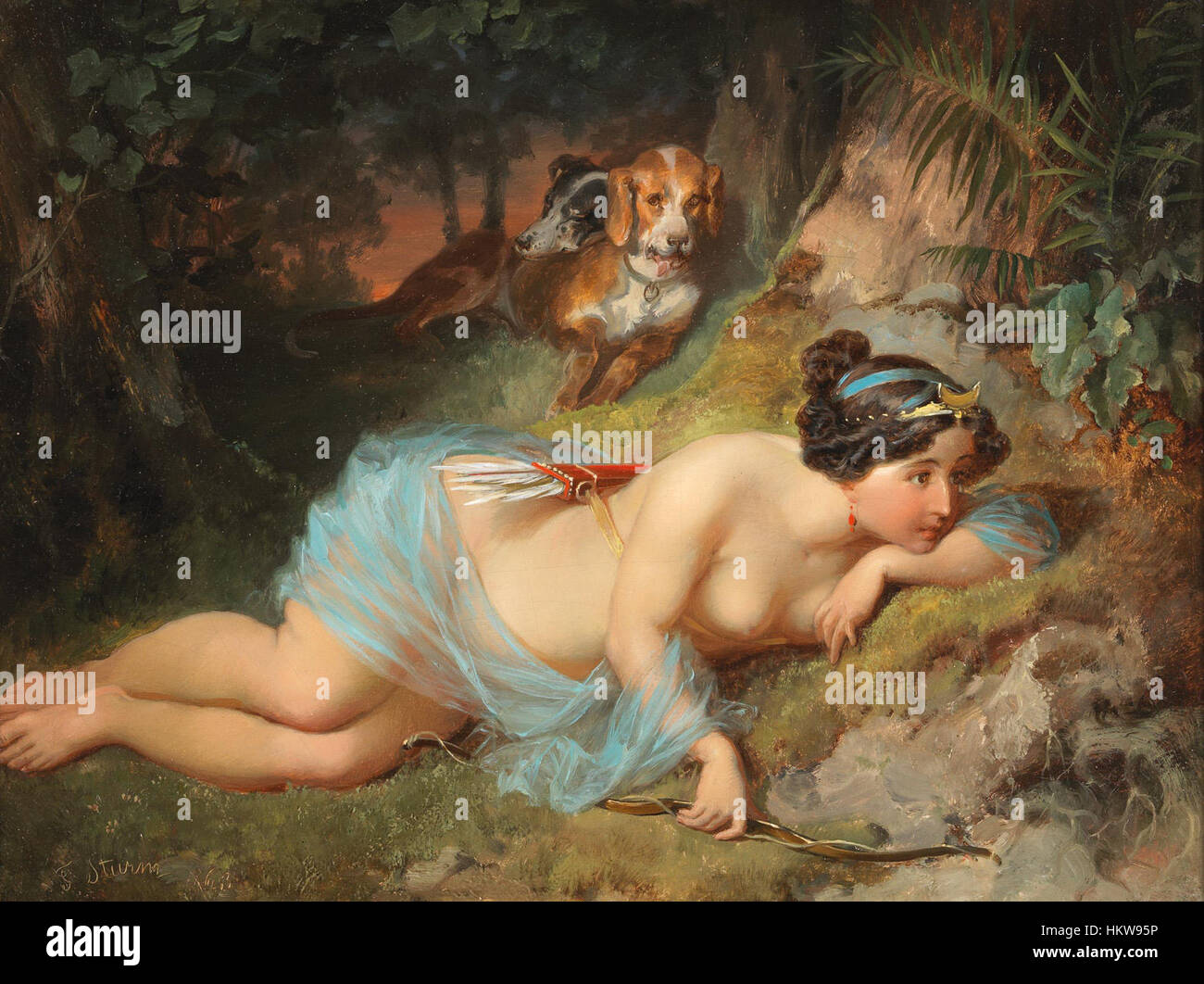 Friedrich Sturm's 1863 painting of Diana depicts the Roman goddess of the hunt in a classical style, capturing her graceful and powerful presence. The painting reflects the artist’s ability to portray mythological figures with elegance and depth. Stock Photohttps://www.alamy.com/image-license-details/?v=1https://www.alamy.com/stock-photo-friedrich-sturms-1863-painting-of-diana-depicts-the-roman-goddess-132707058.html
Friedrich Sturm's 1863 painting of Diana depicts the Roman goddess of the hunt in a classical style, capturing her graceful and powerful presence. The painting reflects the artist’s ability to portray mythological figures with elegance and depth. Stock Photohttps://www.alamy.com/image-license-details/?v=1https://www.alamy.com/stock-photo-friedrich-sturms-1863-painting-of-diana-depicts-the-roman-goddess-132707058.htmlRMHKW95P–Friedrich Sturm's 1863 painting of Diana depicts the Roman goddess of the hunt in a classical style, capturing her graceful and powerful presence. The painting reflects the artist’s ability to portray mythological figures with elegance and depth.
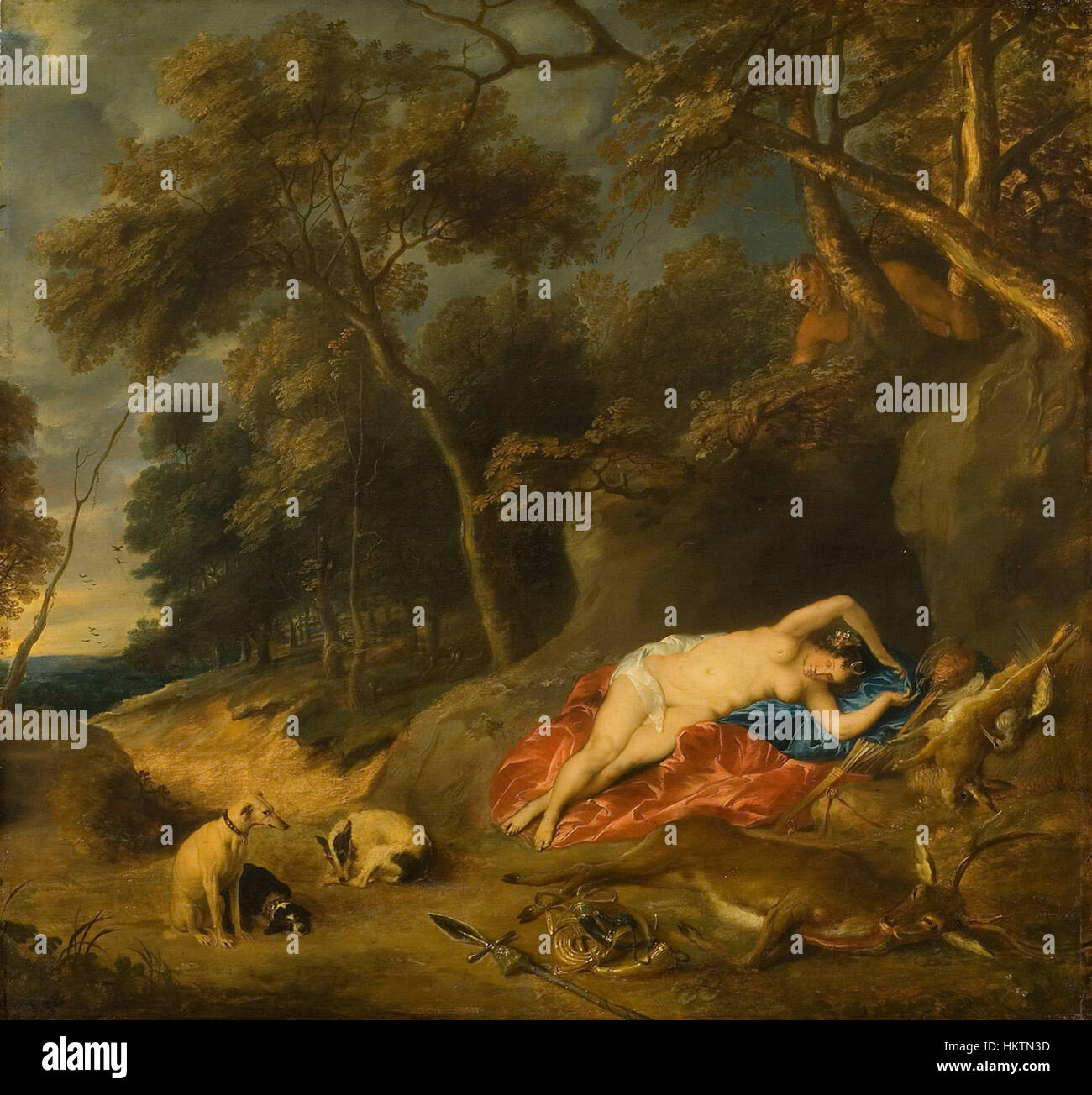 'Landscape with Diana Resting' by Frans Wouters, depicting the Roman goddess Diana in a tranquil outdoor setting. The painting showcases Wouters' expertise in capturing classical figures within a natural landscape. Stock Photohttps://www.alamy.com/image-license-details/?v=1https://www.alamy.com/stock-photo-landscape-with-diana-resting-by-frans-wouters-depicting-the-roman-132694449.html
'Landscape with Diana Resting' by Frans Wouters, depicting the Roman goddess Diana in a tranquil outdoor setting. The painting showcases Wouters' expertise in capturing classical figures within a natural landscape. Stock Photohttps://www.alamy.com/image-license-details/?v=1https://www.alamy.com/stock-photo-landscape-with-diana-resting-by-frans-wouters-depicting-the-roman-132694449.htmlRMHKTN3D–'Landscape with Diana Resting' by Frans Wouters, depicting the Roman goddess Diana in a tranquil outdoor setting. The painting showcases Wouters' expertise in capturing classical figures within a natural landscape.
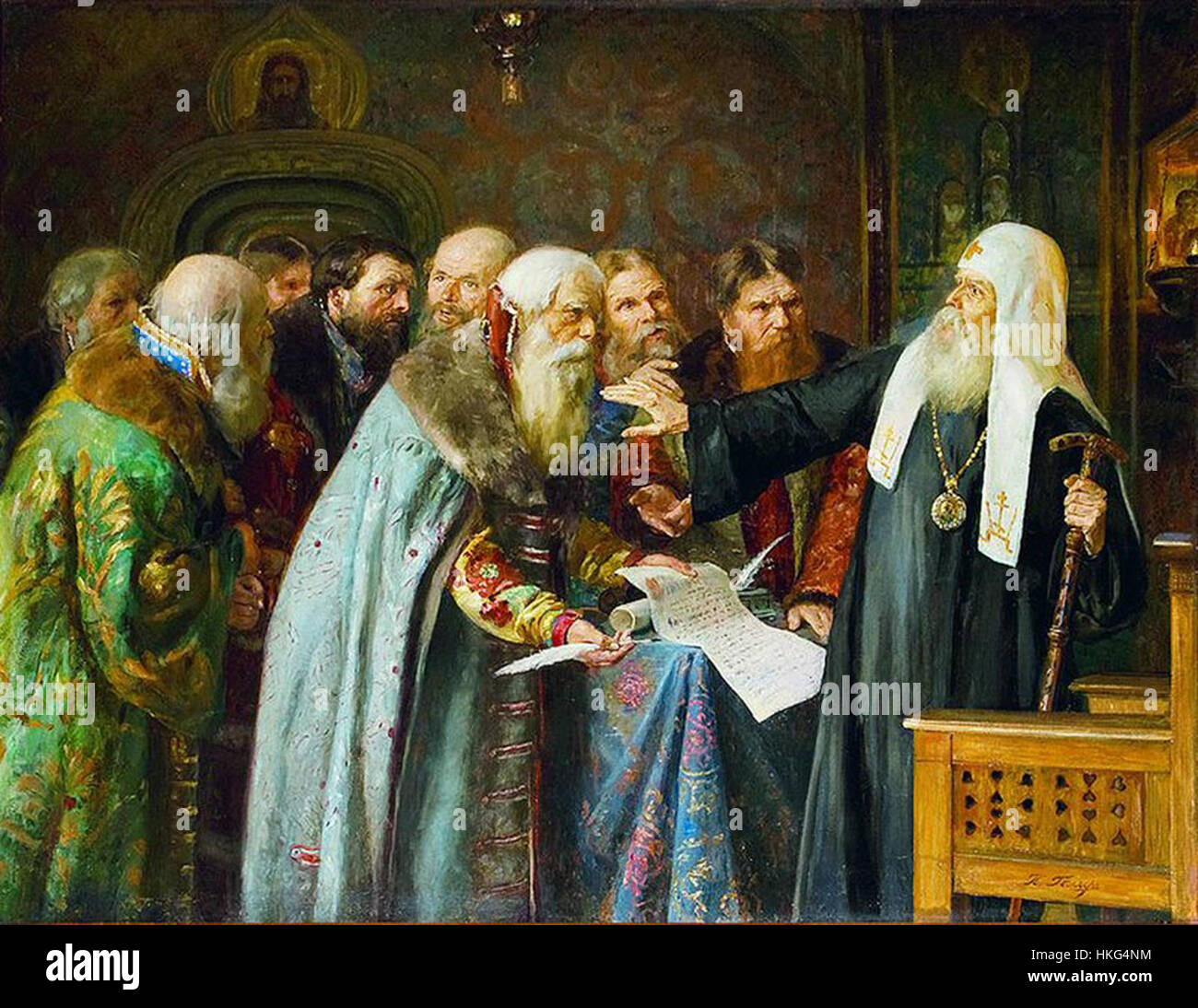 This artwork by Geller depicts the Roman god Jupiter (Jove) in classical form. The piece captures the deity’s regal presence, rendered with fine detail and a strong sense of power, typical of classical mythology art. Stock Photohttps://www.alamy.com/image-license-details/?v=1https://www.alamy.com/stock-photo-this-artwork-by-geller-depicts-the-roman-god-jupiter-jove-in-classical-132506016.html
This artwork by Geller depicts the Roman god Jupiter (Jove) in classical form. The piece captures the deity’s regal presence, rendered with fine detail and a strong sense of power, typical of classical mythology art. Stock Photohttps://www.alamy.com/image-license-details/?v=1https://www.alamy.com/stock-photo-this-artwork-by-geller-depicts-the-roman-god-jupiter-jove-in-classical-132506016.htmlRMHKG4NM–This artwork by Geller depicts the Roman god Jupiter (Jove) in classical form. The piece captures the deity’s regal presence, rendered with fine detail and a strong sense of power, typical of classical mythology art.
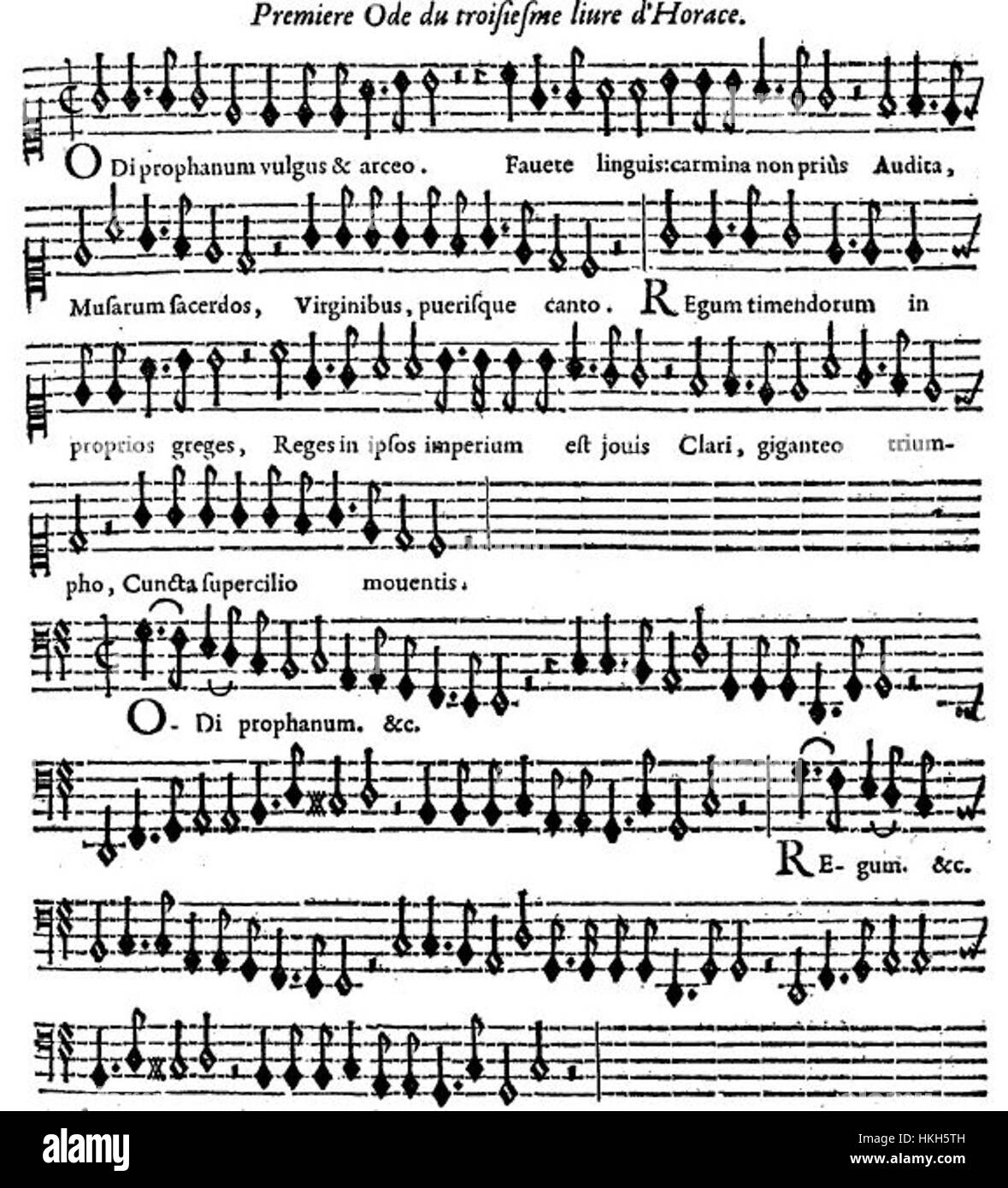 'Ode Horace' (1636) by DuChemin is a classic example of 17th-century art. The painting references the works of the Roman poet Horace and reflects themes of classical literature and philosophy, blending artistic expression with literary heritage. Stock Photohttps://www.alamy.com/image-license-details/?v=1https://www.alamy.com/stock-photo-ode-horace-1636-by-duchemin-is-a-classic-example-of-17th-century-art-132528833.html
'Ode Horace' (1636) by DuChemin is a classic example of 17th-century art. The painting references the works of the Roman poet Horace and reflects themes of classical literature and philosophy, blending artistic expression with literary heritage. Stock Photohttps://www.alamy.com/image-license-details/?v=1https://www.alamy.com/stock-photo-ode-horace-1636-by-duchemin-is-a-classic-example-of-17th-century-art-132528833.htmlRMHKH5TH–'Ode Horace' (1636) by DuChemin is a classic example of 17th-century art. The painting references the works of the Roman poet Horace and reflects themes of classical literature and philosophy, blending artistic expression with literary heritage.
 'Epiplopoios' is an artwork that presents a classical or mythological theme, likely inspired by ancient Greek or Roman mythology. The painting or drawing explores themes of gods or deities in a stylized form, showcasing historical art techniques. Stock Photohttps://www.alamy.com/image-license-details/?v=1https://www.alamy.com/stock-photo-epiplopoios-is-an-artwork-that-presents-a-classical-or-mythological-132686360.html
'Epiplopoios' is an artwork that presents a classical or mythological theme, likely inspired by ancient Greek or Roman mythology. The painting or drawing explores themes of gods or deities in a stylized form, showcasing historical art techniques. Stock Photohttps://www.alamy.com/image-license-details/?v=1https://www.alamy.com/stock-photo-epiplopoios-is-an-artwork-that-presents-a-classical-or-mythological-132686360.htmlRMHKTAPG–'Epiplopoios' is an artwork that presents a classical or mythological theme, likely inspired by ancient Greek or Roman mythology. The painting or drawing explores themes of gods or deities in a stylized form, showcasing historical art techniques.
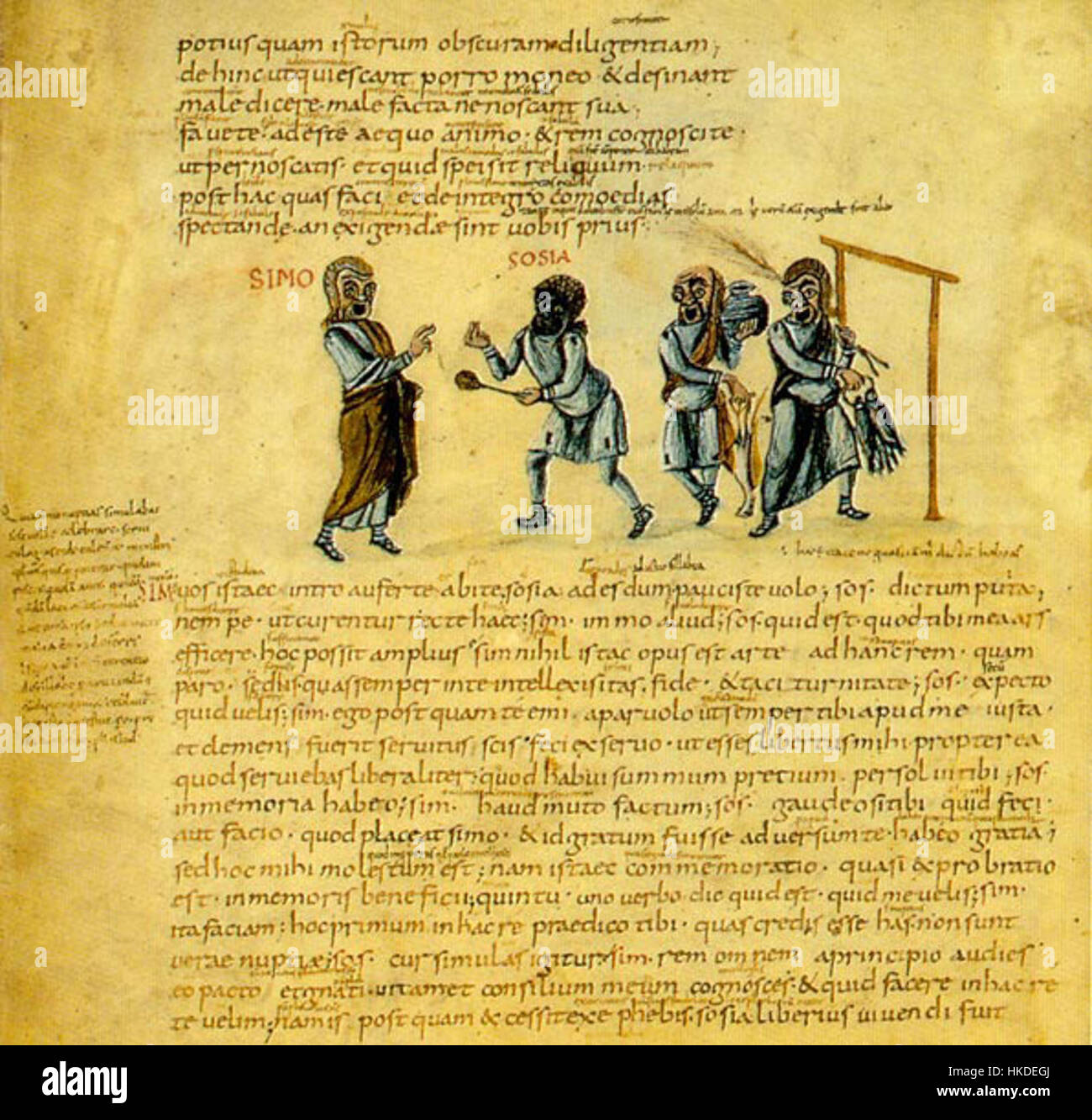 This piece of artwork, titled 'Terence Andria 1.1 Vat3868f4v,' is a representation of the ancient Roman playwright Publius Terentius Afer (Terence). The work is inspired by his literary contributions, reflecting the classical themes of Roman comedy and drama. Stock Photohttps://www.alamy.com/image-license-details/?v=1https://www.alamy.com/stock-photo-this-piece-of-artwork-titled-terence-andria-11-vat3868f4v-is-a-representation-132447858.html
This piece of artwork, titled 'Terence Andria 1.1 Vat3868f4v,' is a representation of the ancient Roman playwright Publius Terentius Afer (Terence). The work is inspired by his literary contributions, reflecting the classical themes of Roman comedy and drama. Stock Photohttps://www.alamy.com/image-license-details/?v=1https://www.alamy.com/stock-photo-this-piece-of-artwork-titled-terence-andria-11-vat3868f4v-is-a-representation-132447858.htmlRMHKDEGJ–This piece of artwork, titled 'Terence Andria 1.1 Vat3868f4v,' is a representation of the ancient Roman playwright Publius Terentius Afer (Terence). The work is inspired by his literary contributions, reflecting the classical themes of Roman comedy and drama.
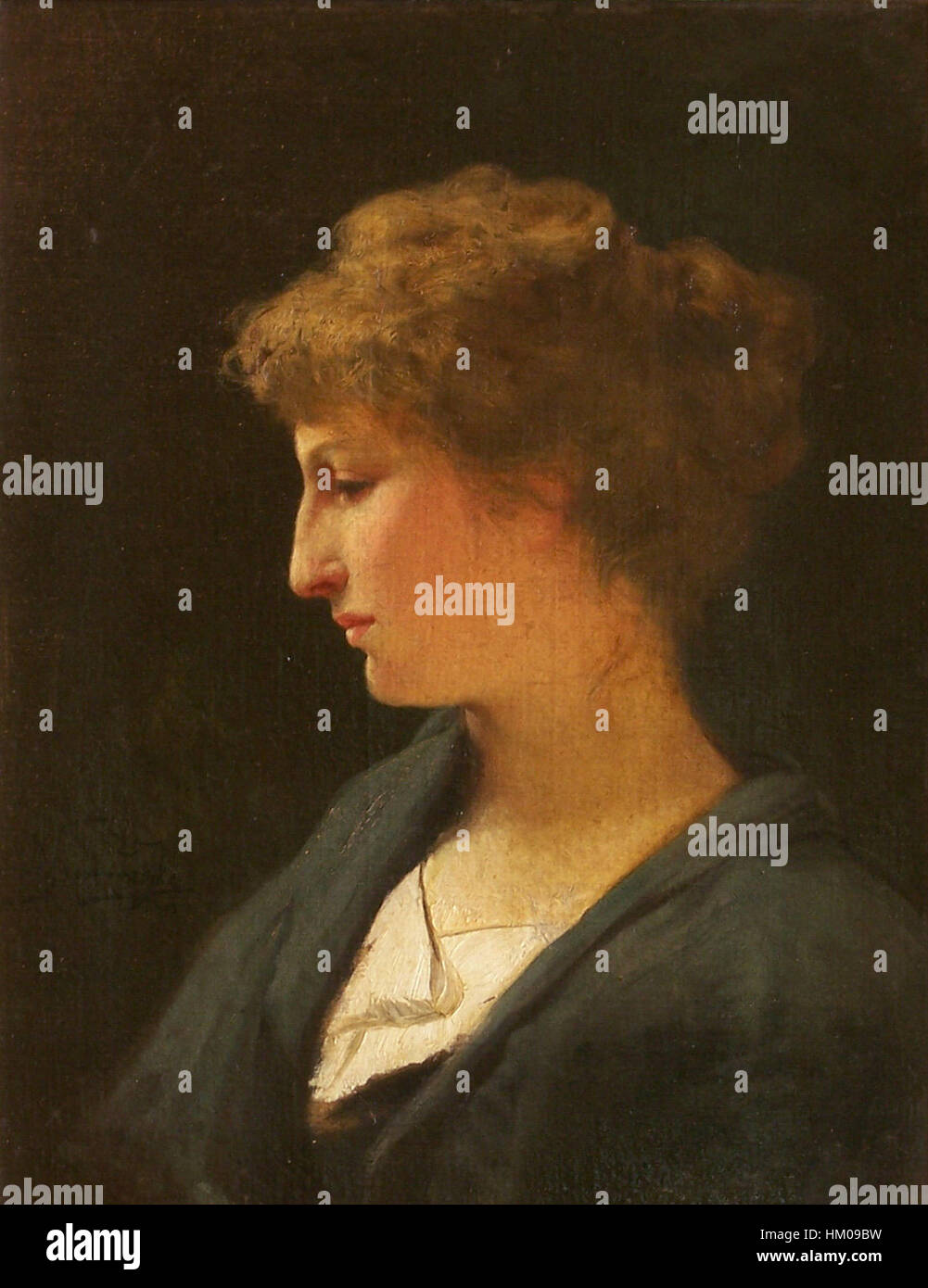 The painting 'Portret kobiety - Rzymianka' by Henryk Siemiradzki presents a detailed portrait of a woman in Roman attire. The artwork demonstrates Siemiradzki's skill in depicting historical figures with intricate detail and classical style. Stock Photohttps://www.alamy.com/image-license-details/?v=1https://www.alamy.com/stock-photo-the-painting-portret-kobiety-rzymianka-by-henryk-siemiradzki-presents-132773085.html
The painting 'Portret kobiety - Rzymianka' by Henryk Siemiradzki presents a detailed portrait of a woman in Roman attire. The artwork demonstrates Siemiradzki's skill in depicting historical figures with intricate detail and classical style. Stock Photohttps://www.alamy.com/image-license-details/?v=1https://www.alamy.com/stock-photo-the-painting-portret-kobiety-rzymianka-by-henryk-siemiradzki-presents-132773085.htmlRMHM09BW–The painting 'Portret kobiety - Rzymianka' by Henryk Siemiradzki presents a detailed portrait of a woman in Roman attire. The artwork demonstrates Siemiradzki's skill in depicting historical figures with intricate detail and classical style.
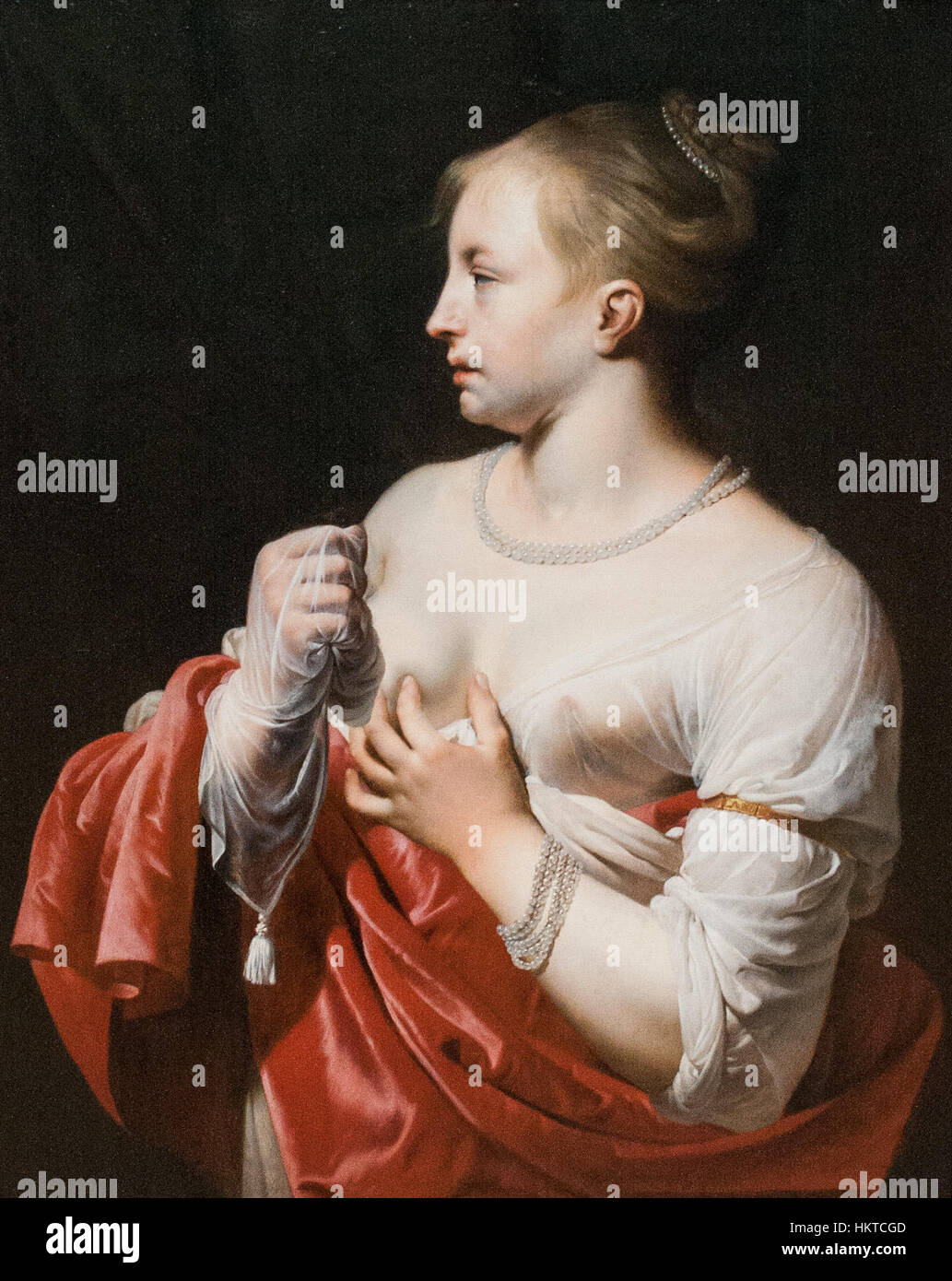 This painting by Everdingen depicts a female figure, potentially Lucretia, a character from Roman history. The artwork exemplifies the artist's style, emphasizing dramatic light and detail in the figure's pose and attire, possibly alluding to a historical or mythological narrative. Stock Photohttps://www.alamy.com/image-license-details/?v=1https://www.alamy.com/stock-photo-this-painting-by-everdingen-depicts-a-female-figure-potentially-lucretia-132687757.html
This painting by Everdingen depicts a female figure, potentially Lucretia, a character from Roman history. The artwork exemplifies the artist's style, emphasizing dramatic light and detail in the figure's pose and attire, possibly alluding to a historical or mythological narrative. Stock Photohttps://www.alamy.com/image-license-details/?v=1https://www.alamy.com/stock-photo-this-painting-by-everdingen-depicts-a-female-figure-potentially-lucretia-132687757.htmlRMHKTCGD–This painting by Everdingen depicts a female figure, potentially Lucretia, a character from Roman history. The artwork exemplifies the artist's style, emphasizing dramatic light and detail in the figure's pose and attire, possibly alluding to a historical or mythological narrative.
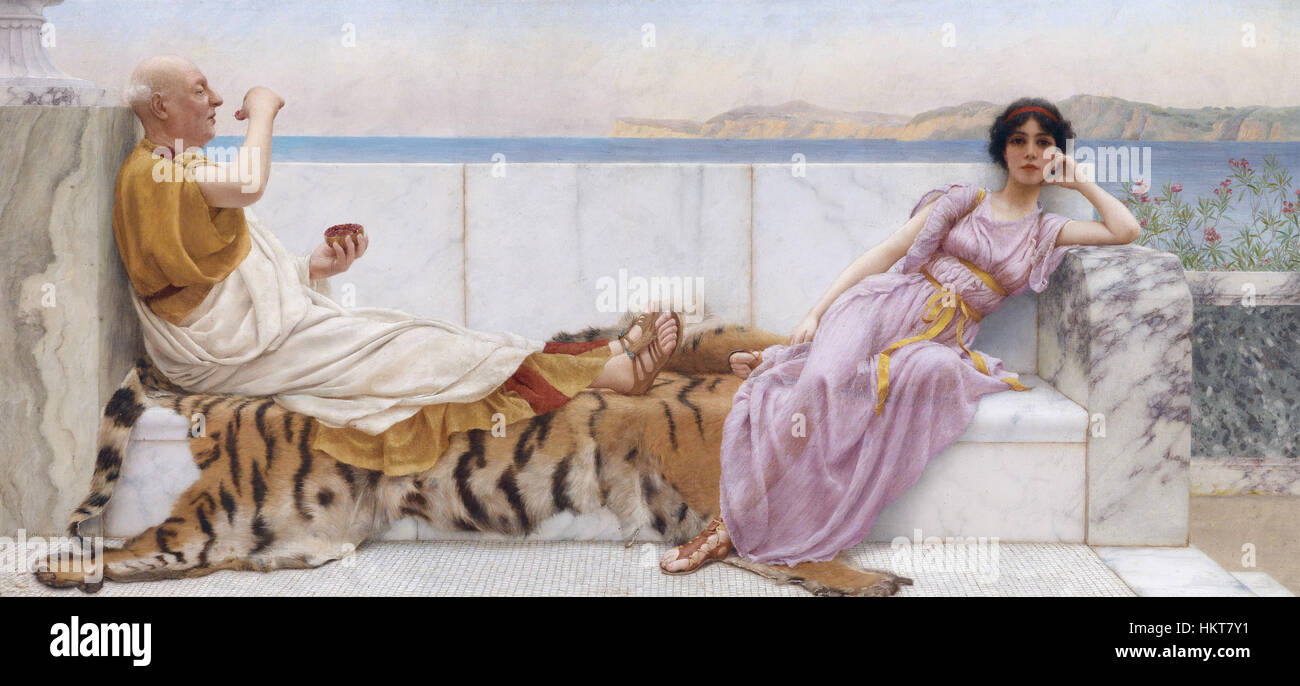 'Eighty and Eighteen' by John William Godward depicts a young woman and an older man in a classical setting. Godward’s attention to detail in his portrayal of Roman-inspired architecture and clothing reflects his mastery in capturing the beauty of ancient history and the human form. Stock Photohttps://www.alamy.com/image-license-details/?v=1https://www.alamy.com/stock-photo-eighty-and-eighteen-by-john-william-godward-depicts-a-young-woman-132684133.html
'Eighty and Eighteen' by John William Godward depicts a young woman and an older man in a classical setting. Godward’s attention to detail in his portrayal of Roman-inspired architecture and clothing reflects his mastery in capturing the beauty of ancient history and the human form. Stock Photohttps://www.alamy.com/image-license-details/?v=1https://www.alamy.com/stock-photo-eighty-and-eighteen-by-john-william-godward-depicts-a-young-woman-132684133.htmlRMHKT7Y1–'Eighty and Eighteen' by John William Godward depicts a young woman and an older man in a classical setting. Godward’s attention to detail in his portrayal of Roman-inspired architecture and clothing reflects his mastery in capturing the beauty of ancient history and the human form.
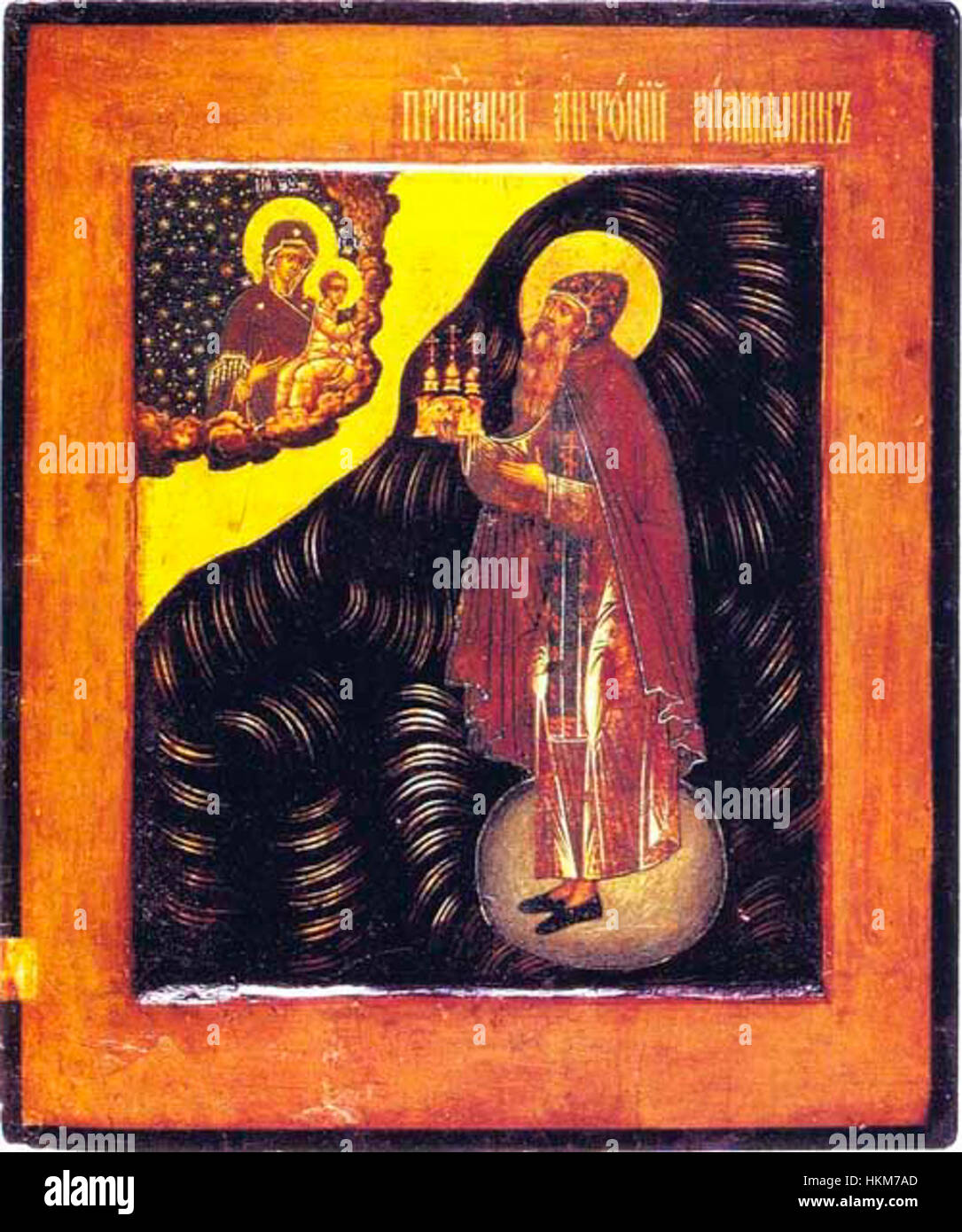 The artwork titled 'AnthonyRoman' showcases the artist’s interpretation of Roman culture and history, with a focus on key figures and scenes from ancient Roman society. The painting reflects the period's grandeur and historical themes. Stock Photohttps://www.alamy.com/image-license-details/?v=1https://www.alamy.com/stock-photo-the-artwork-titled-anthonyroman-showcases-the-artists-interpretation-132595861.html
The artwork titled 'AnthonyRoman' showcases the artist’s interpretation of Roman culture and history, with a focus on key figures and scenes from ancient Roman society. The painting reflects the period's grandeur and historical themes. Stock Photohttps://www.alamy.com/image-license-details/?v=1https://www.alamy.com/stock-photo-the-artwork-titled-anthonyroman-showcases-the-artists-interpretation-132595861.htmlRMHKM7AD–The artwork titled 'AnthonyRoman' showcases the artist’s interpretation of Roman culture and history, with a focus on key figures and scenes from ancient Roman society. The painting reflects the period's grandeur and historical themes.
 This painting, titled 'Claudiusarch2', is an artistic representation of the Roman emperor Claudius, depicted in a monumental and heroic pose. The painting reflects the emperor's importance in Roman history, emphasizing his role in the Roman Empire's expansion and governance. Stock Photohttps://www.alamy.com/image-license-details/?v=1https://www.alamy.com/stock-photo-this-painting-titled-claudiusarch2-is-an-artistic-representation-of-132450076.html
This painting, titled 'Claudiusarch2', is an artistic representation of the Roman emperor Claudius, depicted in a monumental and heroic pose. The painting reflects the emperor's importance in Roman history, emphasizing his role in the Roman Empire's expansion and governance. Stock Photohttps://www.alamy.com/image-license-details/?v=1https://www.alamy.com/stock-photo-this-painting-titled-claudiusarch2-is-an-artistic-representation-of-132450076.htmlRMHKDHBT–This painting, titled 'Claudiusarch2', is an artistic representation of the Roman emperor Claudius, depicted in a monumental and heroic pose. The painting reflects the emperor's importance in Roman history, emphasizing his role in the Roman Empire's expansion and governance.
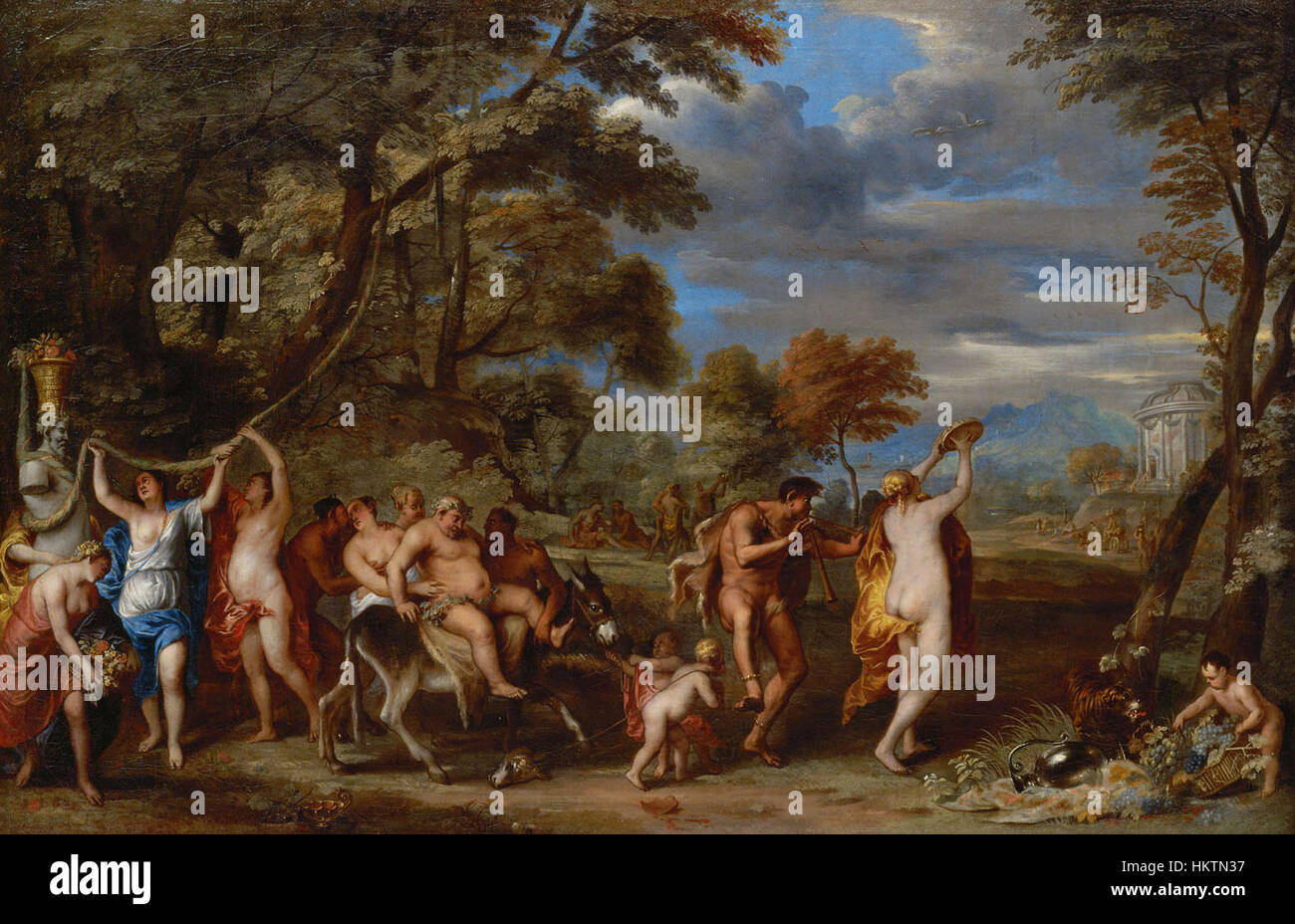 'Bacchanal' by Frans Wouters is a classic depiction of a revelry scene, inspired by ancient Roman themes of festivity and wine. This painting captures dynamic movement and dramatic emotion through vibrant colors and detailed figures. Stock Photohttps://www.alamy.com/image-license-details/?v=1https://www.alamy.com/stock-photo-bacchanal-by-frans-wouters-is-a-classic-depiction-of-a-revelry-scene-132694443.html
'Bacchanal' by Frans Wouters is a classic depiction of a revelry scene, inspired by ancient Roman themes of festivity and wine. This painting captures dynamic movement and dramatic emotion through vibrant colors and detailed figures. Stock Photohttps://www.alamy.com/image-license-details/?v=1https://www.alamy.com/stock-photo-bacchanal-by-frans-wouters-is-a-classic-depiction-of-a-revelry-scene-132694443.htmlRMHKTN37–'Bacchanal' by Frans Wouters is a classic depiction of a revelry scene, inspired by ancient Roman themes of festivity and wine. This painting captures dynamic movement and dramatic emotion through vibrant colors and detailed figures.
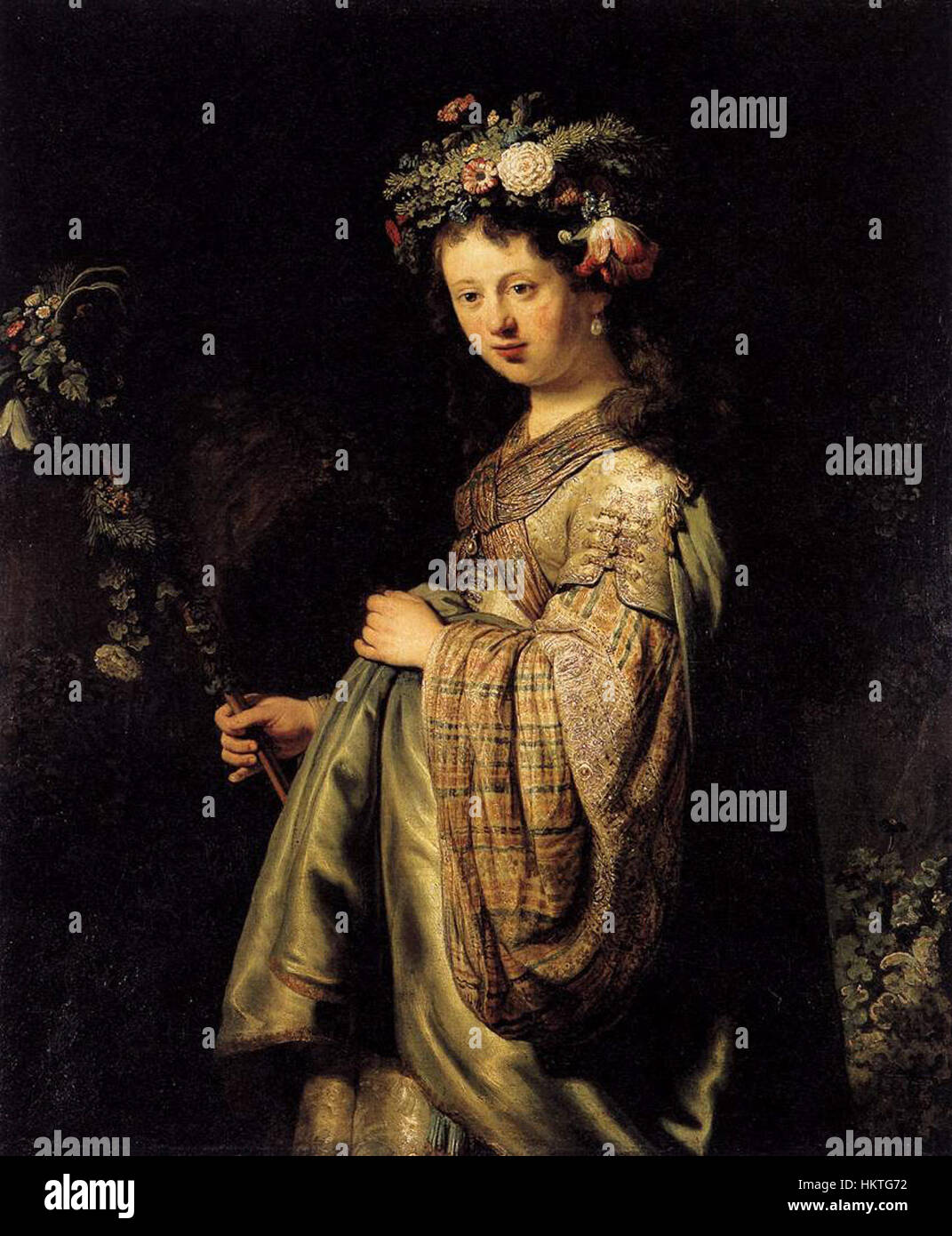 'Flora' (1634) by Rembrandt is a detailed oil painting portraying Flora, the Roman goddess of flowers and spring. The artwork captures her in a graceful pose with vibrant floral elements, demonstrating Rembrandt's mastery of light, shadow, and texture. Stock Photohttps://www.alamy.com/image-license-details/?v=1https://www.alamy.com/stock-photo-flora-1634-by-rembrandt-is-a-detailed-oil-painting-portraying-flora-132690630.html
'Flora' (1634) by Rembrandt is a detailed oil painting portraying Flora, the Roman goddess of flowers and spring. The artwork captures her in a graceful pose with vibrant floral elements, demonstrating Rembrandt's mastery of light, shadow, and texture. Stock Photohttps://www.alamy.com/image-license-details/?v=1https://www.alamy.com/stock-photo-flora-1634-by-rembrandt-is-a-detailed-oil-painting-portraying-flora-132690630.htmlRMHKTG72–'Flora' (1634) by Rembrandt is a detailed oil painting portraying Flora, the Roman goddess of flowers and spring. The artwork captures her in a graceful pose with vibrant floral elements, demonstrating Rembrandt's mastery of light, shadow, and texture.
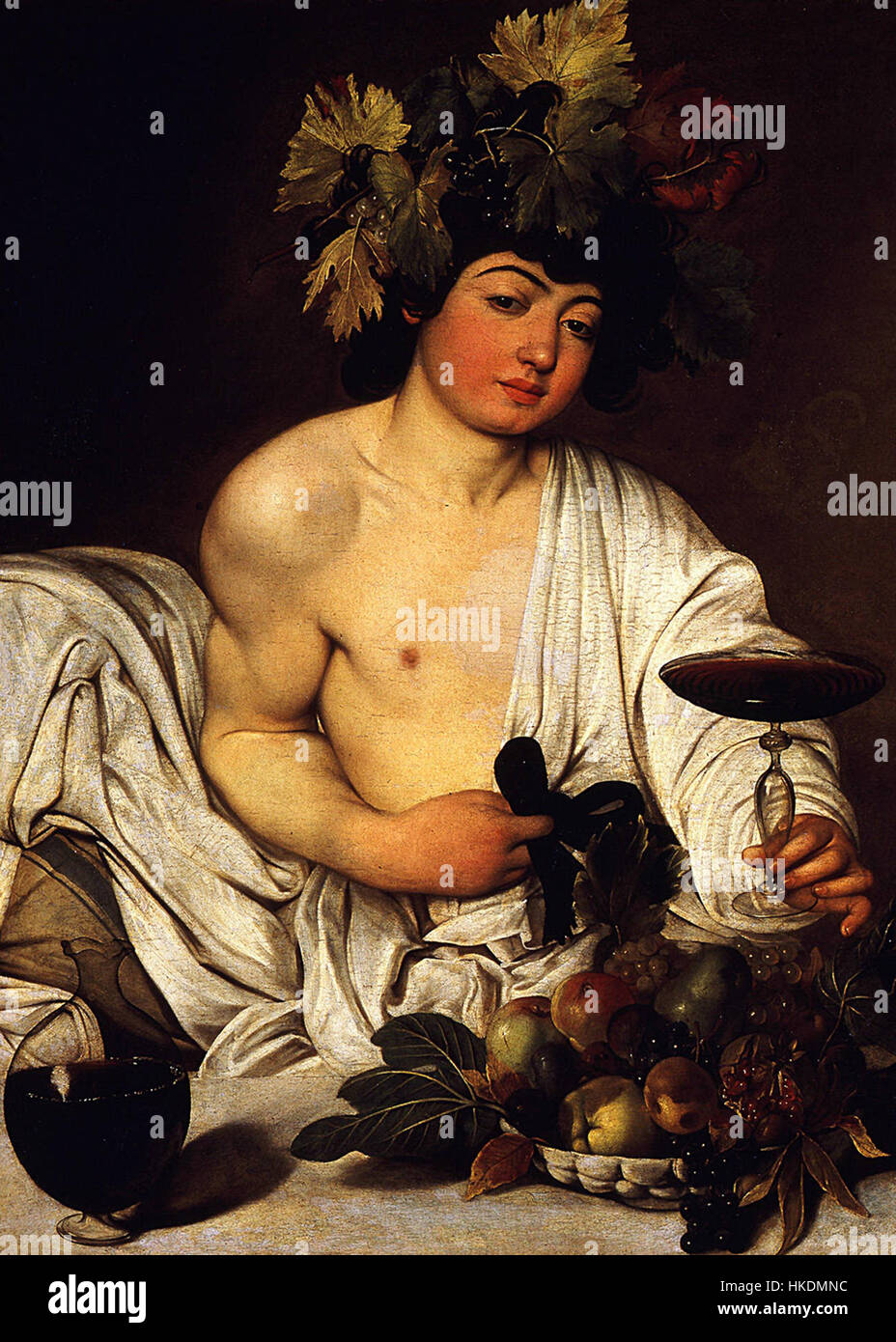 Caravaggio's 'Bacchus' captures the Roman god of wine in a vivid and dramatic portrait. The painting is renowned for its use of light and shadow, characteristic of the Baroque style, and offers a naturalistic depiction of the mythological figure. Stock Photohttps://www.alamy.com/image-license-details/?v=1https://www.alamy.com/stock-photo-caravaggios-bacchus-captures-the-roman-god-of-wine-in-a-vivid-and-132452696.html
Caravaggio's 'Bacchus' captures the Roman god of wine in a vivid and dramatic portrait. The painting is renowned for its use of light and shadow, characteristic of the Baroque style, and offers a naturalistic depiction of the mythological figure. Stock Photohttps://www.alamy.com/image-license-details/?v=1https://www.alamy.com/stock-photo-caravaggios-bacchus-captures-the-roman-god-of-wine-in-a-vivid-and-132452696.htmlRMHKDMNC–Caravaggio's 'Bacchus' captures the Roman god of wine in a vivid and dramatic portrait. The painting is renowned for its use of light and shadow, characteristic of the Baroque style, and offers a naturalistic depiction of the mythological figure.
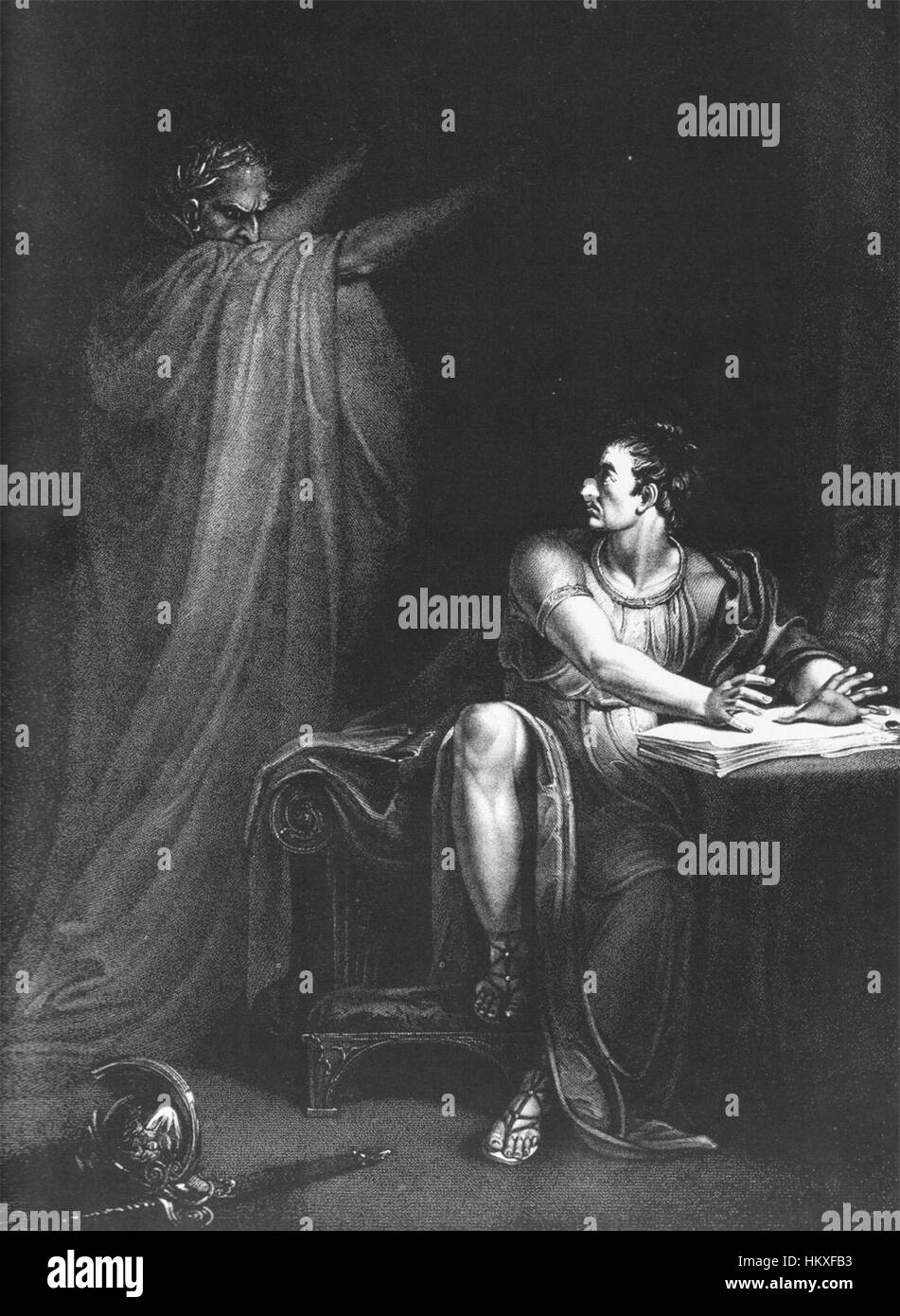 The 1802 painting 'Brutus and the Ghost of Caesar' portrays the Roman historical scene where Brutus is confronted by the ghost of Julius Caesar. The artwork reflects the dramatic intensity of Roman history, focusing on emotion and classical themes. Stock Photohttps://www.alamy.com/image-license-details/?v=1https://www.alamy.com/stock-photo-the-1802-painting-brutus-and-the-ghost-of-caesar-portrays-the-roman-132733863.html
The 1802 painting 'Brutus and the Ghost of Caesar' portrays the Roman historical scene where Brutus is confronted by the ghost of Julius Caesar. The artwork reflects the dramatic intensity of Roman history, focusing on emotion and classical themes. Stock Photohttps://www.alamy.com/image-license-details/?v=1https://www.alamy.com/stock-photo-the-1802-painting-brutus-and-the-ghost-of-caesar-portrays-the-roman-132733863.htmlRMHKXFB3–The 1802 painting 'Brutus and the Ghost of Caesar' portrays the Roman historical scene where Brutus is confronted by the ghost of Julius Caesar. The artwork reflects the dramatic intensity of Roman history, focusing on emotion and classical themes.
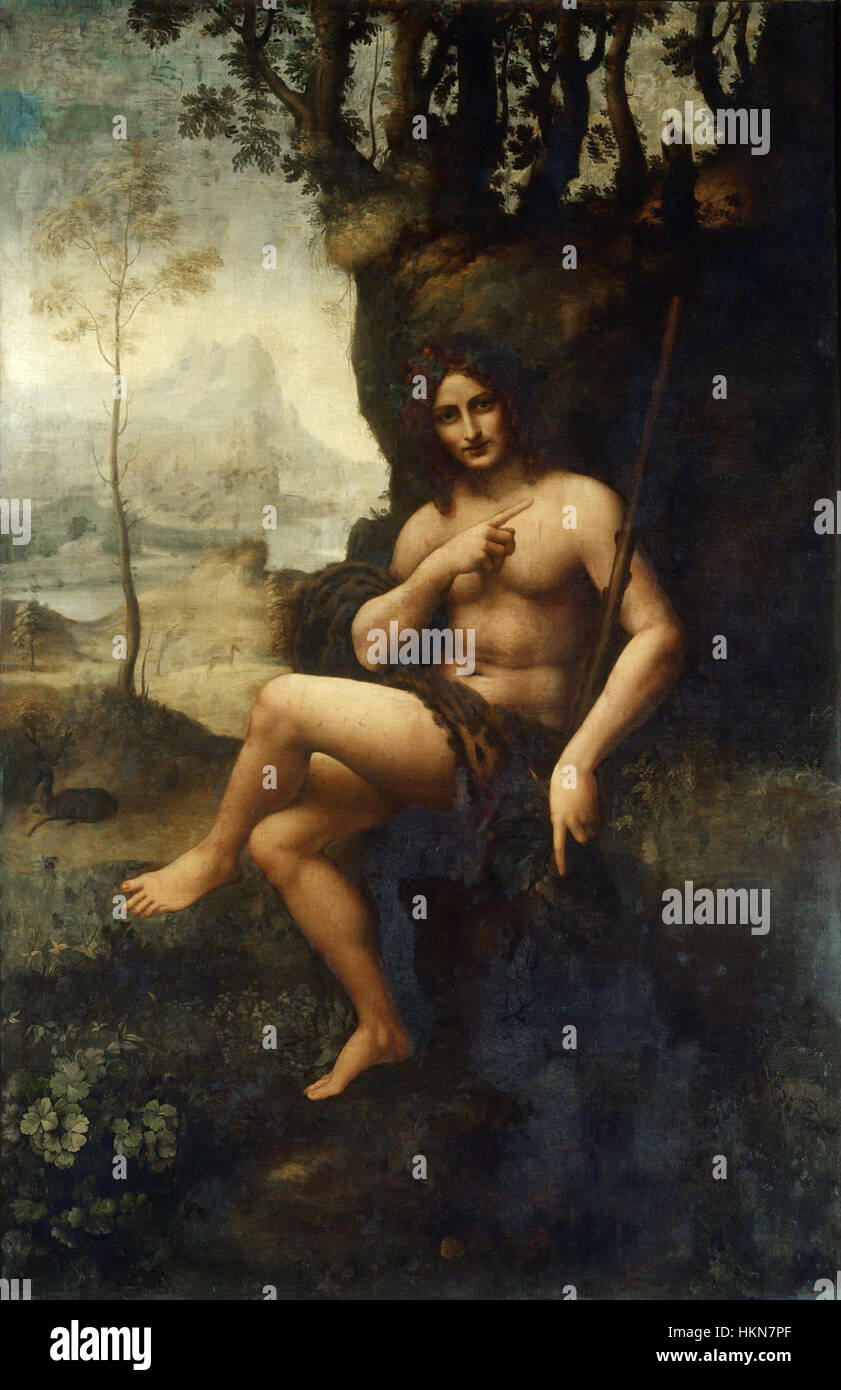 The painting 'Bacchus' portrays the Roman god of wine in an expressive, dynamic pose. The use of rich color and detail brings the mythical figure to life, emphasizing Bacchus’s role in ancient mythology and his connection to indulgence and celebration. Stock Photohttps://www.alamy.com/image-license-details/?v=1https://www.alamy.com/stock-photo-the-painting-bacchus-portrays-the-roman-god-of-wine-in-an-expressive-132618151.html
The painting 'Bacchus' portrays the Roman god of wine in an expressive, dynamic pose. The use of rich color and detail brings the mythical figure to life, emphasizing Bacchus’s role in ancient mythology and his connection to indulgence and celebration. Stock Photohttps://www.alamy.com/image-license-details/?v=1https://www.alamy.com/stock-photo-the-painting-bacchus-portrays-the-roman-god-of-wine-in-an-expressive-132618151.htmlRMHKN7PF–The painting 'Bacchus' portrays the Roman god of wine in an expressive, dynamic pose. The use of rich color and detail brings the mythical figure to life, emphasizing Bacchus’s role in ancient mythology and his connection to indulgence and celebration.
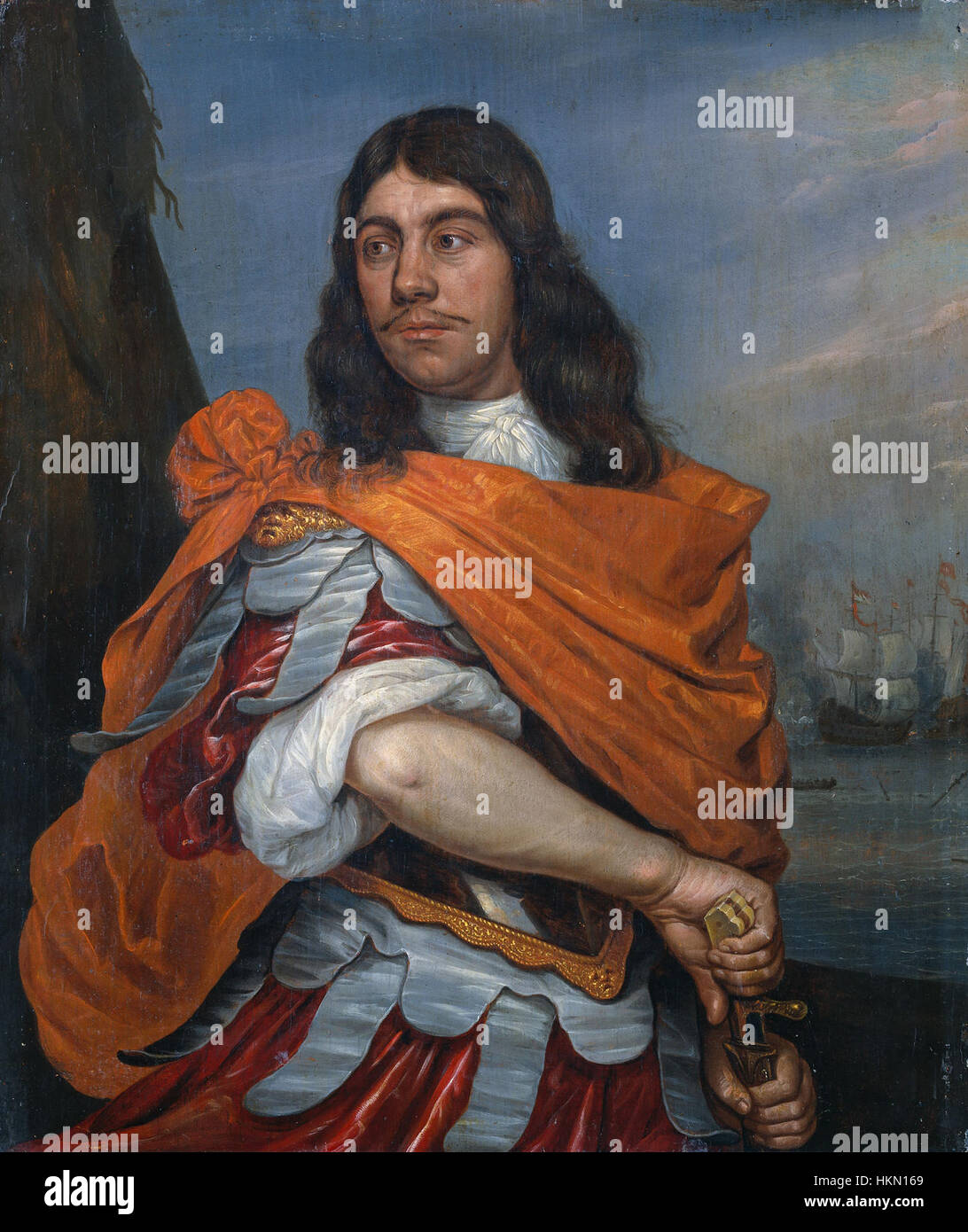 Abraham Willaerts' painting 'Cornelis Tromp in Roman Costume' from 1673 depicts the Dutch admiral Cornelis Tromp dressed in Roman attire, highlighting the fusion of classical references with Dutch naval history. Stock Photohttps://www.alamy.com/image-license-details/?v=1https://www.alamy.com/stock-photo-abraham-willaerts-painting-cornelis-tromp-in-roman-costume-from-1673-132612993.html
Abraham Willaerts' painting 'Cornelis Tromp in Roman Costume' from 1673 depicts the Dutch admiral Cornelis Tromp dressed in Roman attire, highlighting the fusion of classical references with Dutch naval history. Stock Photohttps://www.alamy.com/image-license-details/?v=1https://www.alamy.com/stock-photo-abraham-willaerts-painting-cornelis-tromp-in-roman-costume-from-1673-132612993.htmlRMHKN169–Abraham Willaerts' painting 'Cornelis Tromp in Roman Costume' from 1673 depicts the Dutch admiral Cornelis Tromp dressed in Roman attire, highlighting the fusion of classical references with Dutch naval history.
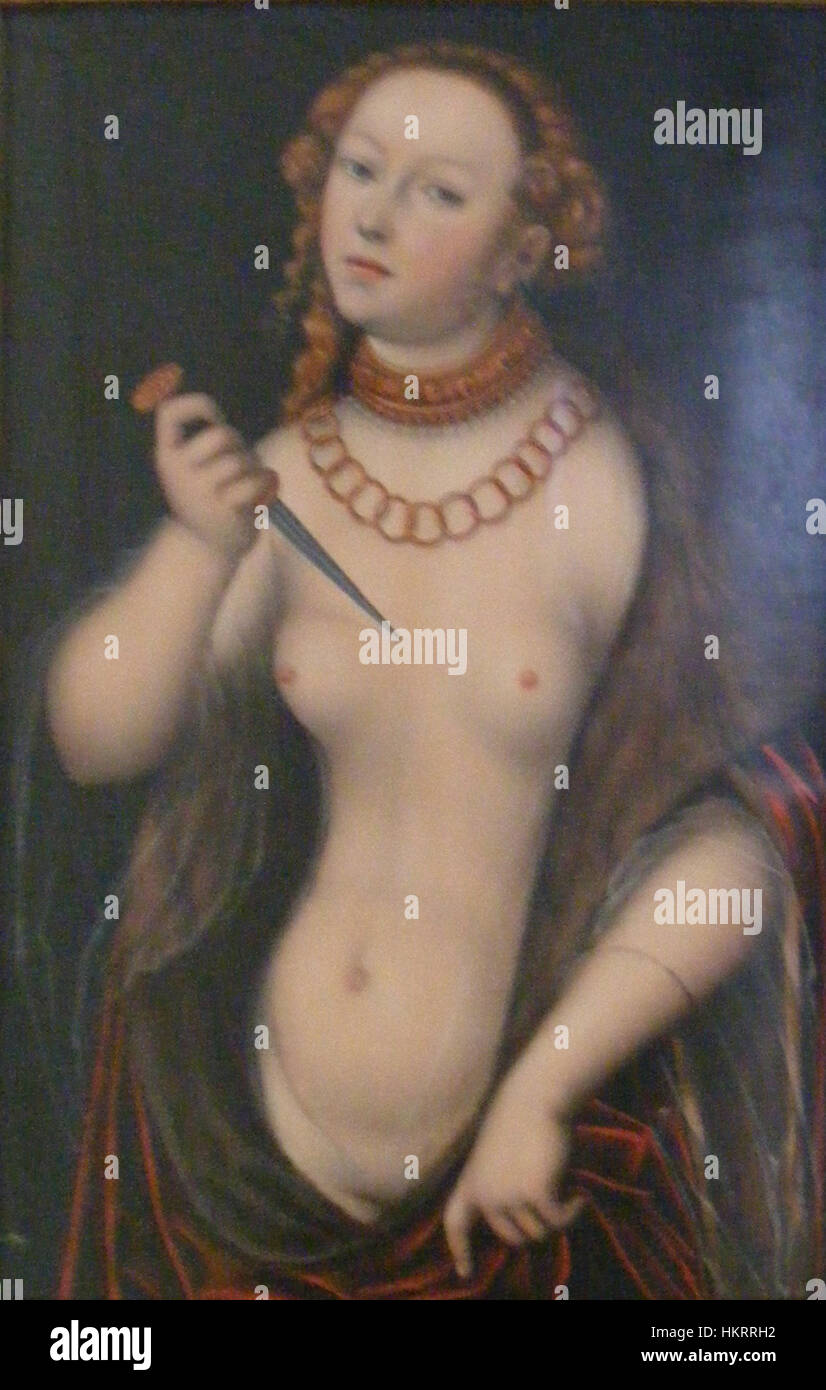 Lucas Cranach the Younger’s painting 'Lucretia' portrays the legendary Roman figure of Lucretia, depicted in a moment of sorrow and despair, highlighting themes of honor, virtue, and Roman legend in Renaissance art. Stock Photohttps://www.alamy.com/image-license-details/?v=1https://www.alamy.com/stock-photo-lucas-cranach-the-youngers-painting-lucretia-portrays-the-legendary-132674446.html
Lucas Cranach the Younger’s painting 'Lucretia' portrays the legendary Roman figure of Lucretia, depicted in a moment of sorrow and despair, highlighting themes of honor, virtue, and Roman legend in Renaissance art. Stock Photohttps://www.alamy.com/image-license-details/?v=1https://www.alamy.com/stock-photo-lucas-cranach-the-youngers-painting-lucretia-portrays-the-legendary-132674446.htmlRMHKRRH2–Lucas Cranach the Younger’s painting 'Lucretia' portrays the legendary Roman figure of Lucretia, depicted in a moment of sorrow and despair, highlighting themes of honor, virtue, and Roman legend in Renaissance art.
 Friedrich Wilhelm von Schadow’s 'Portrait of a Young Roman Woman' (Angelina Magtti) is a refined example of 19th-century European portraiture, showcasing Schadow's skill in depicting the beauty of classical subjects. Stock Photohttps://www.alamy.com/image-license-details/?v=1https://www.alamy.com/stock-photo-friedrich-wilhelm-von-schadows-portrait-of-a-young-roman-woman-angelina-126823024.html
Friedrich Wilhelm von Schadow’s 'Portrait of a Young Roman Woman' (Angelina Magtti) is a refined example of 19th-century European portraiture, showcasing Schadow's skill in depicting the beauty of classical subjects. Stock Photohttps://www.alamy.com/image-license-details/?v=1https://www.alamy.com/stock-photo-friedrich-wilhelm-von-schadows-portrait-of-a-young-roman-woman-angelina-126823024.htmlRMHA981M–Friedrich Wilhelm von Schadow’s 'Portrait of a Young Roman Woman' (Angelina Magtti) is a refined example of 19th-century European portraiture, showcasing Schadow's skill in depicting the beauty of classical subjects.
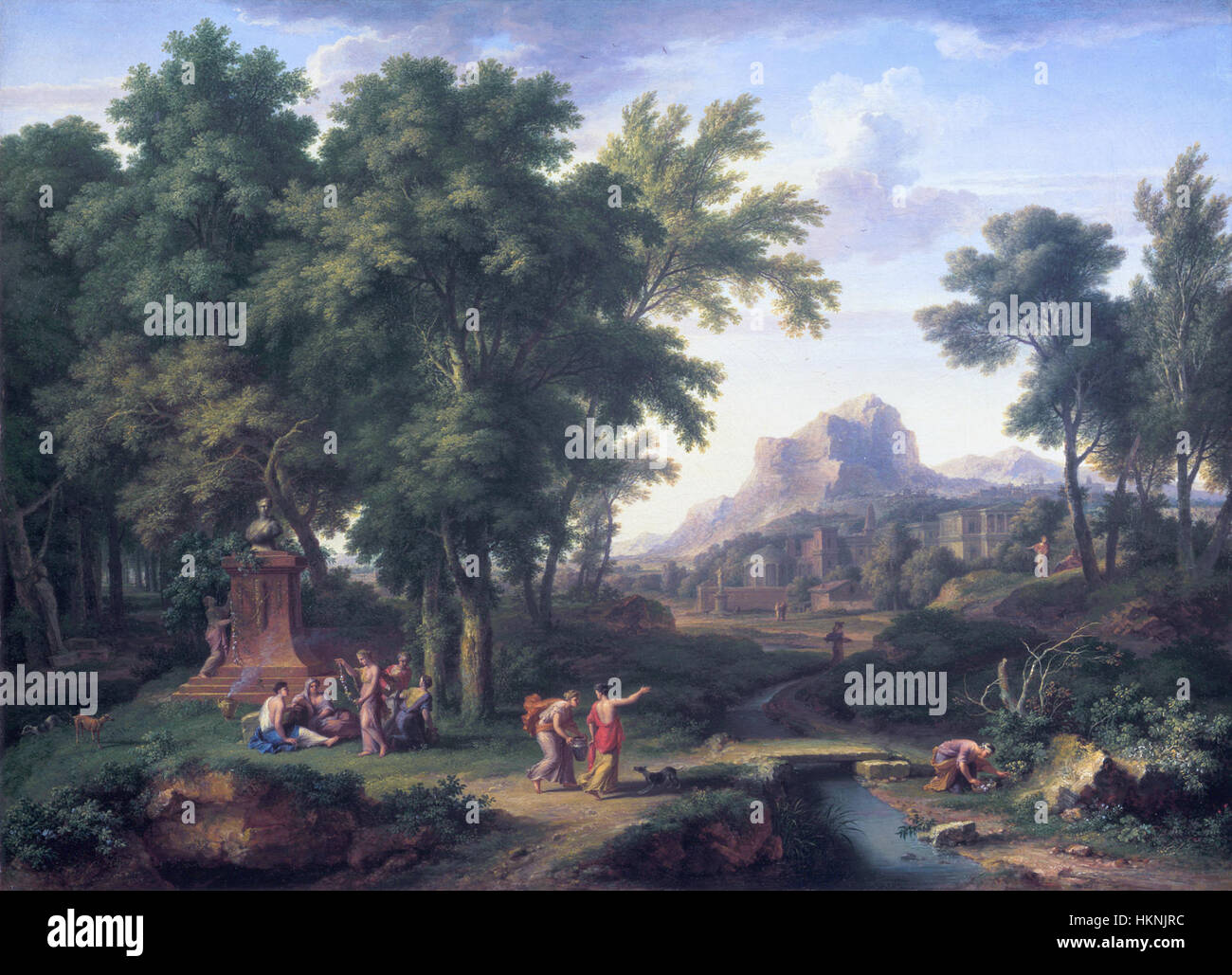 This painting by Jan van Huijsum portrays an Arcadian landscape, featuring a classical bust of Flora, the Roman goddess of flowers. The work exemplifies the Rococo style, blending nature with mythology in a serene and elegant scene. Stock Photohttps://www.alamy.com/image-license-details/?v=1https://www.alamy.com/stock-photo-this-painting-by-jan-van-huijsum-portrays-an-arcadian-landscape-featuring-132626800.html
This painting by Jan van Huijsum portrays an Arcadian landscape, featuring a classical bust of Flora, the Roman goddess of flowers. The work exemplifies the Rococo style, blending nature with mythology in a serene and elegant scene. Stock Photohttps://www.alamy.com/image-license-details/?v=1https://www.alamy.com/stock-photo-this-painting-by-jan-van-huijsum-portrays-an-arcadian-landscape-featuring-132626800.htmlRMHKNJRC–This painting by Jan van Huijsum portrays an Arcadian landscape, featuring a classical bust of Flora, the Roman goddess of flowers. The work exemplifies the Rococo style, blending nature with mythology in a serene and elegant scene.
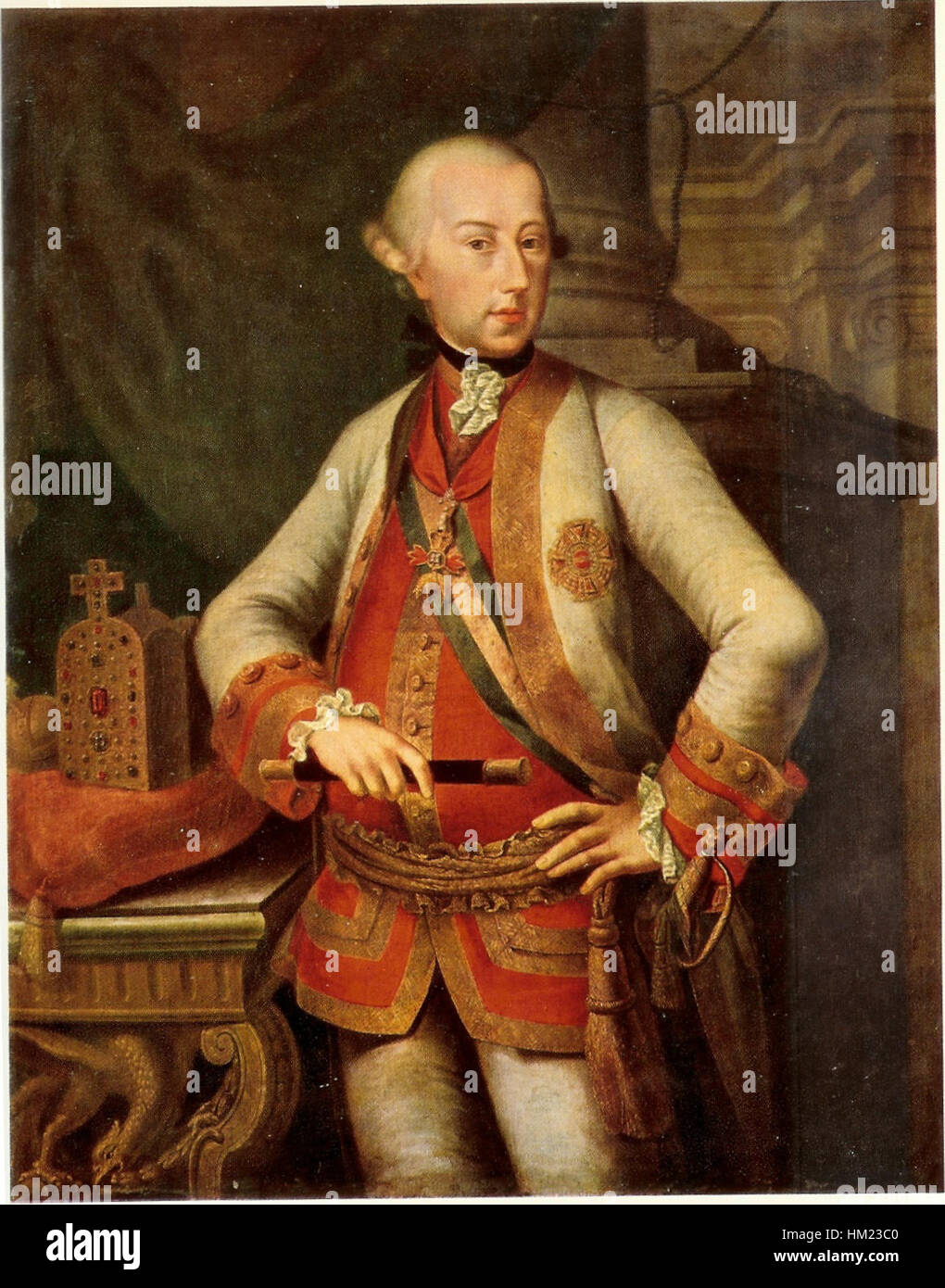 This portrait of Emperor Joseph II, painted during the 18th century, captures the ruler’s imperial stature and leadership. Joseph II was a significant figure in European history, known for his reforms in the Holy Roman Empire. Stock Photohttps://www.alamy.com/image-license-details/?v=1https://www.alamy.com/stock-photo-this-portrait-of-emperor-joseph-ii-painted-during-the-18th-century-132812288.html
This portrait of Emperor Joseph II, painted during the 18th century, captures the ruler’s imperial stature and leadership. Joseph II was a significant figure in European history, known for his reforms in the Holy Roman Empire. Stock Photohttps://www.alamy.com/image-license-details/?v=1https://www.alamy.com/stock-photo-this-portrait-of-emperor-joseph-ii-painted-during-the-18th-century-132812288.htmlRMHM23C0–This portrait of Emperor Joseph II, painted during the 18th century, captures the ruler’s imperial stature and leadership. Joseph II was a significant figure in European history, known for his reforms in the Holy Roman Empire.
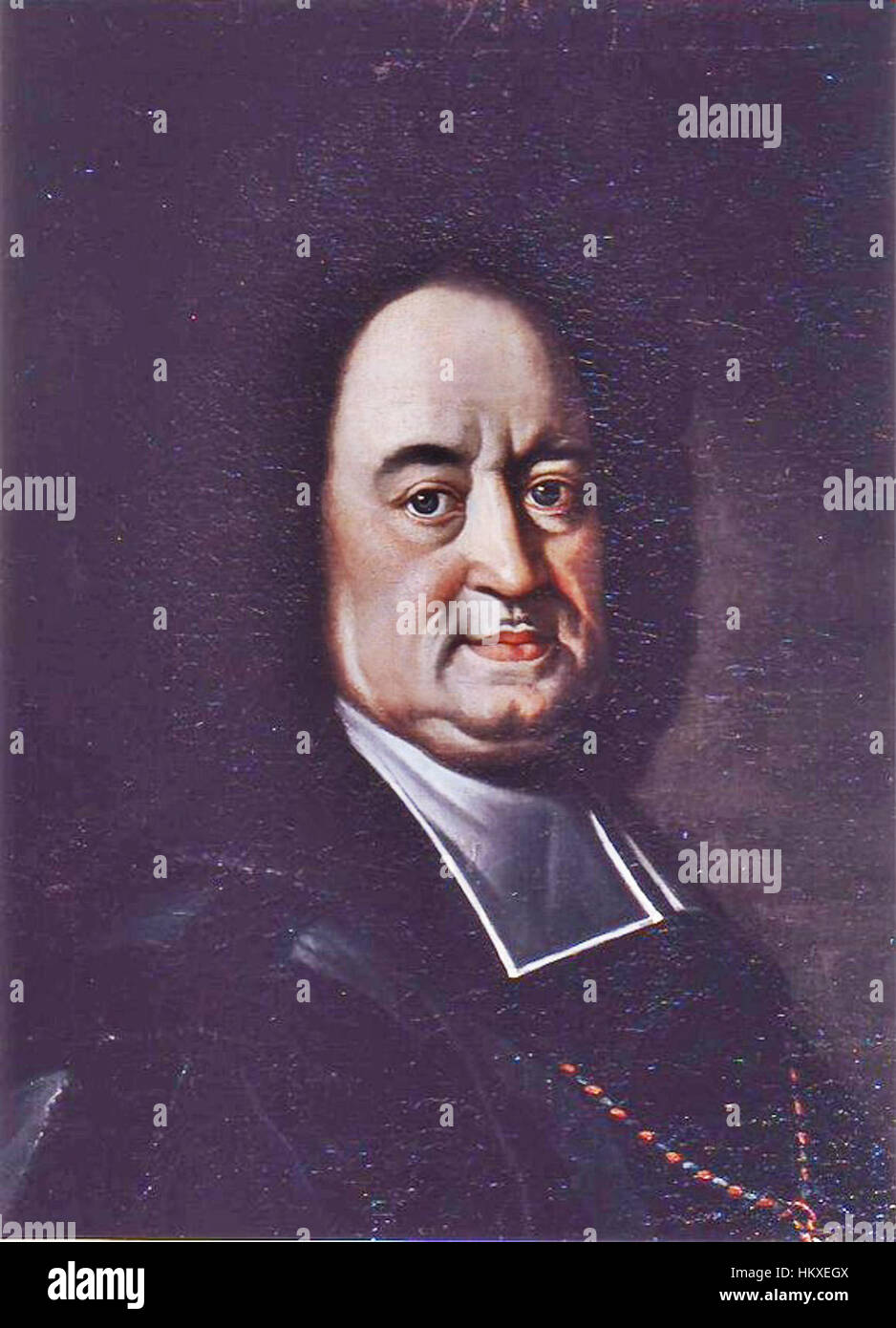 Bischof Karl Heinrich von Metternich-Winneburg was a prominent 19th-century bishop and political figure in the Holy Roman Empire. The painting showcases his dignified presence and role in religious and political matters of his time. Stock Photohttps://www.alamy.com/image-license-details/?v=1https://www.alamy.com/stock-photo-bischof-karl-heinrich-von-metternich-winneburg-was-a-prominent-19th-132733242.html
Bischof Karl Heinrich von Metternich-Winneburg was a prominent 19th-century bishop and political figure in the Holy Roman Empire. The painting showcases his dignified presence and role in religious and political matters of his time. Stock Photohttps://www.alamy.com/image-license-details/?v=1https://www.alamy.com/stock-photo-bischof-karl-heinrich-von-metternich-winneburg-was-a-prominent-19th-132733242.htmlRMHKXEGX–Bischof Karl Heinrich von Metternich-Winneburg was a prominent 19th-century bishop and political figure in the Holy Roman Empire. The painting showcases his dignified presence and role in religious and political matters of his time.
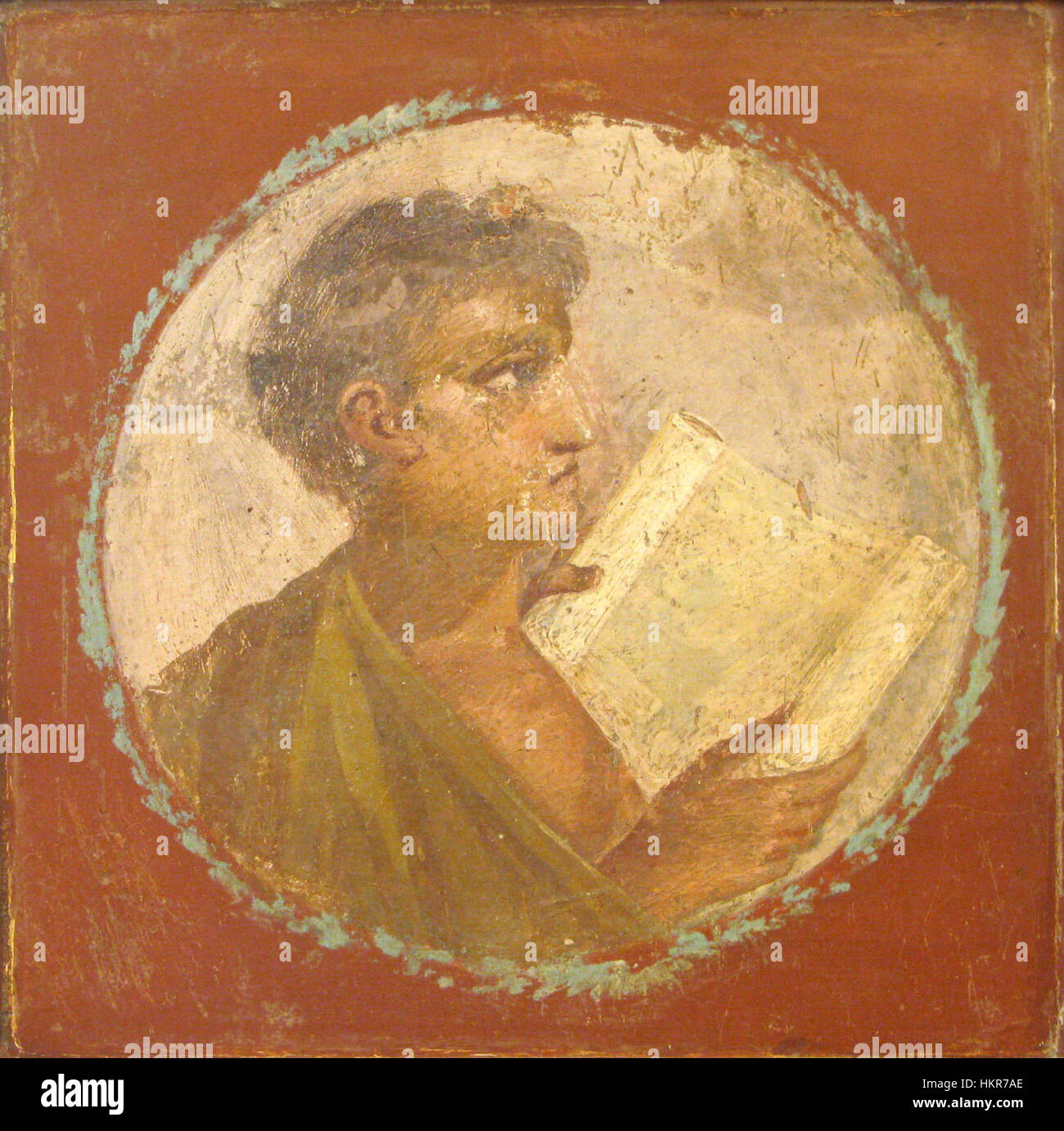 'Busto maschile' is a classical sculpture of a male bust, exemplifying the mastery of sculptural techniques from antiquity. The piece highlights the detailed anatomy and idealized form of the male figure, showcasing the artist's attention to realism and classical ideals. Stock Photohttps://www.alamy.com/image-license-details/?v=1https://www.alamy.com/stock-photo-busto-maschile-is-a-classical-sculpture-of-a-male-bust-exemplifying-132661718.html
'Busto maschile' is a classical sculpture of a male bust, exemplifying the mastery of sculptural techniques from antiquity. The piece highlights the detailed anatomy and idealized form of the male figure, showcasing the artist's attention to realism and classical ideals. Stock Photohttps://www.alamy.com/image-license-details/?v=1https://www.alamy.com/stock-photo-busto-maschile-is-a-classical-sculpture-of-a-male-bust-exemplifying-132661718.htmlRMHKR7AE–'Busto maschile' is a classical sculpture of a male bust, exemplifying the mastery of sculptural techniques from antiquity. The piece highlights the detailed anatomy and idealized form of the male figure, showcasing the artist's attention to realism and classical ideals.
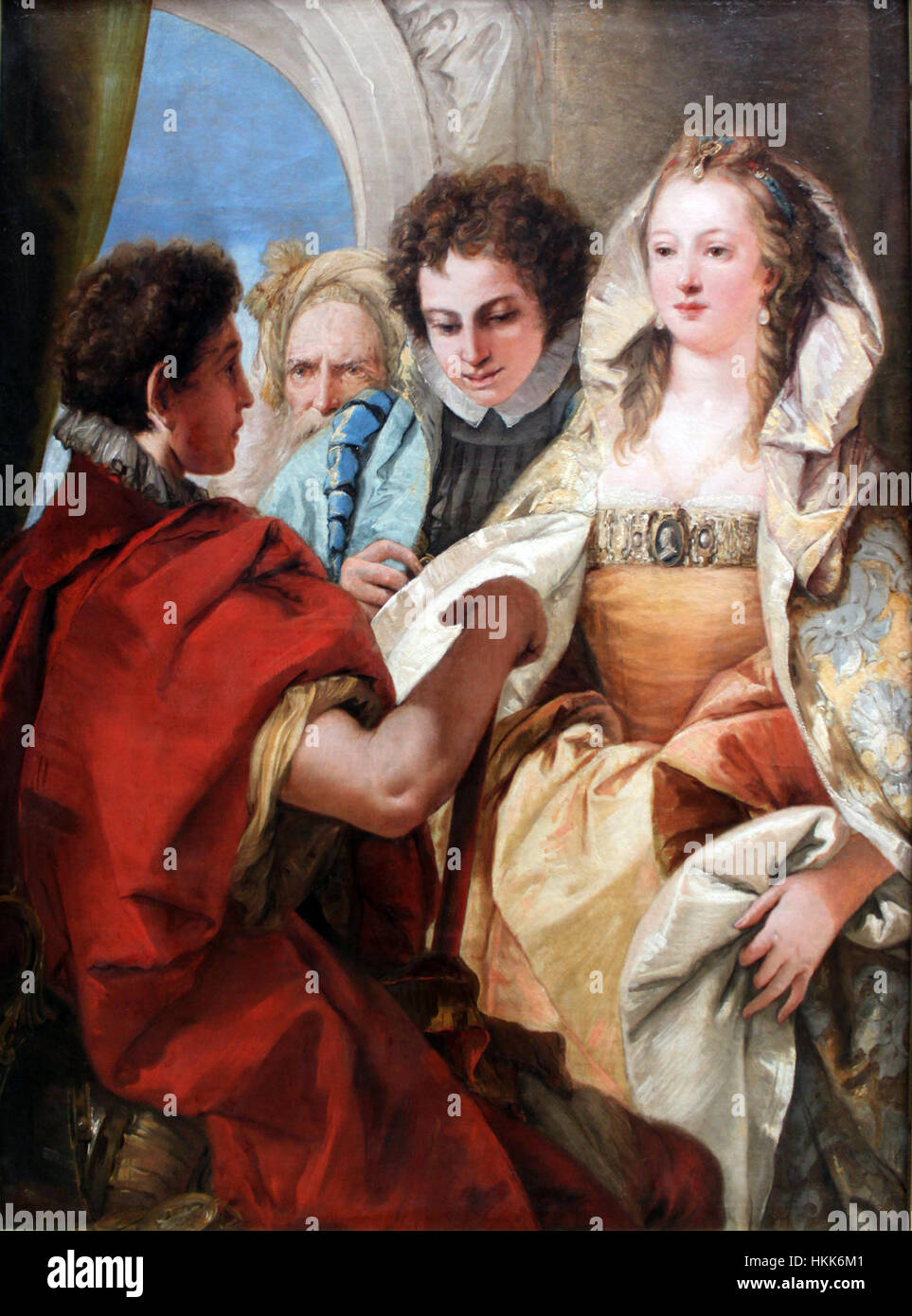 This 1751 painting by Giovanni Battista Tiepolo titled 'Die Enthaltsamkeit Scipios' depicts a scene from Roman history, focusing on the virtue of abstinence exemplified by Scipio. The work showcases Tiepolo's masterful use of light and classical themes. Stock Photohttps://www.alamy.com/image-license-details/?v=1https://www.alamy.com/stock-photo-this-1751-painting-by-giovanni-battista-tiepolo-titled-die-enthaltsamkeit-132573393.html
This 1751 painting by Giovanni Battista Tiepolo titled 'Die Enthaltsamkeit Scipios' depicts a scene from Roman history, focusing on the virtue of abstinence exemplified by Scipio. The work showcases Tiepolo's masterful use of light and classical themes. Stock Photohttps://www.alamy.com/image-license-details/?v=1https://www.alamy.com/stock-photo-this-1751-painting-by-giovanni-battista-tiepolo-titled-die-enthaltsamkeit-132573393.htmlRMHKK6M1–This 1751 painting by Giovanni Battista Tiepolo titled 'Die Enthaltsamkeit Scipios' depicts a scene from Roman history, focusing on the virtue of abstinence exemplified by Scipio. The work showcases Tiepolo's masterful use of light and classical themes.
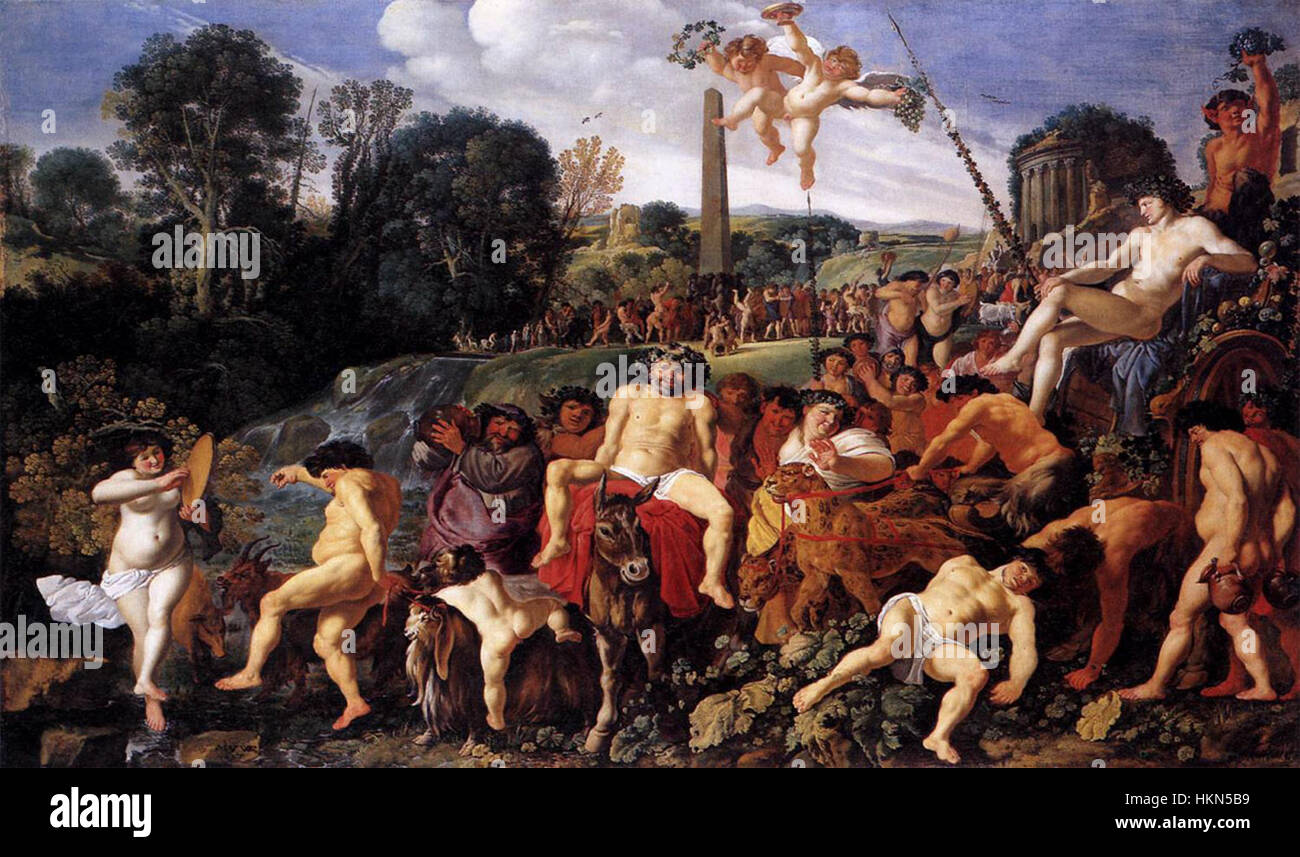 Moses van Uyttenbroeck's 'Bacchanal' (1627) is an oil painting depicting the Roman god Bacchus surrounded by revelers in a scene of exuberant celebration. The work highlights the artist's skill in capturing dynamic movement and classical mythology. Stock Photohttps://www.alamy.com/image-license-details/?v=1https://www.alamy.com/stock-photo-moses-van-uyttenbroecks-bacchanal-1627-is-an-oil-painting-depicting-132616269.html
Moses van Uyttenbroeck's 'Bacchanal' (1627) is an oil painting depicting the Roman god Bacchus surrounded by revelers in a scene of exuberant celebration. The work highlights the artist's skill in capturing dynamic movement and classical mythology. Stock Photohttps://www.alamy.com/image-license-details/?v=1https://www.alamy.com/stock-photo-moses-van-uyttenbroecks-bacchanal-1627-is-an-oil-painting-depicting-132616269.htmlRMHKN5B9–Moses van Uyttenbroeck's 'Bacchanal' (1627) is an oil painting depicting the Roman god Bacchus surrounded by revelers in a scene of exuberant celebration. The work highlights the artist's skill in capturing dynamic movement and classical mythology.
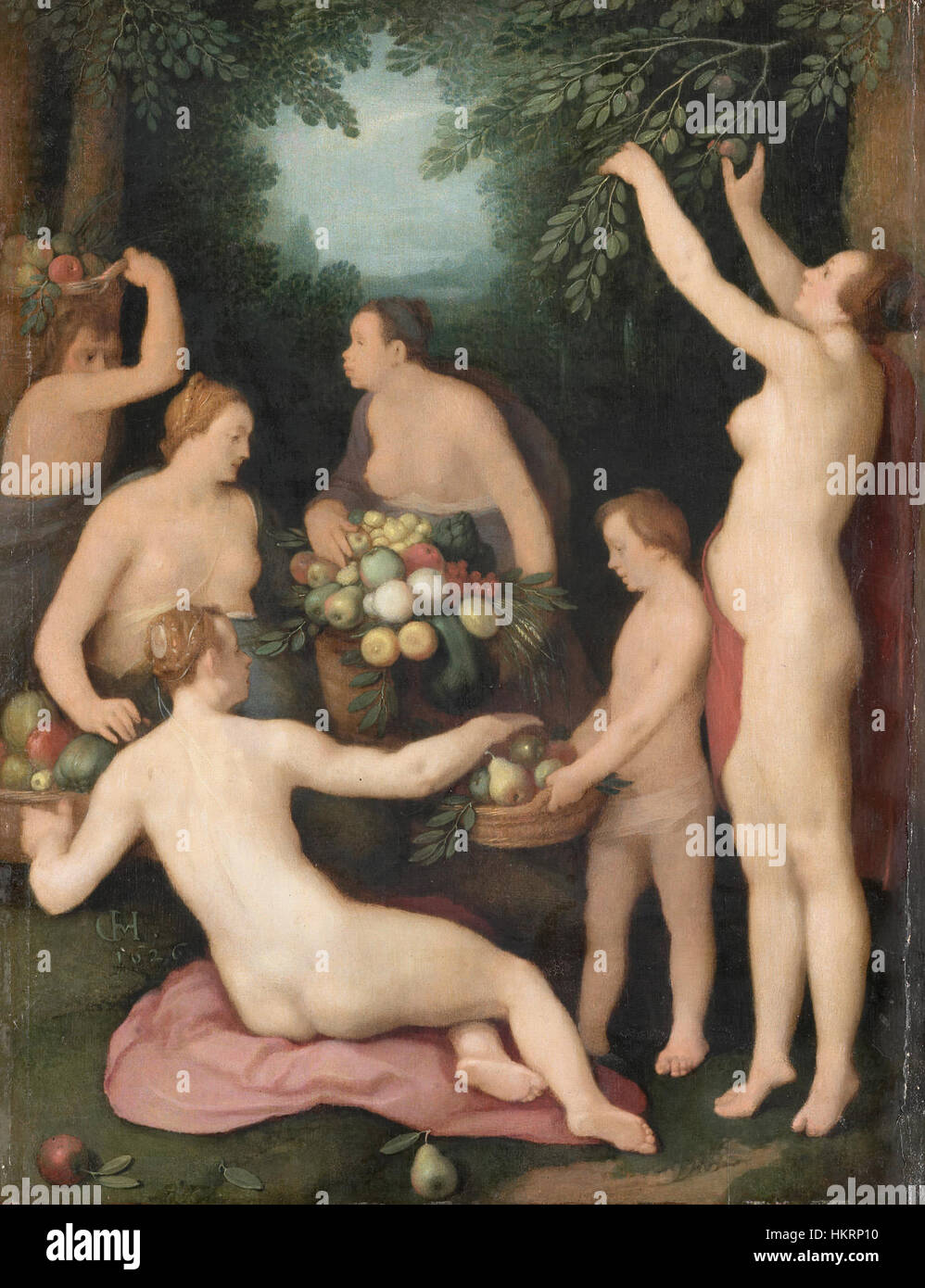 Cornelis Cornelisz van Haarlem's 'Pomona Ontvangt de Fruitoogst' depicts the Roman goddess of fruit, Pomona, receiving her harvest. This painting reflects van Haarlem's mastery of mythological themes and his detailed portrayal of classical subjects in the Flemish Baroque style. Stock Photohttps://www.alamy.com/image-license-details/?v=1https://www.alamy.com/stock-photo-cornelis-cornelisz-van-haarlems-pomona-ontvangt-de-fruitoogst-depicts-132673212.html
Cornelis Cornelisz van Haarlem's 'Pomona Ontvangt de Fruitoogst' depicts the Roman goddess of fruit, Pomona, receiving her harvest. This painting reflects van Haarlem's mastery of mythological themes and his detailed portrayal of classical subjects in the Flemish Baroque style. Stock Photohttps://www.alamy.com/image-license-details/?v=1https://www.alamy.com/stock-photo-cornelis-cornelisz-van-haarlems-pomona-ontvangt-de-fruitoogst-depicts-132673212.htmlRMHKRP10–Cornelis Cornelisz van Haarlem's 'Pomona Ontvangt de Fruitoogst' depicts the Roman goddess of fruit, Pomona, receiving her harvest. This painting reflects van Haarlem's mastery of mythological themes and his detailed portrayal of classical subjects in the Flemish Baroque style.
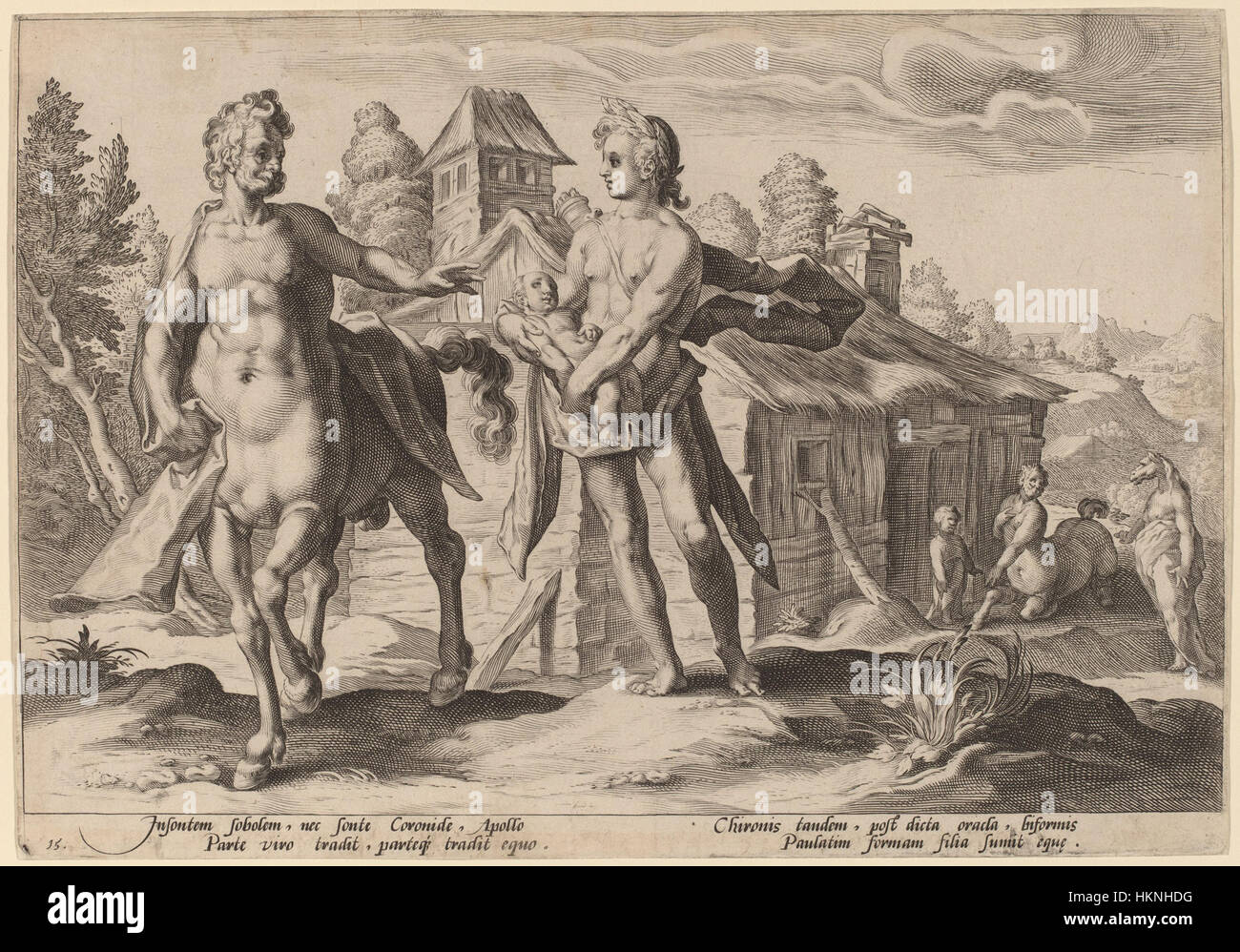 This 1590 etching, 'Apollo Entrusting Chiron with the Education of Aescalapius,' captures a mythological scene where Apollo gives Chiron the responsibility of educating his son, Aescalapius. The work, part of the National Gallery of Art collection, reflects classical themes and the influence of Greco-Roman mythology in Renaissance art. Stock Photohttps://www.alamy.com/image-license-details/?v=1https://www.alamy.com/stock-photo-this-1590-etching-apollo-entrusting-chiron-with-the-education-of-aescalapius-132625740.html
This 1590 etching, 'Apollo Entrusting Chiron with the Education of Aescalapius,' captures a mythological scene where Apollo gives Chiron the responsibility of educating his son, Aescalapius. The work, part of the National Gallery of Art collection, reflects classical themes and the influence of Greco-Roman mythology in Renaissance art. Stock Photohttps://www.alamy.com/image-license-details/?v=1https://www.alamy.com/stock-photo-this-1590-etching-apollo-entrusting-chiron-with-the-education-of-aescalapius-132625740.htmlRMHKNHDG–This 1590 etching, 'Apollo Entrusting Chiron with the Education of Aescalapius,' captures a mythological scene where Apollo gives Chiron the responsibility of educating his son, Aescalapius. The work, part of the National Gallery of Art collection, reflects classical themes and the influence of Greco-Roman mythology in Renaissance art.
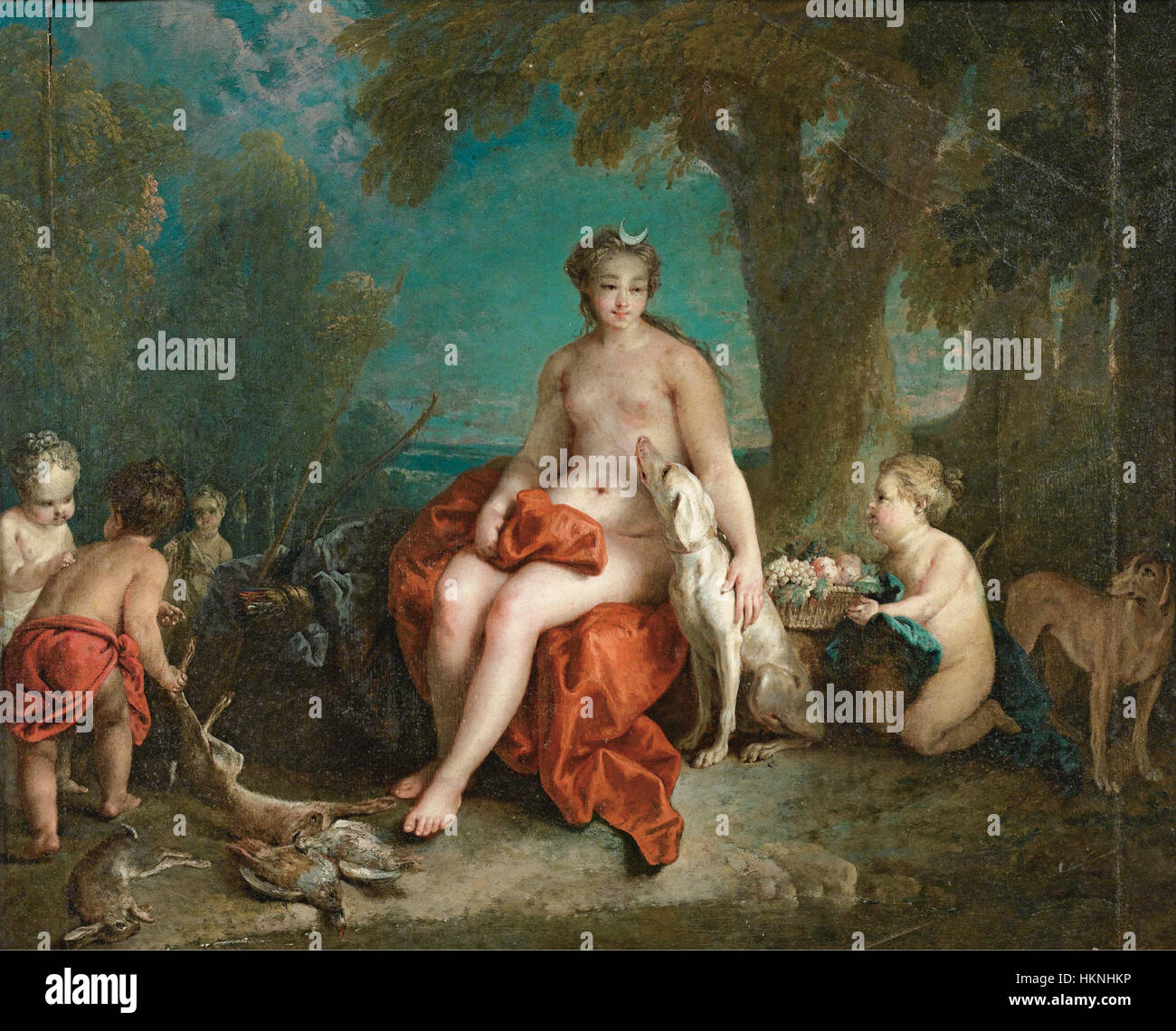 'Le repos de Diane' by Auger Lucas is an oil painting depicting the Roman goddess Diana in a peaceful repose. The artwork exemplifies the classical portrayal of mythological figures, with intricate attention to anatomy, drapery, and the serene expression of the goddess. The painting is characterized by its neoclassical style, highlighting Lucas' skill in creating lifelike figures and elegant compositions. Stock Photohttps://www.alamy.com/image-license-details/?v=1https://www.alamy.com/stock-photo-le-repos-de-diane-by-auger-lucas-is-an-oil-painting-depicting-the-132625914.html
'Le repos de Diane' by Auger Lucas is an oil painting depicting the Roman goddess Diana in a peaceful repose. The artwork exemplifies the classical portrayal of mythological figures, with intricate attention to anatomy, drapery, and the serene expression of the goddess. The painting is characterized by its neoclassical style, highlighting Lucas' skill in creating lifelike figures and elegant compositions. Stock Photohttps://www.alamy.com/image-license-details/?v=1https://www.alamy.com/stock-photo-le-repos-de-diane-by-auger-lucas-is-an-oil-painting-depicting-the-132625914.htmlRMHKNHKP–'Le repos de Diane' by Auger Lucas is an oil painting depicting the Roman goddess Diana in a peaceful repose. The artwork exemplifies the classical portrayal of mythological figures, with intricate attention to anatomy, drapery, and the serene expression of the goddess. The painting is characterized by its neoclassical style, highlighting Lucas' skill in creating lifelike figures and elegant compositions.
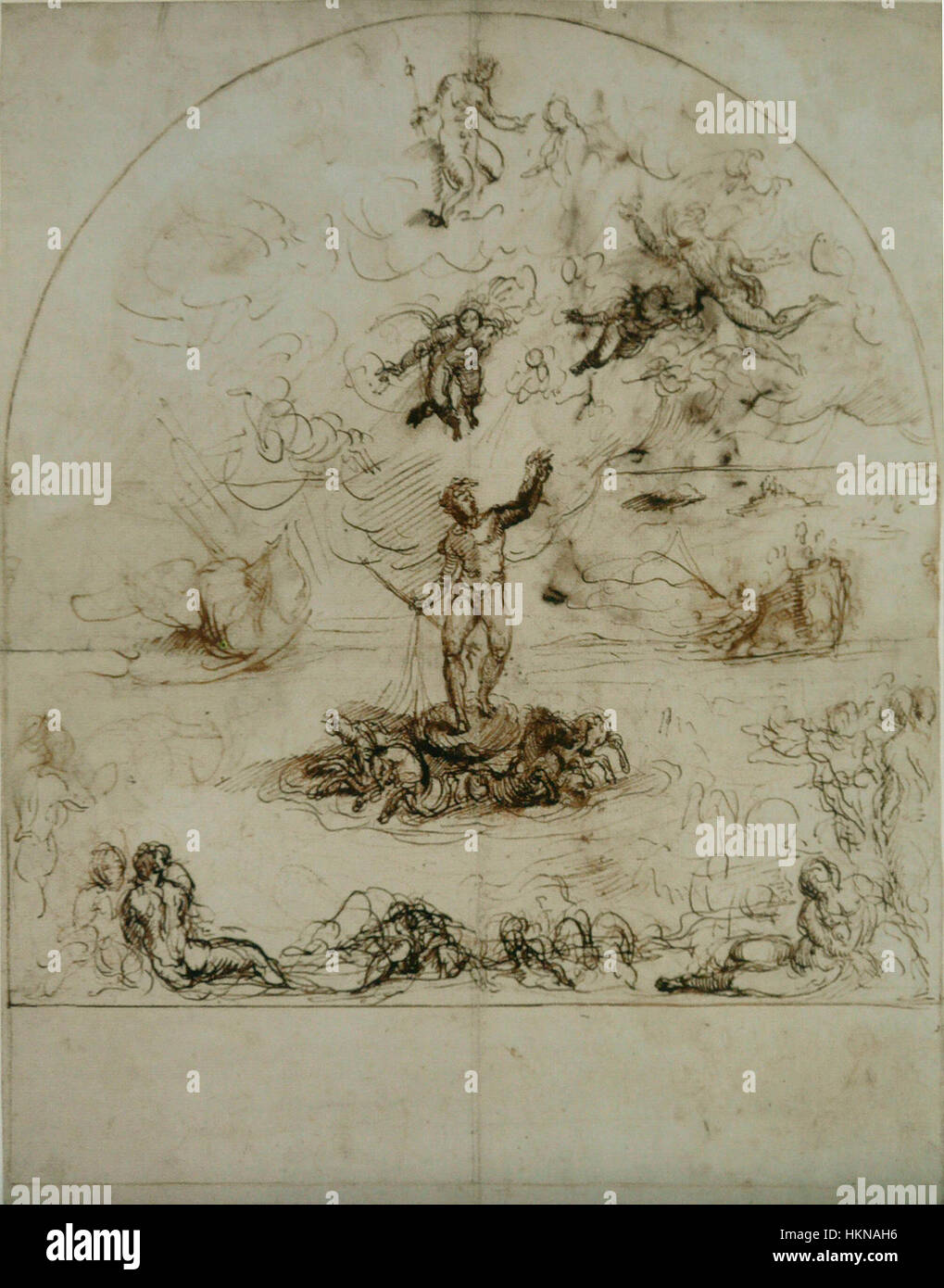 Agostino Carracci's painting 'Neptune' captures the Roman god of the sea in dramatic and dynamic fashion. The work highlights Carracci's mastery of Baroque art, with powerful imagery and vivid colors that bring the mythological figure to life. Stock Photohttps://www.alamy.com/image-license-details/?v=1https://www.alamy.com/stock-photo-agostino-carraccis-painting-neptune-captures-the-roman-god-of-the-132620354.html
Agostino Carracci's painting 'Neptune' captures the Roman god of the sea in dramatic and dynamic fashion. The work highlights Carracci's mastery of Baroque art, with powerful imagery and vivid colors that bring the mythological figure to life. Stock Photohttps://www.alamy.com/image-license-details/?v=1https://www.alamy.com/stock-photo-agostino-carraccis-painting-neptune-captures-the-roman-god-of-the-132620354.htmlRMHKNAH6–Agostino Carracci's painting 'Neptune' captures the Roman god of the sea in dramatic and dynamic fashion. The work highlights Carracci's mastery of Baroque art, with powerful imagery and vivid colors that bring the mythological figure to life.
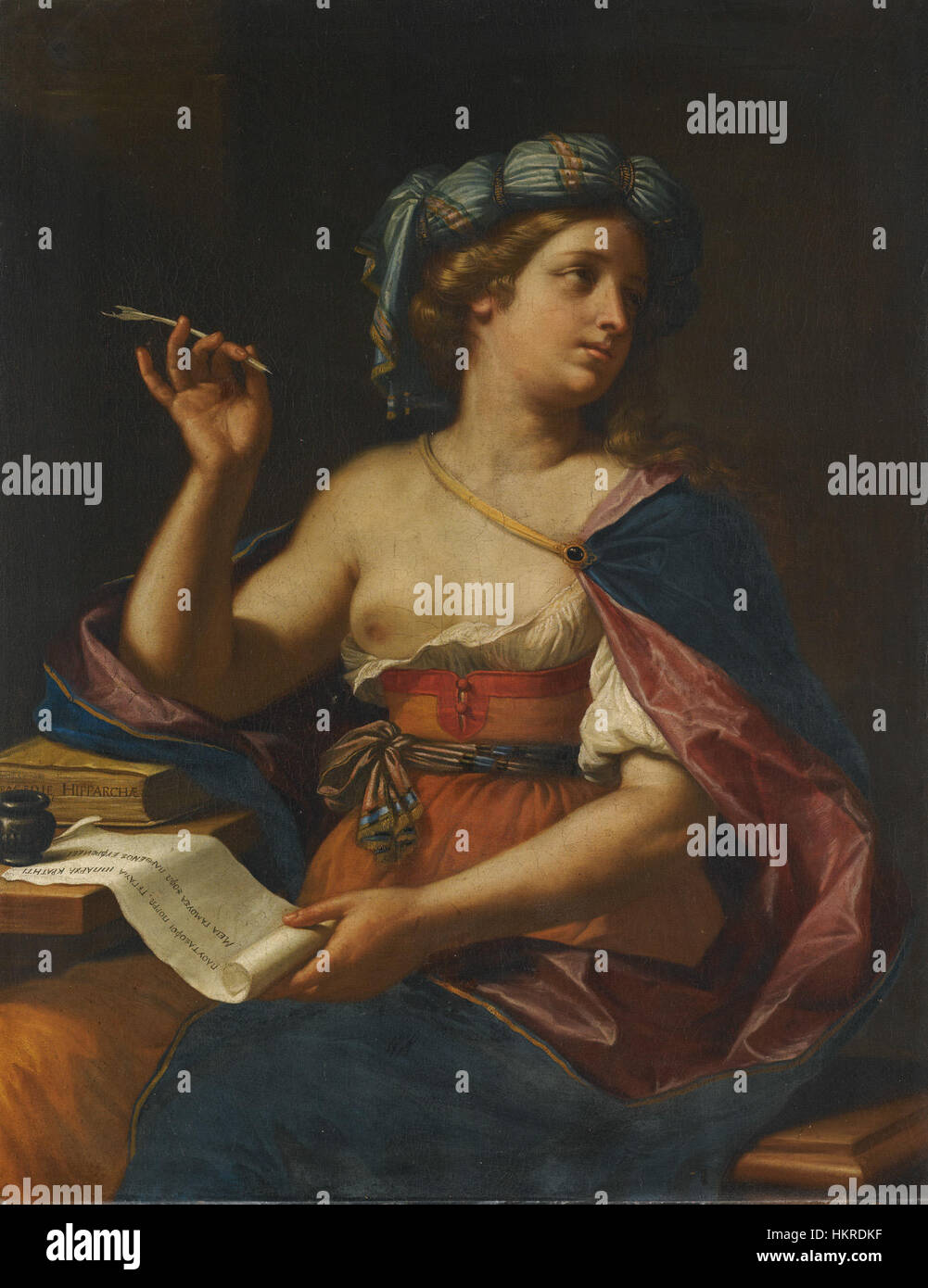 A painting by Cesare Gennari depicting a Sibyl, an ancient prophetess in Greek and Roman mythology. The work captures the Sibyl in a classical, timeless style, reflecting Gennari's expertise in religious and mythological themes. Stock Photohttps://www.alamy.com/image-license-details/?v=1https://www.alamy.com/stock-photo-a-painting-by-cesare-gennari-depicting-a-sibyl-an-ancient-prophetess-132666675.html
A painting by Cesare Gennari depicting a Sibyl, an ancient prophetess in Greek and Roman mythology. The work captures the Sibyl in a classical, timeless style, reflecting Gennari's expertise in religious and mythological themes. Stock Photohttps://www.alamy.com/image-license-details/?v=1https://www.alamy.com/stock-photo-a-painting-by-cesare-gennari-depicting-a-sibyl-an-ancient-prophetess-132666675.htmlRMHKRDKF–A painting by Cesare Gennari depicting a Sibyl, an ancient prophetess in Greek and Roman mythology. The work captures the Sibyl in a classical, timeless style, reflecting Gennari's expertise in religious and mythological themes.
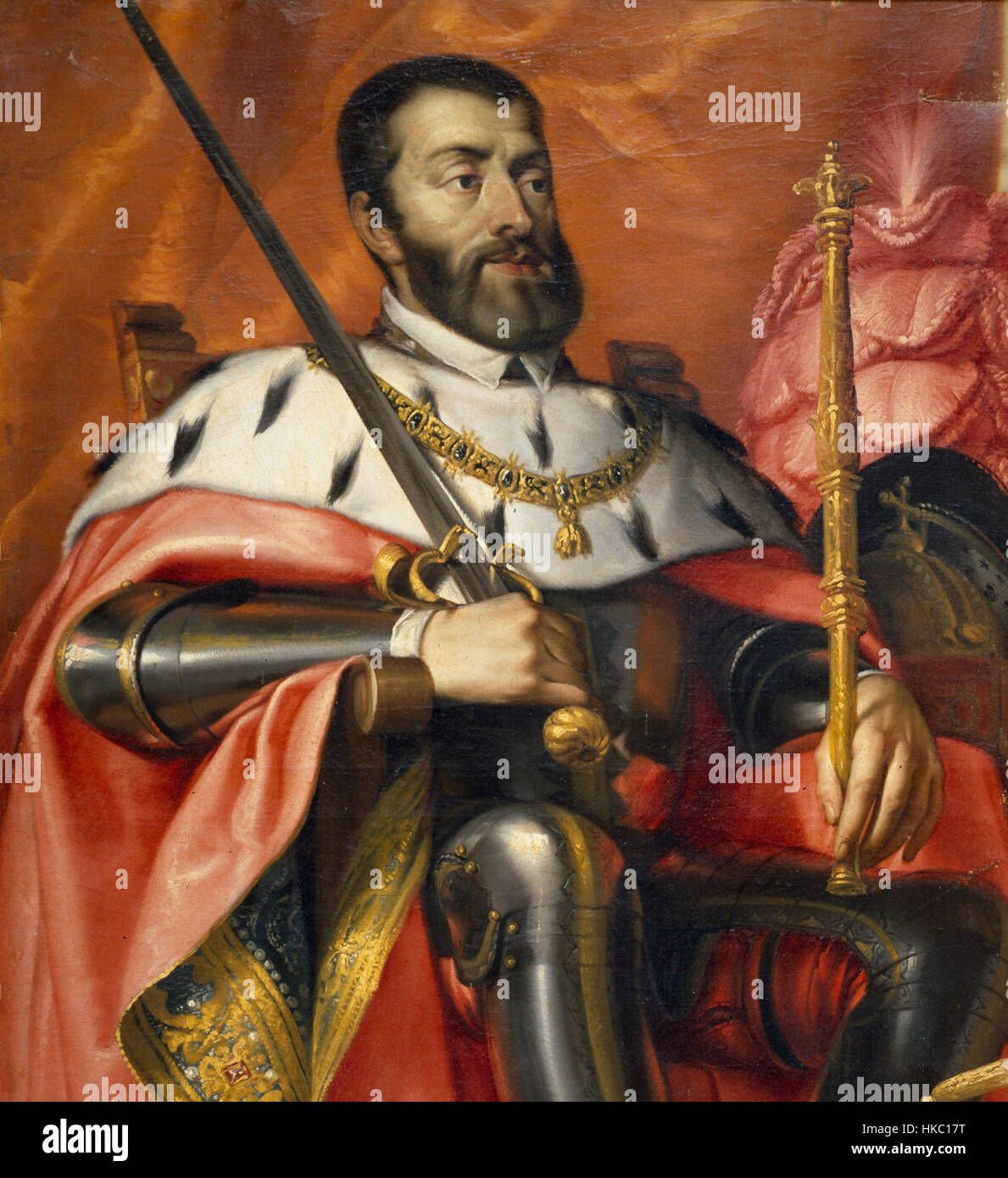 A portrait of Charles V by Arias, a classical oil painting showcasing the emperor’s regal attire and presence. The painting is a significant work in historical art, reflecting the power and influence of the Holy Roman Emperor. Stock Photohttps://www.alamy.com/image-license-details/?v=1https://www.alamy.com/stock-photo-a-portrait-of-charles-v-by-arias-a-classical-oil-painting-showcasing-132415468.html
A portrait of Charles V by Arias, a classical oil painting showcasing the emperor’s regal attire and presence. The painting is a significant work in historical art, reflecting the power and influence of the Holy Roman Emperor. Stock Photohttps://www.alamy.com/image-license-details/?v=1https://www.alamy.com/stock-photo-a-portrait-of-charles-v-by-arias-a-classical-oil-painting-showcasing-132415468.htmlRMHKC17T–A portrait of Charles V by Arias, a classical oil painting showcasing the emperor’s regal attire and presence. The painting is a significant work in historical art, reflecting the power and influence of the Holy Roman Emperor.
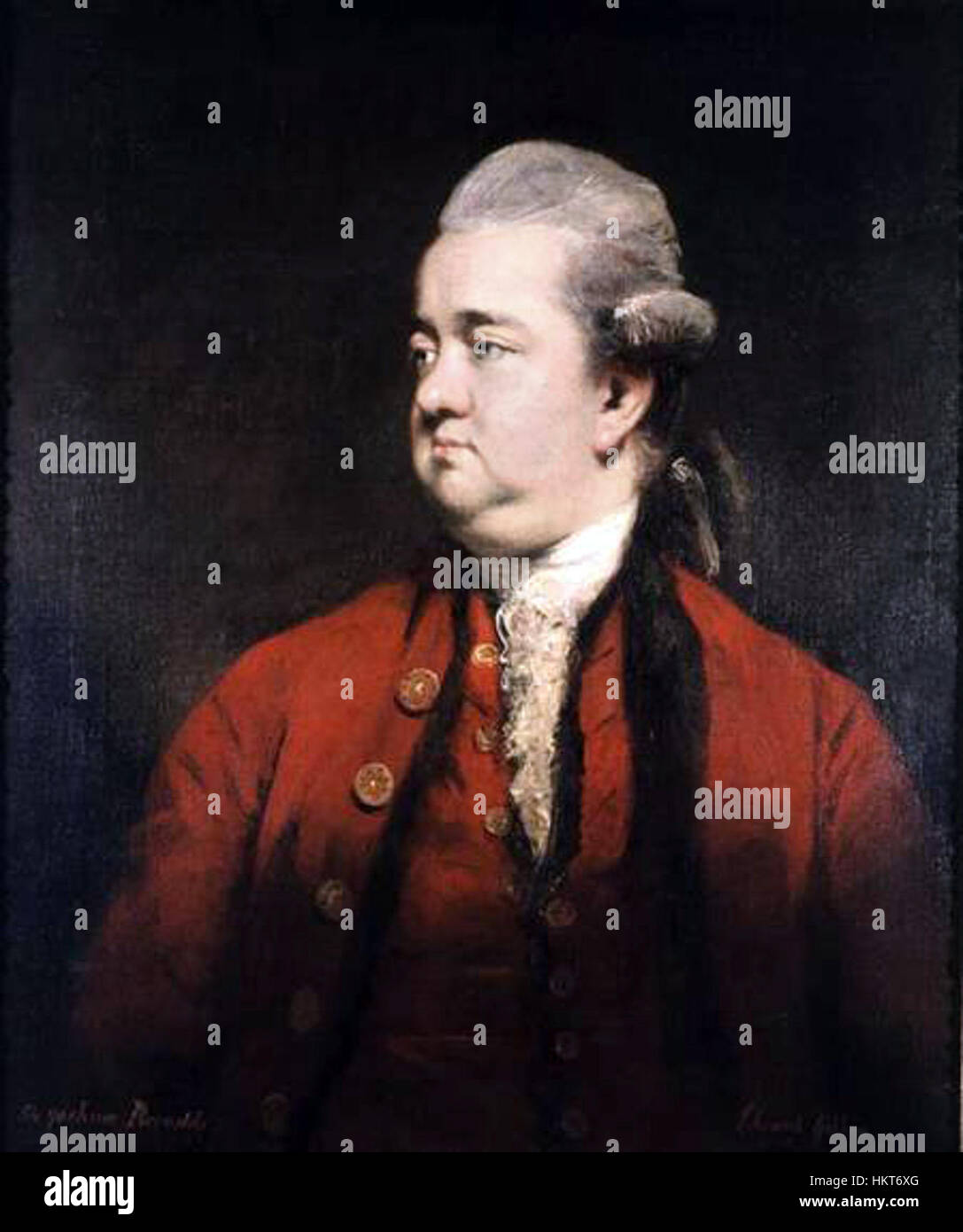 Edward Gibbon, the renowned historian, is depicted in this 18th-century portrait. Known for his work on 'The Decline and Fall of the Roman Empire,' this painting captures his distinguished appearance and intellectual presence. Stock Photohttps://www.alamy.com/image-license-details/?v=1https://www.alamy.com/stock-photo-edward-gibbon-the-renowned-historian-is-depicted-in-this-18th-century-132683336.html
Edward Gibbon, the renowned historian, is depicted in this 18th-century portrait. Known for his work on 'The Decline and Fall of the Roman Empire,' this painting captures his distinguished appearance and intellectual presence. Stock Photohttps://www.alamy.com/image-license-details/?v=1https://www.alamy.com/stock-photo-edward-gibbon-the-renowned-historian-is-depicted-in-this-18th-century-132683336.htmlRMHKT6XG–Edward Gibbon, the renowned historian, is depicted in this 18th-century portrait. Known for his work on 'The Decline and Fall of the Roman Empire,' this painting captures his distinguished appearance and intellectual presence.
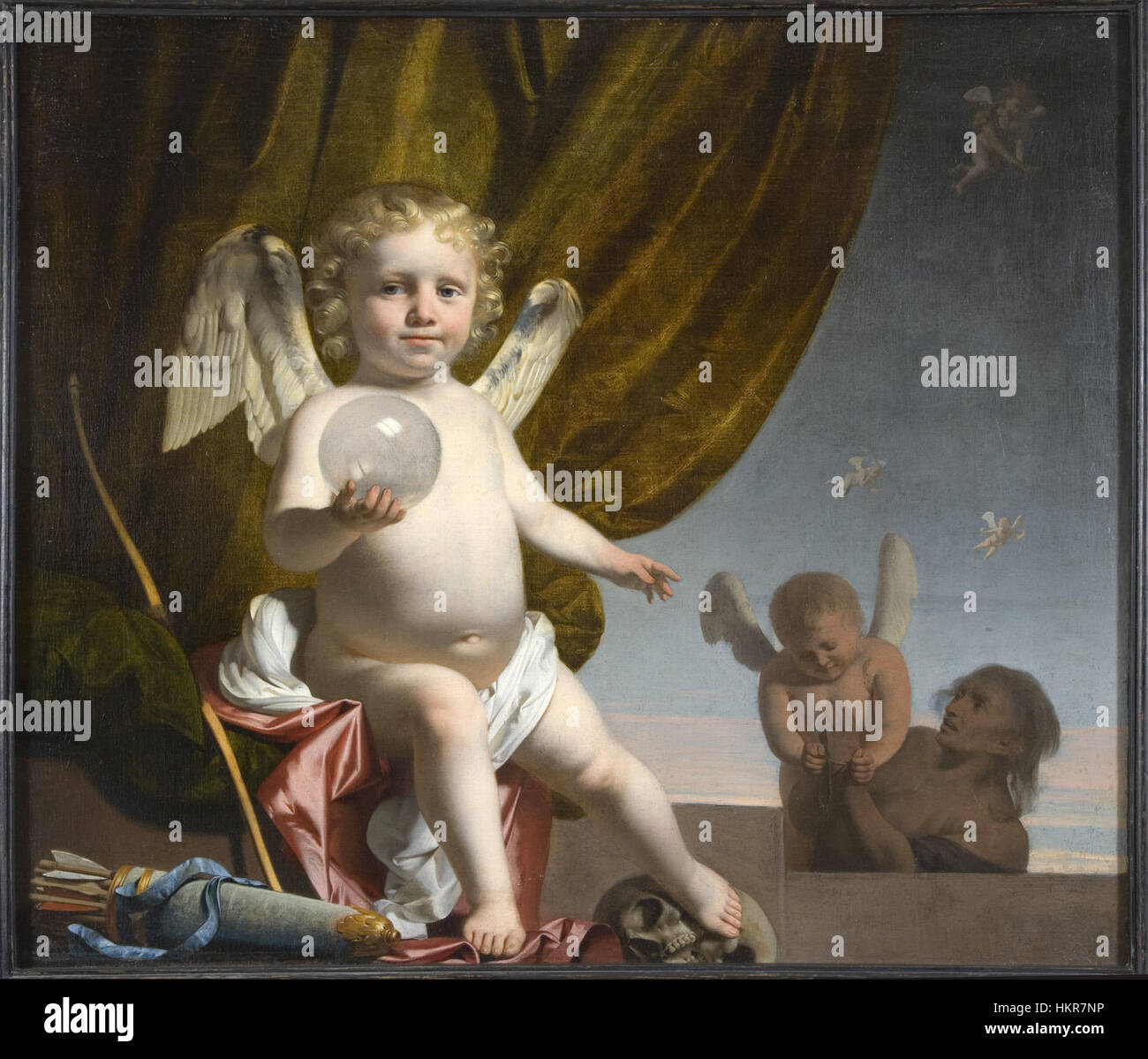 This painting by Caesar van Everdingen portrays Amor, the Roman god of love, holding a glass sphere. The artwork reflects the delicate, mythological symbolism and the artist's Baroque style. Stock Photohttps://www.alamy.com/image-license-details/?v=1https://www.alamy.com/stock-photo-this-painting-by-caesar-van-everdingen-portrays-amor-the-roman-god-132662034.html
This painting by Caesar van Everdingen portrays Amor, the Roman god of love, holding a glass sphere. The artwork reflects the delicate, mythological symbolism and the artist's Baroque style. Stock Photohttps://www.alamy.com/image-license-details/?v=1https://www.alamy.com/stock-photo-this-painting-by-caesar-van-everdingen-portrays-amor-the-roman-god-132662034.htmlRMHKR7NP–This painting by Caesar van Everdingen portrays Amor, the Roman god of love, holding a glass sphere. The artwork reflects the delicate, mythological symbolism and the artist's Baroque style.
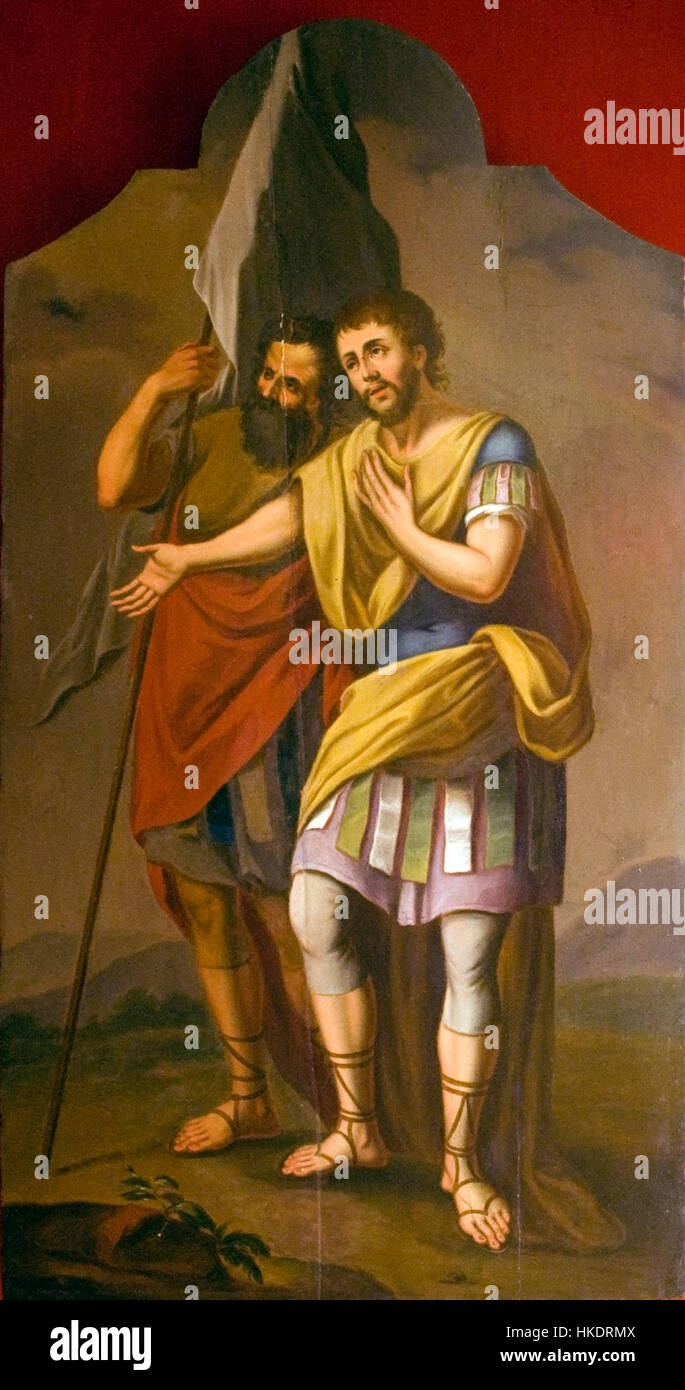 This artwork depicts Longinus, a Roman soldier, often associated with the crucifixion of Jesus. The painting reflects historical and religious themes, capturing a dramatic moment from the ancient world. Stock Photohttps://www.alamy.com/image-license-details/?v=1https://www.alamy.com/stock-photo-this-artwork-depicts-longinus-a-roman-soldier-often-associated-with-132455034.html
This artwork depicts Longinus, a Roman soldier, often associated with the crucifixion of Jesus. The painting reflects historical and religious themes, capturing a dramatic moment from the ancient world. Stock Photohttps://www.alamy.com/image-license-details/?v=1https://www.alamy.com/stock-photo-this-artwork-depicts-longinus-a-roman-soldier-often-associated-with-132455034.htmlRMHKDRMX–This artwork depicts Longinus, a Roman soldier, often associated with the crucifixion of Jesus. The painting reflects historical and religious themes, capturing a dramatic moment from the ancient world.
 The Nakipari fresco from 1130 depicts Emperor Diocletian, highlighting his role in Roman history. This artwork is an important historical piece that reflects the early Byzantine period's artistic and religious influences. Stock Photohttps://www.alamy.com/image-license-details/?v=1https://www.alamy.com/stock-photo-the-nakipari-fresco-from-1130-depicts-emperor-diocletian-highlighting-132679305.html
The Nakipari fresco from 1130 depicts Emperor Diocletian, highlighting his role in Roman history. This artwork is an important historical piece that reflects the early Byzantine period's artistic and religious influences. Stock Photohttps://www.alamy.com/image-license-details/?v=1https://www.alamy.com/stock-photo-the-nakipari-fresco-from-1130-depicts-emperor-diocletian-highlighting-132679305.htmlRMHKT1PH–The Nakipari fresco from 1130 depicts Emperor Diocletian, highlighting his role in Roman history. This artwork is an important historical piece that reflects the early Byzantine period's artistic and religious influences.
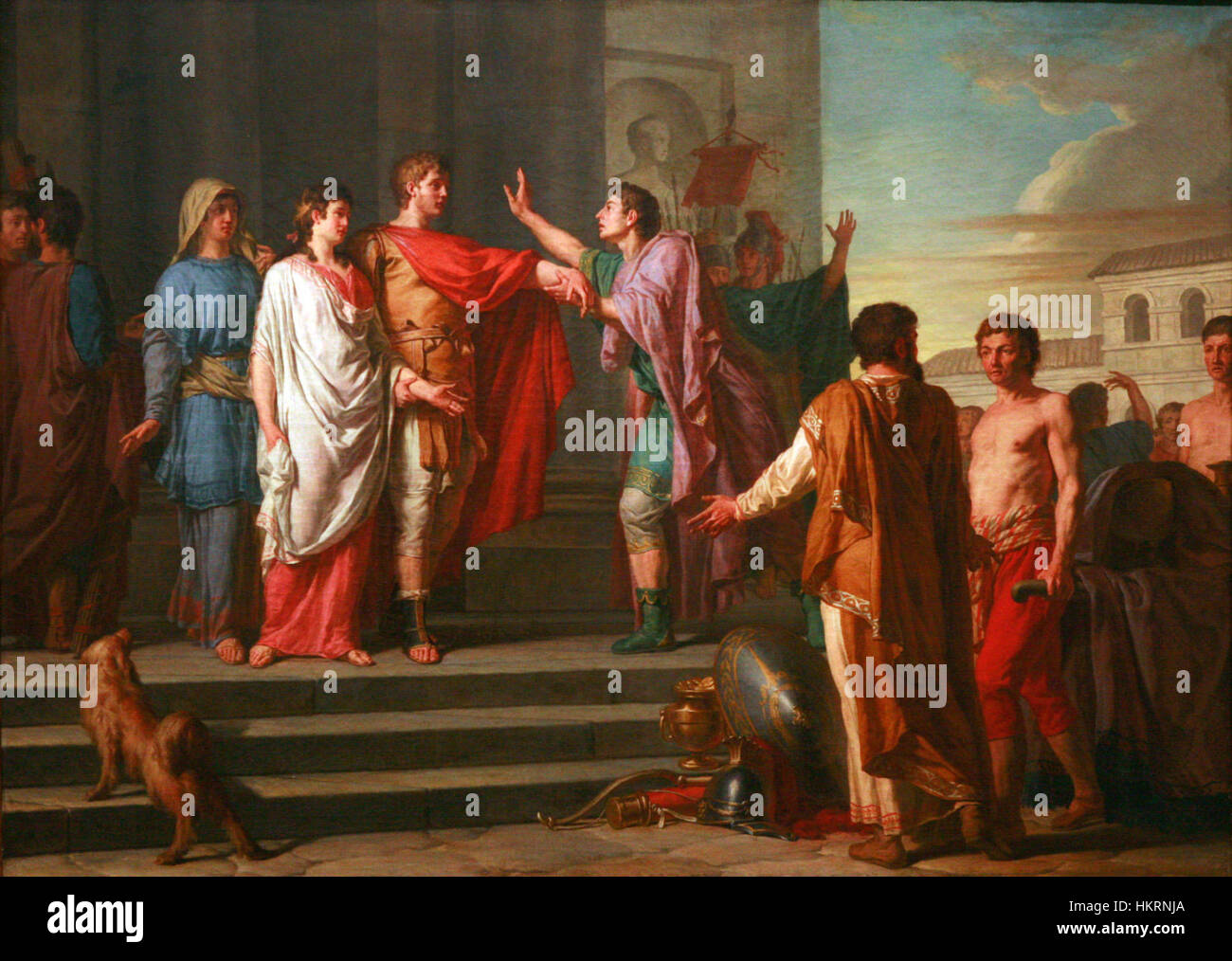 'Continence of Scipio' is a historical painting depicting the Roman general Scipio Africanus. It illustrates his virtue and decision-making during the Second Punic War, highlighting his role in Roman history. Stock Photohttps://www.alamy.com/image-license-details/?v=1https://www.alamy.com/stock-photo-continence-of-scipio-is-a-historical-painting-depicting-the-roman-132672914.html
'Continence of Scipio' is a historical painting depicting the Roman general Scipio Africanus. It illustrates his virtue and decision-making during the Second Punic War, highlighting his role in Roman history. Stock Photohttps://www.alamy.com/image-license-details/?v=1https://www.alamy.com/stock-photo-continence-of-scipio-is-a-historical-painting-depicting-the-roman-132672914.htmlRMHKRNJA–'Continence of Scipio' is a historical painting depicting the Roman general Scipio Africanus. It illustrates his virtue and decision-making during the Second Punic War, highlighting his role in Roman history.
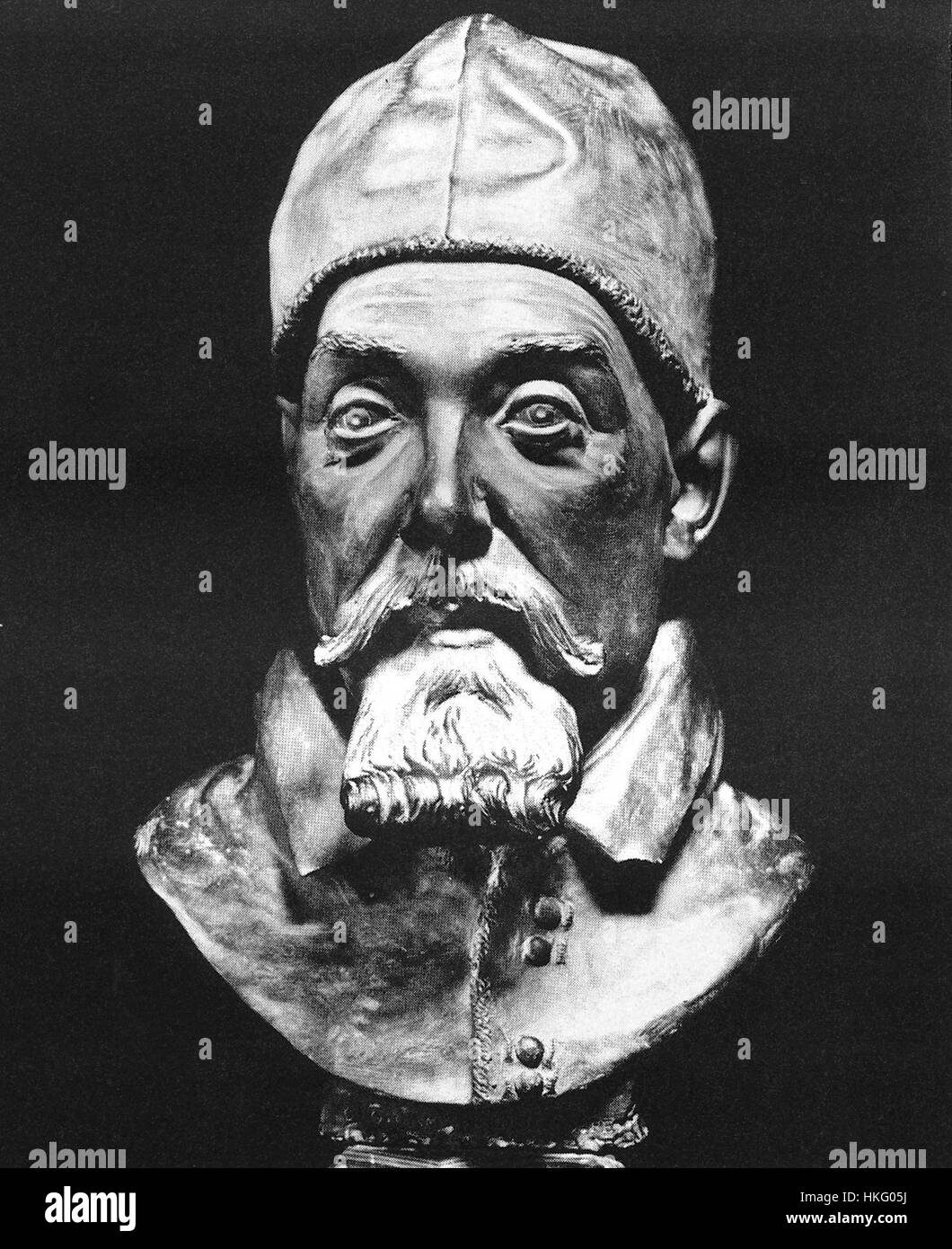 Giovanni Gonnelli's bust of Pope Urbano VIII captures the pope’s dignified features with classical sculptural techniques. The artwork represents both the religious and cultural significance of Urbano VIII during the Baroque period. Stock Photohttps://www.alamy.com/image-license-details/?v=1https://www.alamy.com/stock-photo-giovanni-gonnellis-bust-of-pope-urbano-viii-captures-the-popes-dignified-132502430.html
Giovanni Gonnelli's bust of Pope Urbano VIII captures the pope’s dignified features with classical sculptural techniques. The artwork represents both the religious and cultural significance of Urbano VIII during the Baroque period. Stock Photohttps://www.alamy.com/image-license-details/?v=1https://www.alamy.com/stock-photo-giovanni-gonnellis-bust-of-pope-urbano-viii-captures-the-popes-dignified-132502430.htmlRMHKG05J–Giovanni Gonnelli's bust of Pope Urbano VIII captures the pope’s dignified features with classical sculptural techniques. The artwork represents both the religious and cultural significance of Urbano VIII during the Baroque period.
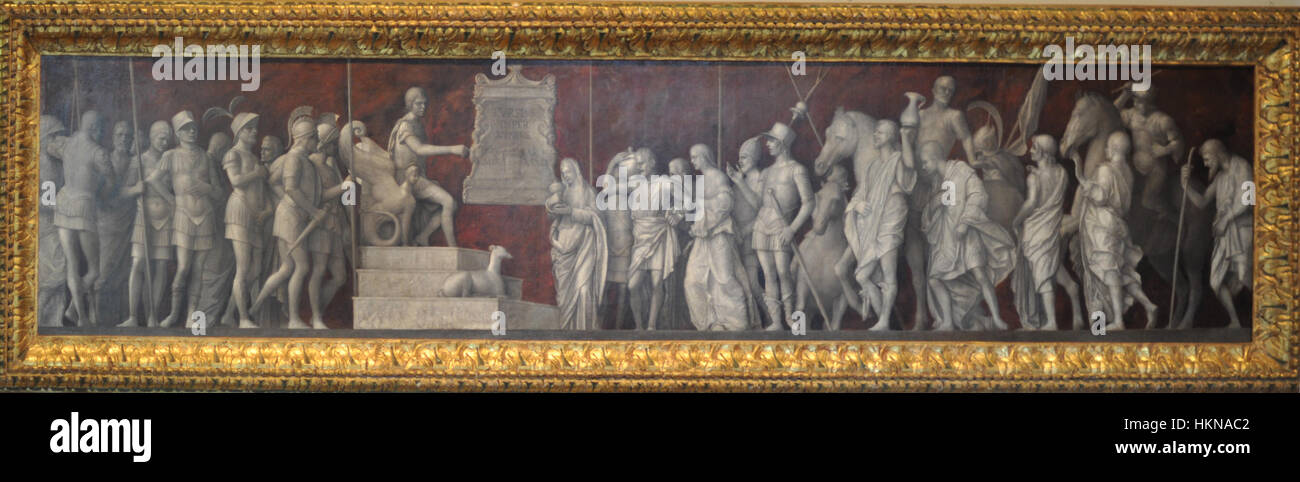 This painting by Giovanni Bellini, titled ‘Scipio,’ showcases the Roman general Scipio Africanus. Bellini captures the general’s stoic demeanor, embodying themes of leadership and Roman strength. Stock Photohttps://www.alamy.com/image-license-details/?v=1https://www.alamy.com/stock-photo-this-painting-by-giovanni-bellini-titled-scipio-showcases-the-roman-132620210.html
This painting by Giovanni Bellini, titled ‘Scipio,’ showcases the Roman general Scipio Africanus. Bellini captures the general’s stoic demeanor, embodying themes of leadership and Roman strength. Stock Photohttps://www.alamy.com/image-license-details/?v=1https://www.alamy.com/stock-photo-this-painting-by-giovanni-bellini-titled-scipio-showcases-the-roman-132620210.htmlRMHKNAC2–This painting by Giovanni Bellini, titled ‘Scipio,’ showcases the Roman general Scipio Africanus. Bellini captures the general’s stoic demeanor, embodying themes of leadership and Roman strength.
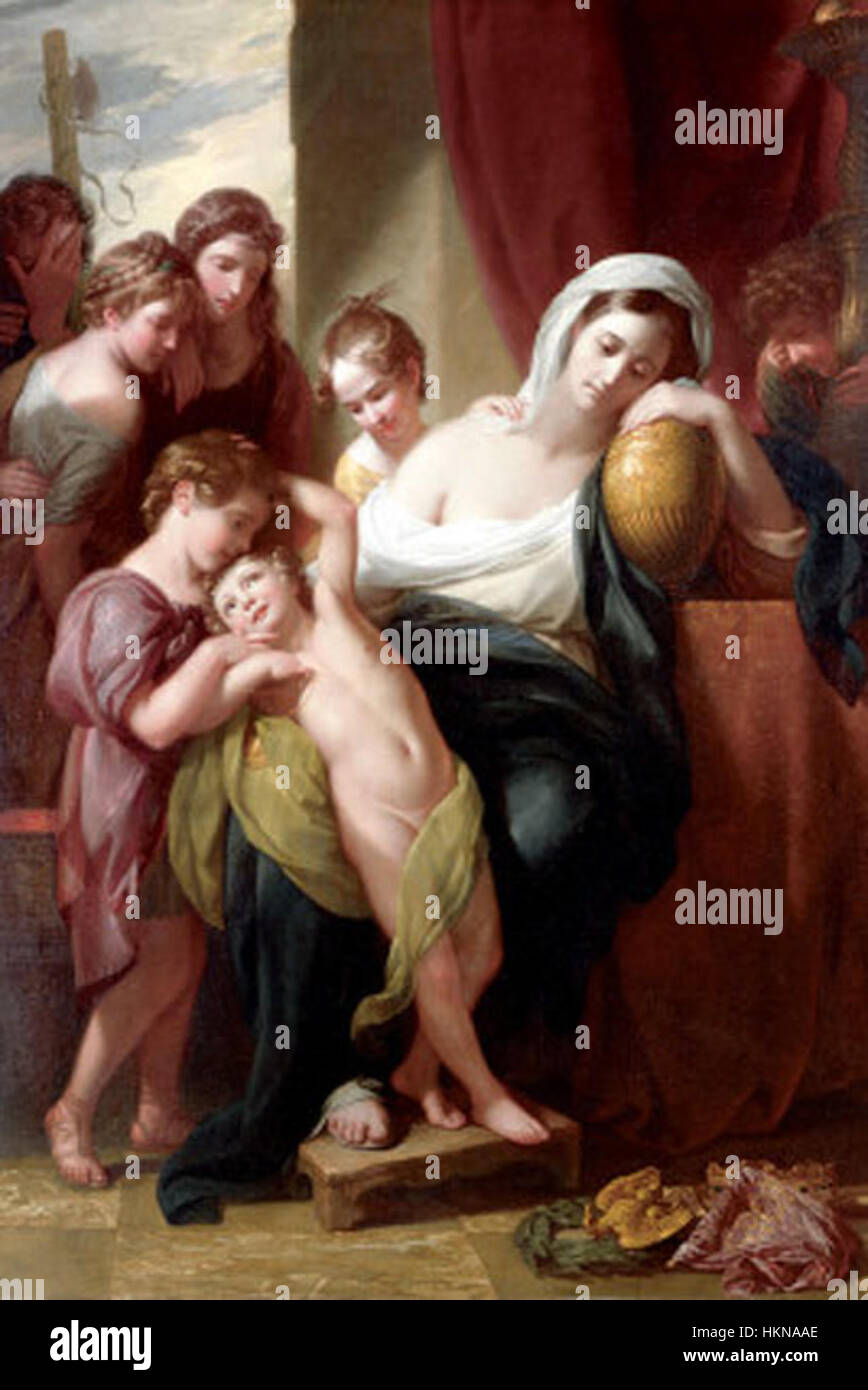 Benjamin West’s 1773 painting, 'Agrippina and Her Children Mourning over the Ashes of Germanicus,' depicts a dramatic moment from Roman history, showcasing Agrippina's grief after the death of her husband Germanicus. Stock Photohttps://www.alamy.com/image-license-details/?v=1https://www.alamy.com/stock-photo-benjamin-wests-1773-painting-agrippina-and-her-children-mourning-over-132620166.html
Benjamin West’s 1773 painting, 'Agrippina and Her Children Mourning over the Ashes of Germanicus,' depicts a dramatic moment from Roman history, showcasing Agrippina's grief after the death of her husband Germanicus. Stock Photohttps://www.alamy.com/image-license-details/?v=1https://www.alamy.com/stock-photo-benjamin-wests-1773-painting-agrippina-and-her-children-mourning-over-132620166.htmlRMHKNAAE–Benjamin West’s 1773 painting, 'Agrippina and Her Children Mourning over the Ashes of Germanicus,' depicts a dramatic moment from Roman history, showcasing Agrippina's grief after the death of her husband Germanicus.
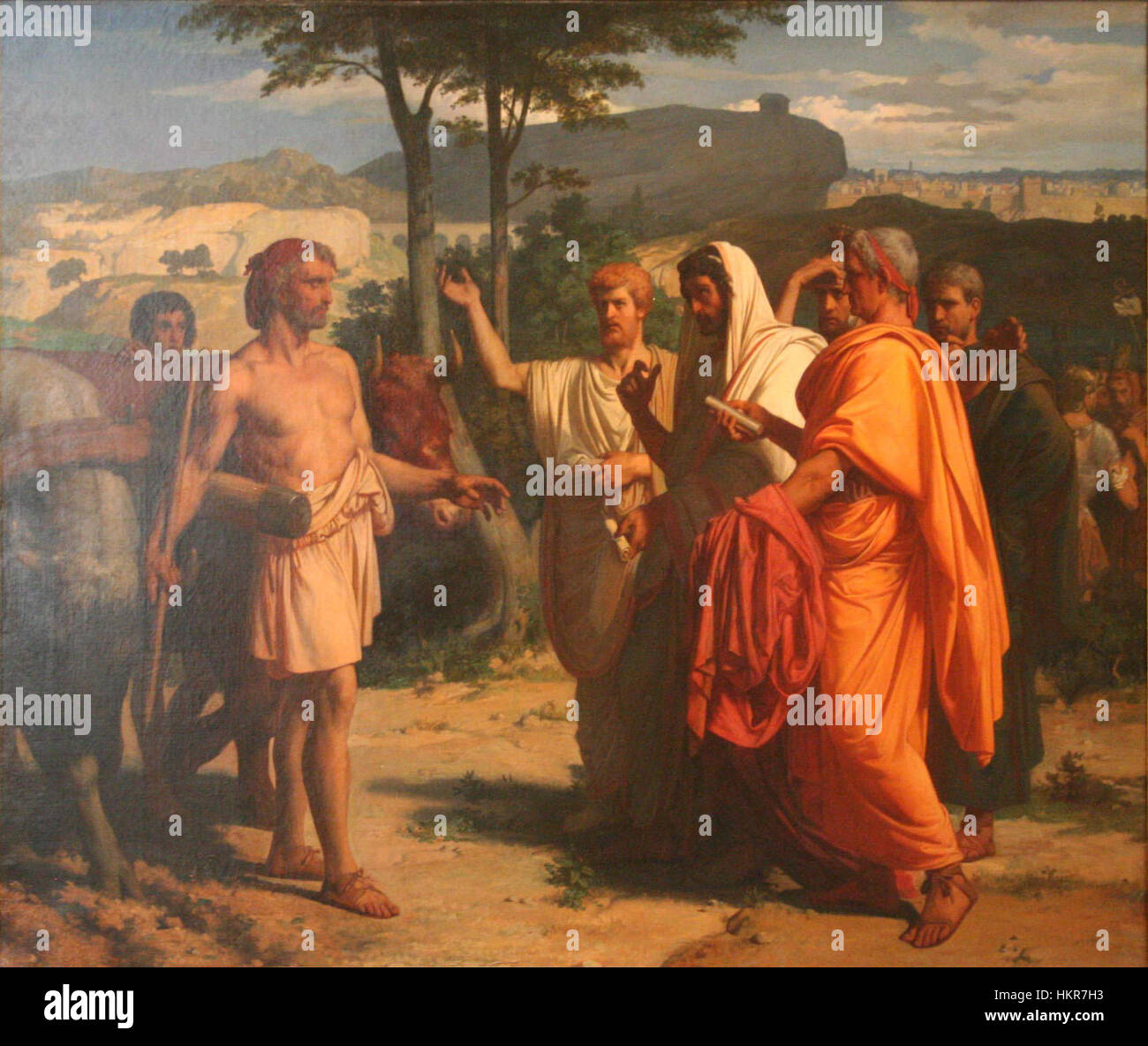 'Cincinnatus' by Alexandre Cabanel is an oil painting depicting the Roman general and statesman Lucius Quinctius Cincinnatus. Known for his leadership during the Roman Republic, the painting captures his return to farming after serving his country. Stock Photohttps://www.alamy.com/image-license-details/?v=1https://www.alamy.com/stock-photo-cincinnatus-by-alexandre-cabanel-is-an-oil-painting-depicting-the-132661903.html
'Cincinnatus' by Alexandre Cabanel is an oil painting depicting the Roman general and statesman Lucius Quinctius Cincinnatus. Known for his leadership during the Roman Republic, the painting captures his return to farming after serving his country. Stock Photohttps://www.alamy.com/image-license-details/?v=1https://www.alamy.com/stock-photo-cincinnatus-by-alexandre-cabanel-is-an-oil-painting-depicting-the-132661903.htmlRMHKR7H3–'Cincinnatus' by Alexandre Cabanel is an oil painting depicting the Roman general and statesman Lucius Quinctius Cincinnatus. Known for his leadership during the Roman Republic, the painting captures his return to farming after serving his country.
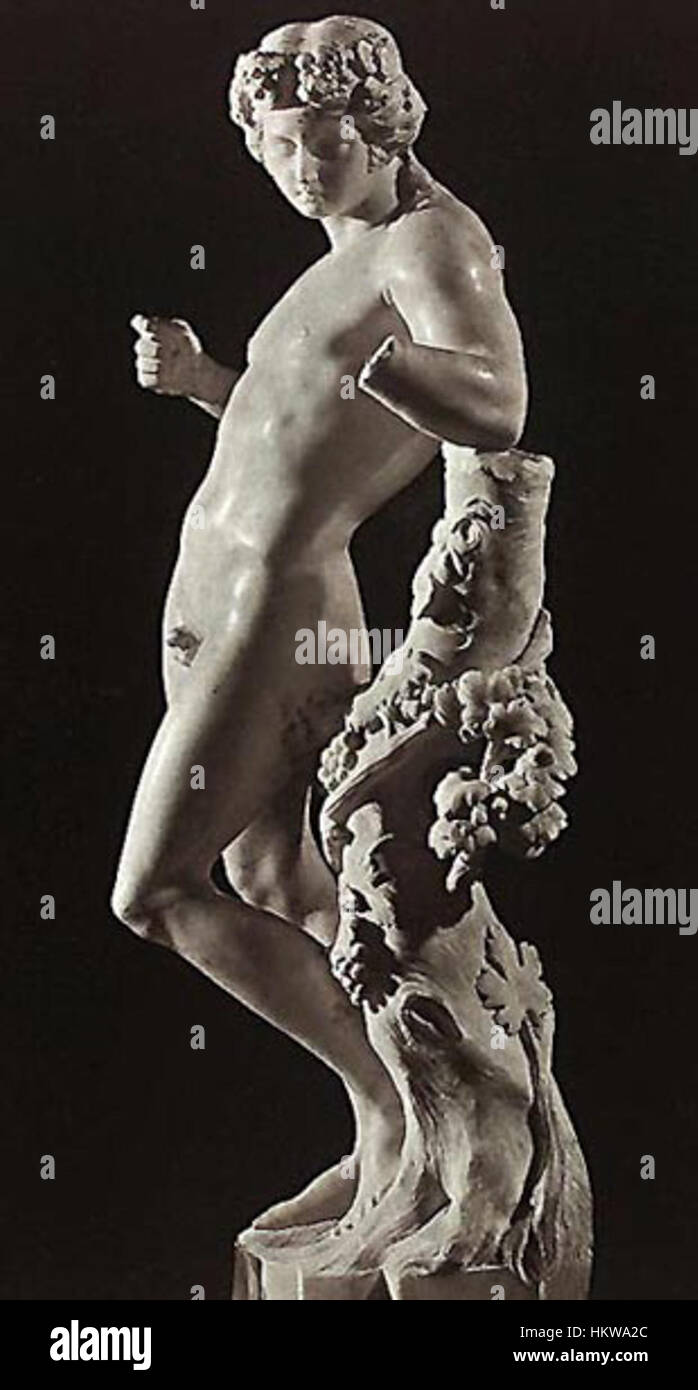 The sculpture 'Baco' by F. Duquesnoy, located in the Doria Pamphili Gallery, depicts Bacchus, the Roman god of wine, captured in dramatic detail and showcasing Baroque artistic techniques. Stock Photohttps://www.alamy.com/image-license-details/?v=1https://www.alamy.com/stock-photo-the-sculpture-baco-by-f-duquesnoy-located-in-the-doria-pamphili-gallery-132707748.html
The sculpture 'Baco' by F. Duquesnoy, located in the Doria Pamphili Gallery, depicts Bacchus, the Roman god of wine, captured in dramatic detail and showcasing Baroque artistic techniques. Stock Photohttps://www.alamy.com/image-license-details/?v=1https://www.alamy.com/stock-photo-the-sculpture-baco-by-f-duquesnoy-located-in-the-doria-pamphili-gallery-132707748.htmlRMHKWA2C–The sculpture 'Baco' by F. Duquesnoy, located in the Doria Pamphili Gallery, depicts Bacchus, the Roman god of wine, captured in dramatic detail and showcasing Baroque artistic techniques.
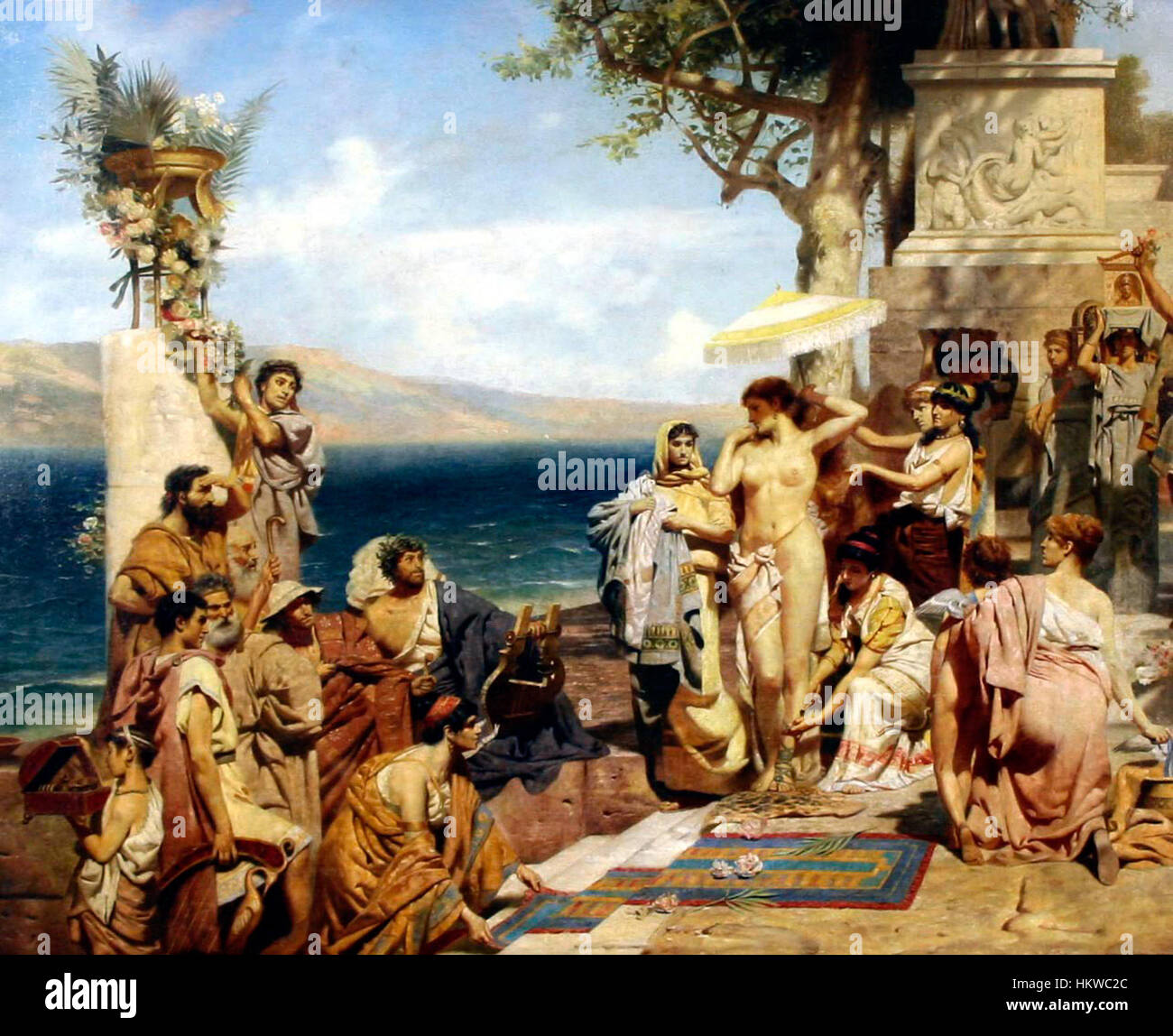 Genrich Ippolitovich Semiradsky's 1882 painting 'Roma' explores the grandeur of ancient Rome, with intricate depictions of Roman life and architecture. The oil painting reflects the artist's mastery of light and detail. Stock Photohttps://www.alamy.com/image-license-details/?v=1https://www.alamy.com/stock-photo-genrich-ippolitovich-semiradskys-1882-painting-roma-explores-the-grandeur-132709316.html
Genrich Ippolitovich Semiradsky's 1882 painting 'Roma' explores the grandeur of ancient Rome, with intricate depictions of Roman life and architecture. The oil painting reflects the artist's mastery of light and detail. Stock Photohttps://www.alamy.com/image-license-details/?v=1https://www.alamy.com/stock-photo-genrich-ippolitovich-semiradskys-1882-painting-roma-explores-the-grandeur-132709316.htmlRMHKWC2C–Genrich Ippolitovich Semiradsky's 1882 painting 'Roma' explores the grandeur of ancient Rome, with intricate depictions of Roman life and architecture. The oil painting reflects the artist's mastery of light and detail.
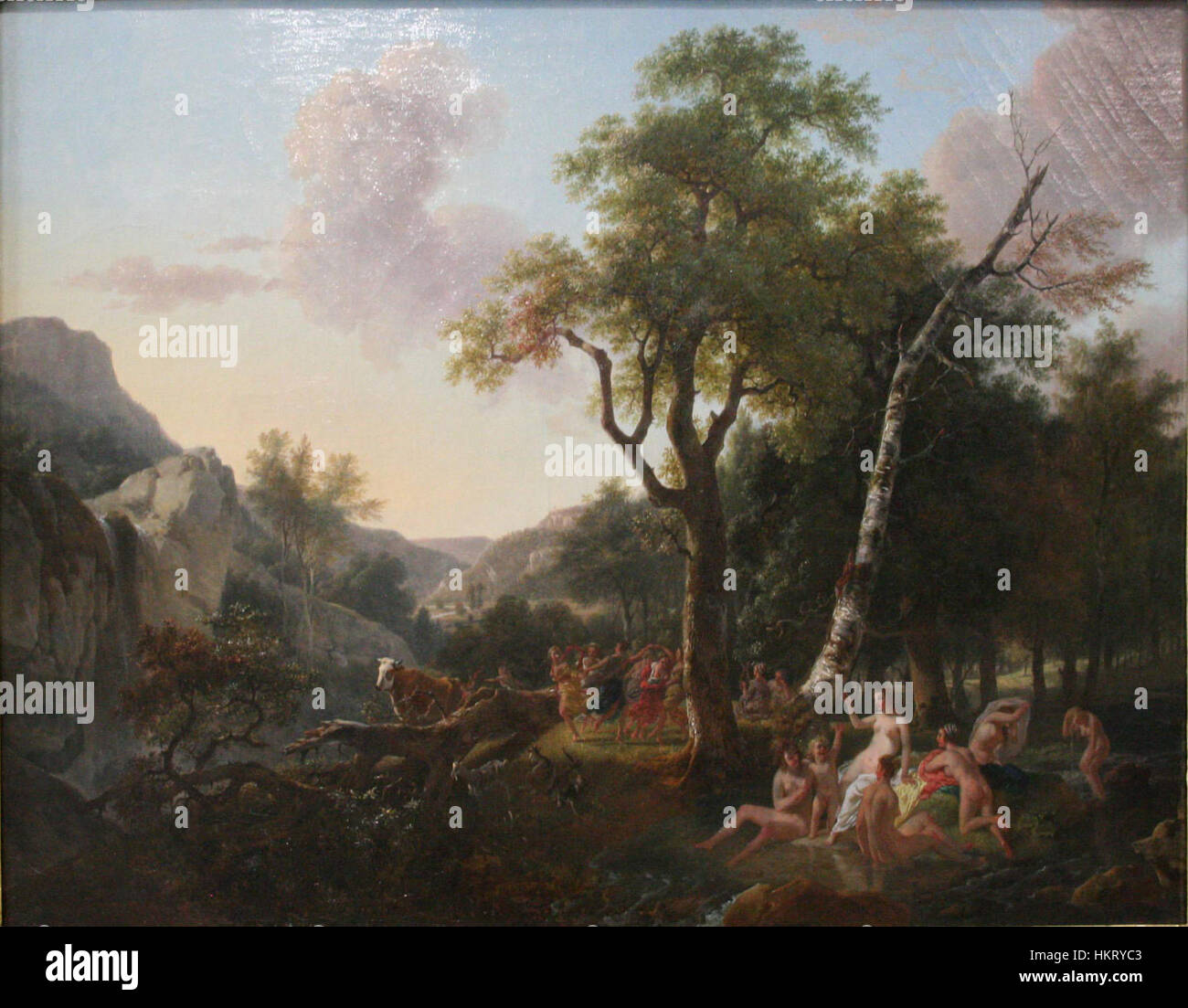 'Demarne-Bacchus' is a painting that depicts the Roman god Bacchus, known for his association with wine and revelry. The artwork conveys Bacchus's joyful and celebratory nature, captured through expressive brushwork and vibrant colors. Stock Photohttps://www.alamy.com/image-license-details/?v=1https://www.alamy.com/stock-photo-demarne-bacchus-is-a-painting-that-depicts-the-roman-god-bacchus-known-132677443.html
'Demarne-Bacchus' is a painting that depicts the Roman god Bacchus, known for his association with wine and revelry. The artwork conveys Bacchus's joyful and celebratory nature, captured through expressive brushwork and vibrant colors. Stock Photohttps://www.alamy.com/image-license-details/?v=1https://www.alamy.com/stock-photo-demarne-bacchus-is-a-painting-that-depicts-the-roman-god-bacchus-known-132677443.htmlRMHKRYC3–'Demarne-Bacchus' is a painting that depicts the Roman god Bacchus, known for his association with wine and revelry. The artwork conveys Bacchus's joyful and celebratory nature, captured through expressive brushwork and vibrant colors.
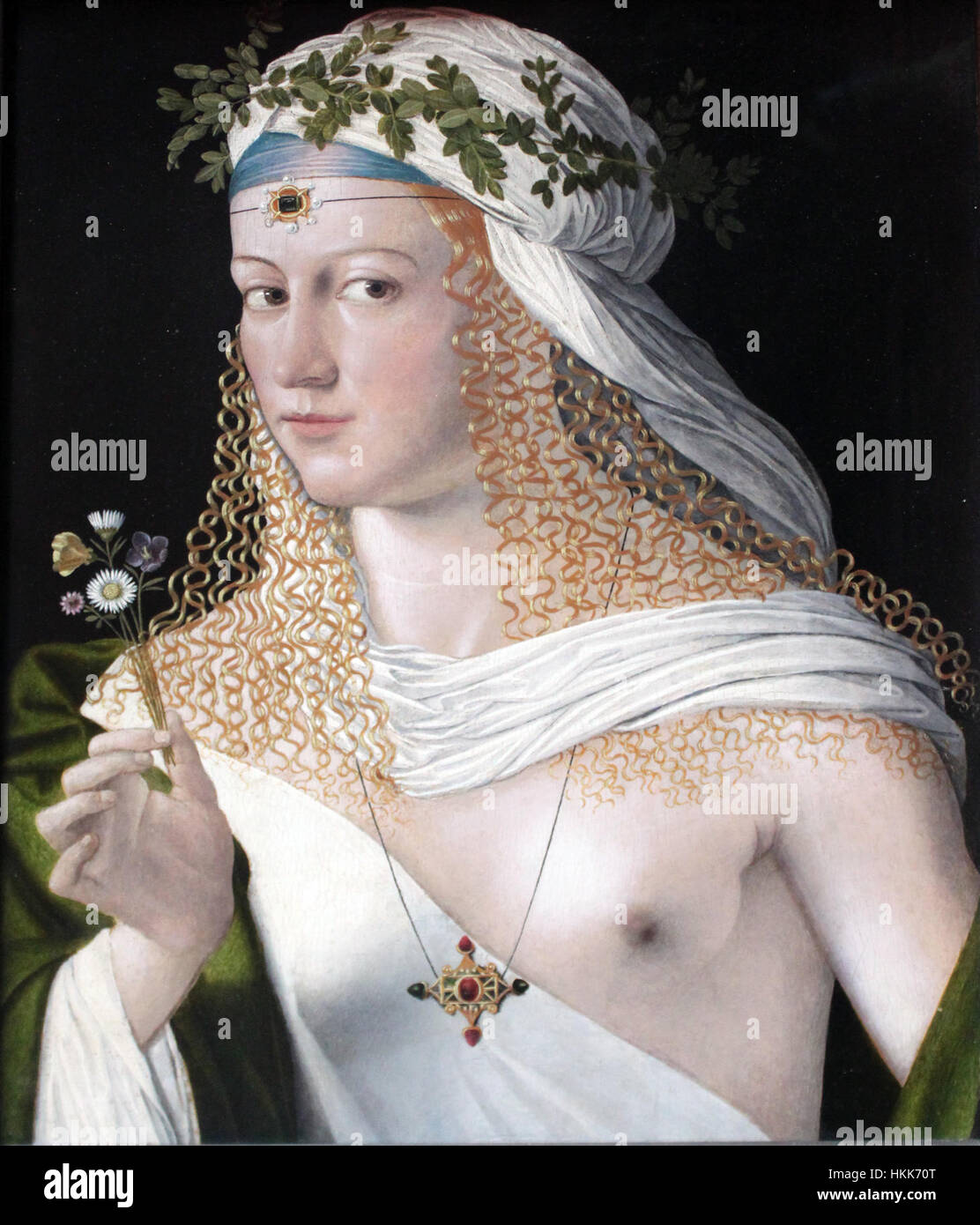 The *Idealbildnis einer Kurtisane als Flora* (1520) is a Renaissance painting depicting a courtesan portrayed as the Roman goddess Flora. The painting reflects the artistic trends of the period, blending mythological and humanist elements. Stock Photohttps://www.alamy.com/image-license-details/?v=1https://www.alamy.com/stock-photo-the-idealbildnis-einer-kurtisane-als-flora-1520-is-a-renaissance-painting-132573640.html
The *Idealbildnis einer Kurtisane als Flora* (1520) is a Renaissance painting depicting a courtesan portrayed as the Roman goddess Flora. The painting reflects the artistic trends of the period, blending mythological and humanist elements. Stock Photohttps://www.alamy.com/image-license-details/?v=1https://www.alamy.com/stock-photo-the-idealbildnis-einer-kurtisane-als-flora-1520-is-a-renaissance-painting-132573640.htmlRMHKK70T–The *Idealbildnis einer Kurtisane als Flora* (1520) is a Renaissance painting depicting a courtesan portrayed as the Roman goddess Flora. The painting reflects the artistic trends of the period, blending mythological and humanist elements.
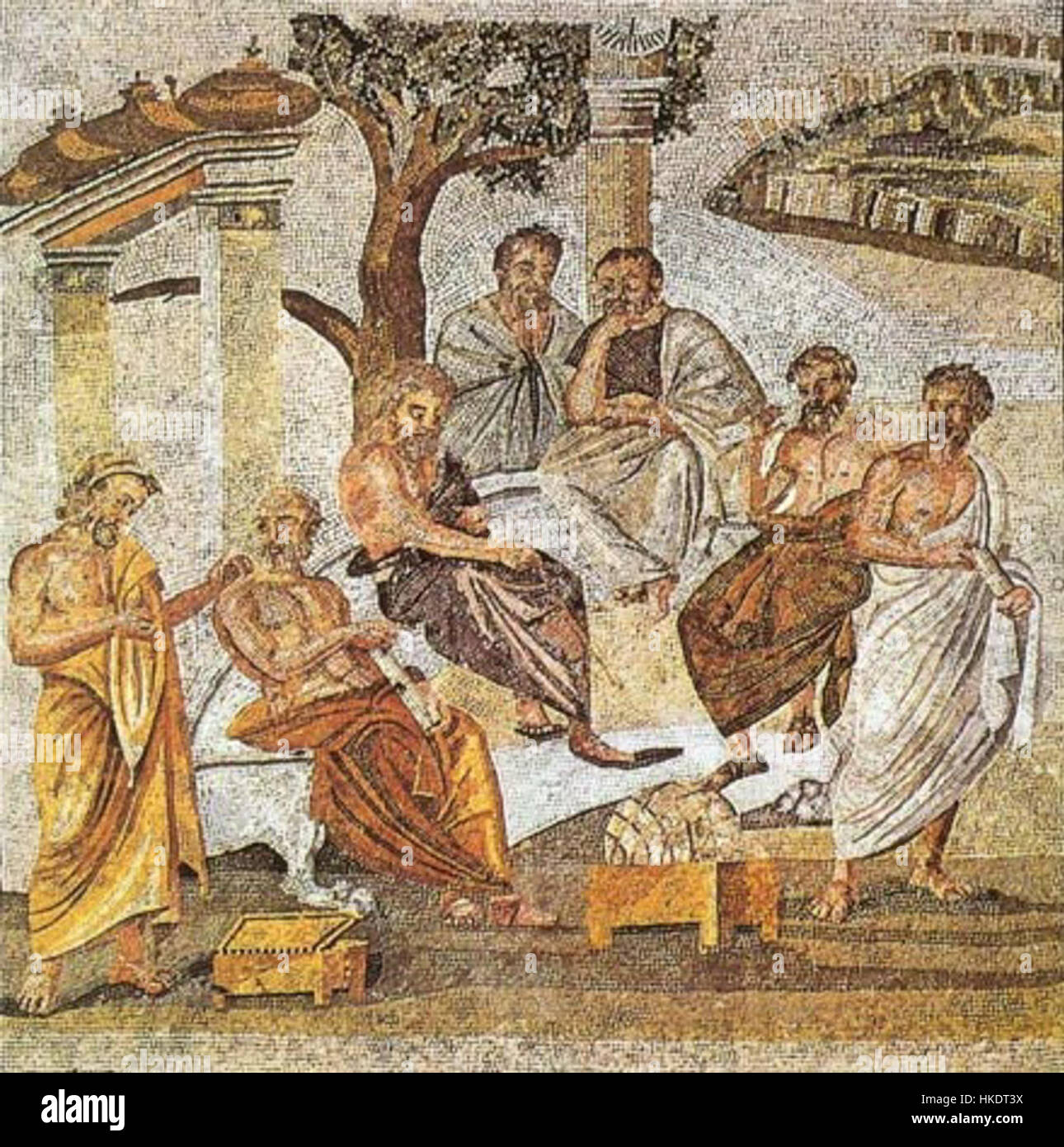 The Plato’s Academy mosaic, found in Pompeii, depicts the great philosopher surrounded by his students. This ancient Roman artwork offers a glimpse into the intellectual life of antiquity and the reverence for philosophy during Roman times. Stock Photohttps://www.alamy.com/image-license-details/?v=1https://www.alamy.com/stock-photo-the-platos-academy-mosaic-found-in-pompeii-depicts-the-great-philosopher-132455342.html
The Plato’s Academy mosaic, found in Pompeii, depicts the great philosopher surrounded by his students. This ancient Roman artwork offers a glimpse into the intellectual life of antiquity and the reverence for philosophy during Roman times. Stock Photohttps://www.alamy.com/image-license-details/?v=1https://www.alamy.com/stock-photo-the-platos-academy-mosaic-found-in-pompeii-depicts-the-great-philosopher-132455342.htmlRMHKDT3X–The Plato’s Academy mosaic, found in Pompeii, depicts the great philosopher surrounded by his students. This ancient Roman artwork offers a glimpse into the intellectual life of antiquity and the reverence for philosophy during Roman times.
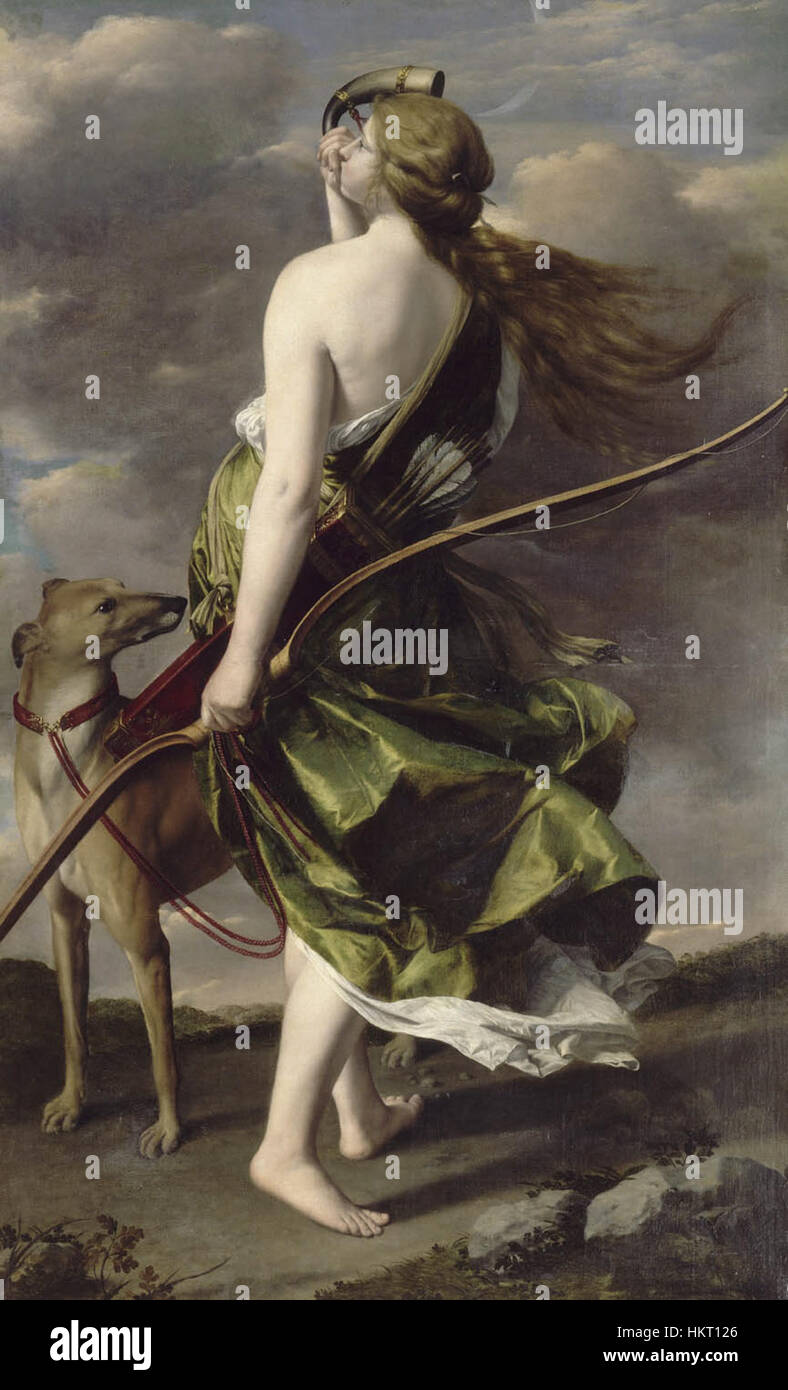 Orazio Gentileschi’s 'Diana the Huntress' from the 17th century depicts the Roman goddess in a dynamic pose, emphasizing her strength and grace. The oil painting showcases Gentileschi’s mastery in rendering figures with dramatic movement. Stock Photohttps://www.alamy.com/image-license-details/?v=1https://www.alamy.com/stock-photo-orazio-gentileschis-diana-the-huntress-from-the-17th-century-depicts-132678734.html
Orazio Gentileschi’s 'Diana the Huntress' from the 17th century depicts the Roman goddess in a dynamic pose, emphasizing her strength and grace. The oil painting showcases Gentileschi’s mastery in rendering figures with dramatic movement. Stock Photohttps://www.alamy.com/image-license-details/?v=1https://www.alamy.com/stock-photo-orazio-gentileschis-diana-the-huntress-from-the-17th-century-depicts-132678734.htmlRMHKT126–Orazio Gentileschi’s 'Diana the Huntress' from the 17th century depicts the Roman goddess in a dynamic pose, emphasizing her strength and grace. The oil painting showcases Gentileschi’s mastery in rendering figures with dramatic movement.
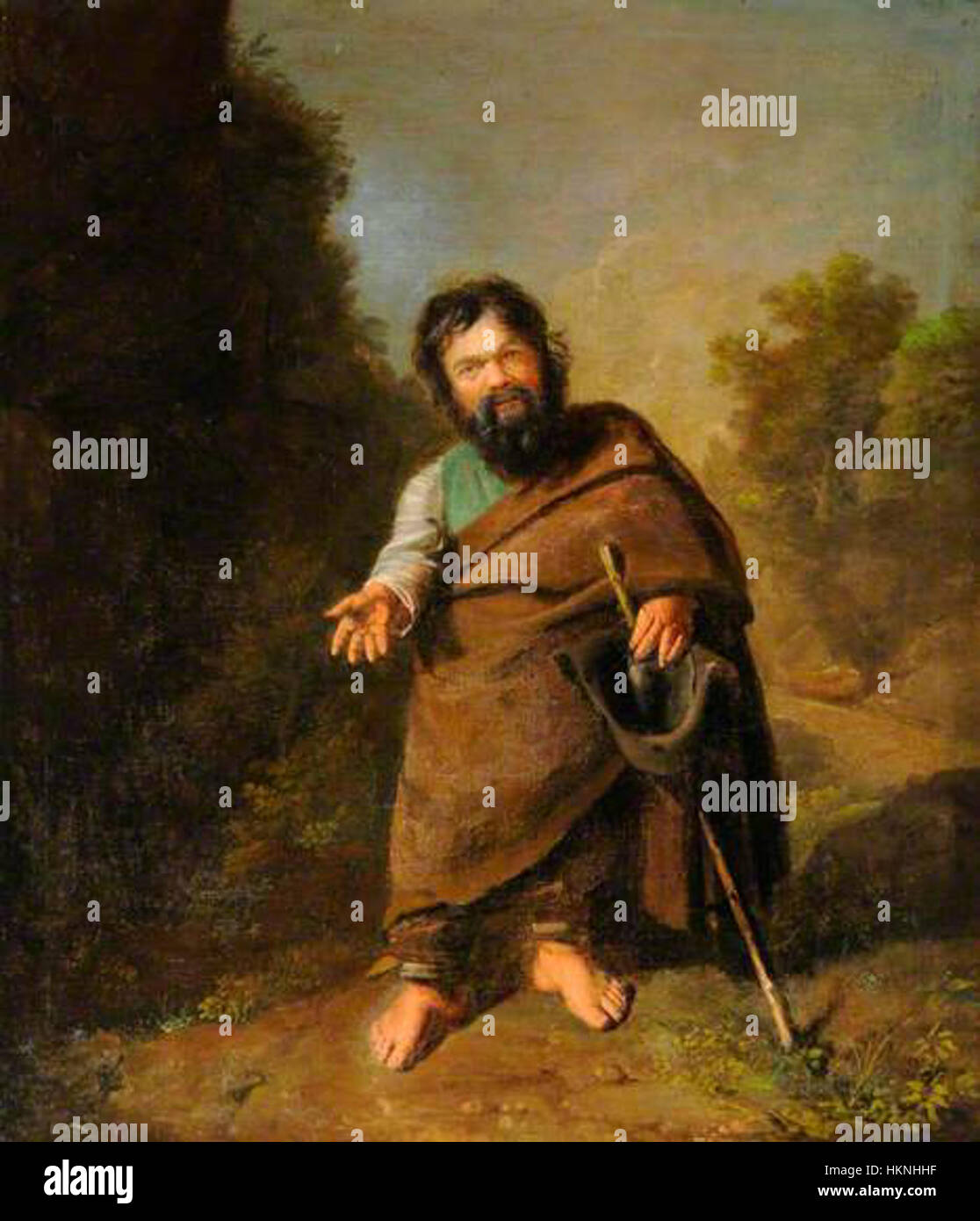 This 18th-century portrait of Baicco, the Roman dwarf, painted by Philip Wickstead, captures the figure’s stature and presence. The painting is part of the collection at Burton Constable Hall and reflects the period's style of portraiture, focusing on the subject's unique appearance. Stock Photohttps://www.alamy.com/image-license-details/?v=1https://www.alamy.com/stock-photo-this-18th-century-portrait-of-baicco-the-roman-dwarf-painted-by-philip-132625851.html
This 18th-century portrait of Baicco, the Roman dwarf, painted by Philip Wickstead, captures the figure’s stature and presence. The painting is part of the collection at Burton Constable Hall and reflects the period's style of portraiture, focusing on the subject's unique appearance. Stock Photohttps://www.alamy.com/image-license-details/?v=1https://www.alamy.com/stock-photo-this-18th-century-portrait-of-baicco-the-roman-dwarf-painted-by-philip-132625851.htmlRMHKNHHF–This 18th-century portrait of Baicco, the Roman dwarf, painted by Philip Wickstead, captures the figure’s stature and presence. The painting is part of the collection at Burton Constable Hall and reflects the period's style of portraiture, focusing on the subject's unique appearance.
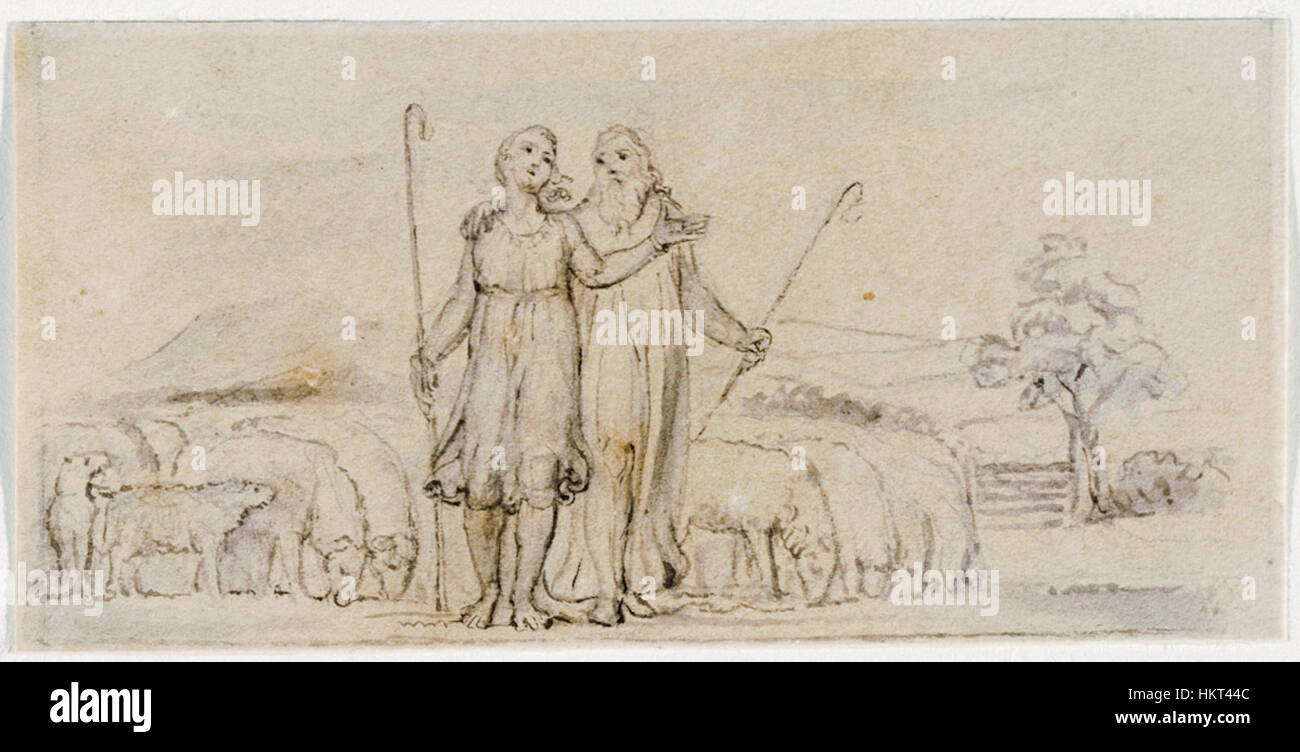 This drawing, part of the design for Virgil's 'The Pastorals,' depicts Colinet and Thenot, two figures from the classical work, standing together and conversing with sheep behind them. The design exemplifies the pastoral and serene themes of Virgil’s writing. Stock Photohttps://www.alamy.com/image-license-details/?v=1https://www.alamy.com/stock-photo-this-drawing-part-of-the-design-for-virgils-the-pastorals-depicts-132681148.html
This drawing, part of the design for Virgil's 'The Pastorals,' depicts Colinet and Thenot, two figures from the classical work, standing together and conversing with sheep behind them. The design exemplifies the pastoral and serene themes of Virgil’s writing. Stock Photohttps://www.alamy.com/image-license-details/?v=1https://www.alamy.com/stock-photo-this-drawing-part-of-the-design-for-virgils-the-pastorals-depicts-132681148.htmlRMHKT44C–This drawing, part of the design for Virgil's 'The Pastorals,' depicts Colinet and Thenot, two figures from the classical work, standing together and conversing with sheep behind them. The design exemplifies the pastoral and serene themes of Virgil’s writing.
 The painting 'Archimedes burns Roman ships with burning mirrors' illustrates the legendary moment when Archimedes used mirrors to set fire to the Roman fleet. The historical scene showcases the combination of ancient technology and strategic warfare during the Siege of Syracuse. Stock Photohttps://www.alamy.com/image-license-details/?v=1https://www.alamy.com/stock-photo-the-painting-archimedes-burns-roman-ships-with-burning-mirrors-illustrates-132624816.html
The painting 'Archimedes burns Roman ships with burning mirrors' illustrates the legendary moment when Archimedes used mirrors to set fire to the Roman fleet. The historical scene showcases the combination of ancient technology and strategic warfare during the Siege of Syracuse. Stock Photohttps://www.alamy.com/image-license-details/?v=1https://www.alamy.com/stock-photo-the-painting-archimedes-burns-roman-ships-with-burning-mirrors-illustrates-132624816.htmlRMHKNG8G–The painting 'Archimedes burns Roman ships with burning mirrors' illustrates the legendary moment when Archimedes used mirrors to set fire to the Roman fleet. The historical scene showcases the combination of ancient technology and strategic warfare during the Siege of Syracuse.
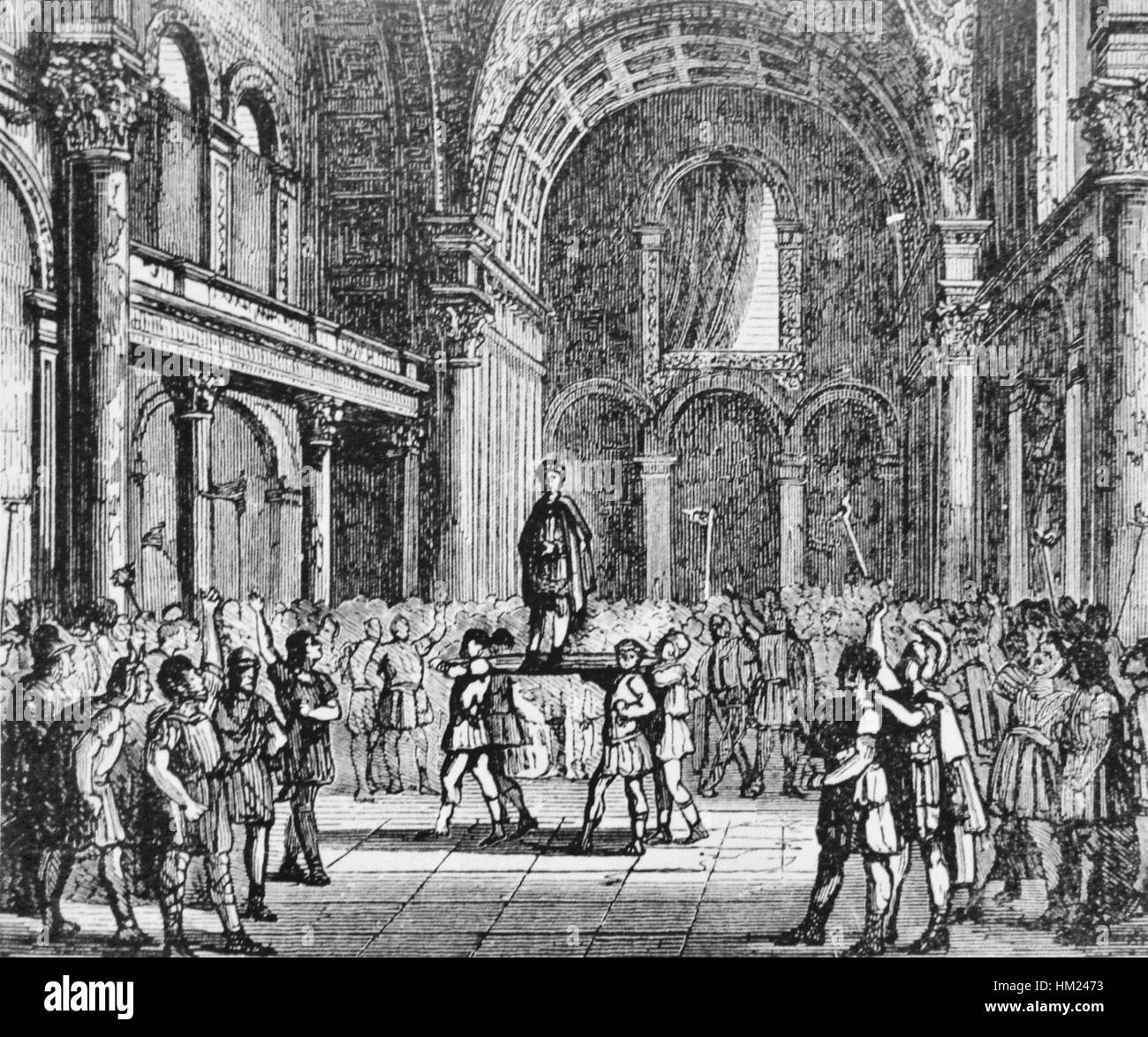 This artwork depicts the moment Julian was crowned Emperor in Cluny, February 360. Julian, known for his role in the Roman Empire, was one of the last rulers of the Constantinian dynasty, marking a significant point in Roman history. Stock Photohttps://www.alamy.com/image-license-details/?v=1https://www.alamy.com/stock-photo-this-artwork-depicts-the-moment-julian-was-crowned-emperor-in-cluny-132812935.html
This artwork depicts the moment Julian was crowned Emperor in Cluny, February 360. Julian, known for his role in the Roman Empire, was one of the last rulers of the Constantinian dynasty, marking a significant point in Roman history. Stock Photohttps://www.alamy.com/image-license-details/?v=1https://www.alamy.com/stock-photo-this-artwork-depicts-the-moment-julian-was-crowned-emperor-in-cluny-132812935.htmlRMHM2473–This artwork depicts the moment Julian was crowned Emperor in Cluny, February 360. Julian, known for his role in the Roman Empire, was one of the last rulers of the Constantinian dynasty, marking a significant point in Roman history.
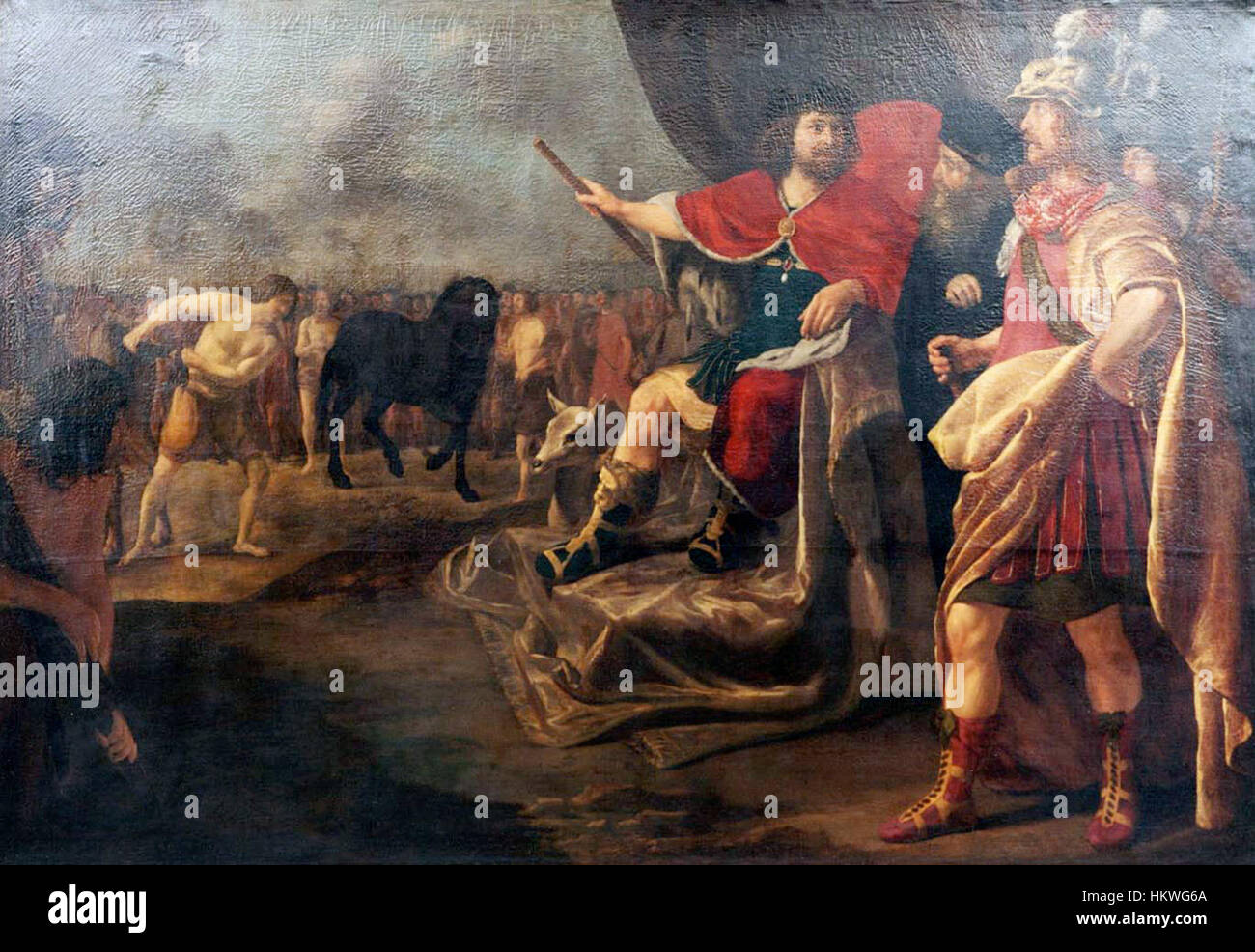 Gerard van Kuijl's 1638 painting 'Quintus Sertorius and the Horse Tail' depicts the Roman general Sertorius, showcasing his leadership and military prowess. The artwork highlights the dramatic moment in history when Sertorius displayed the horse tail as a symbol of his defiance against Rome. Stock Photohttps://www.alamy.com/image-license-details/?v=1https://www.alamy.com/stock-photo-gerard-van-kuijls-1638-painting-quintus-sertorius-and-the-horse-tail-132712562.html
Gerard van Kuijl's 1638 painting 'Quintus Sertorius and the Horse Tail' depicts the Roman general Sertorius, showcasing his leadership and military prowess. The artwork highlights the dramatic moment in history when Sertorius displayed the horse tail as a symbol of his defiance against Rome. Stock Photohttps://www.alamy.com/image-license-details/?v=1https://www.alamy.com/stock-photo-gerard-van-kuijls-1638-painting-quintus-sertorius-and-the-horse-tail-132712562.htmlRMHKWG6A–Gerard van Kuijl's 1638 painting 'Quintus Sertorius and the Horse Tail' depicts the Roman general Sertorius, showcasing his leadership and military prowess. The artwork highlights the dramatic moment in history when Sertorius displayed the horse tail as a symbol of his defiance against Rome.
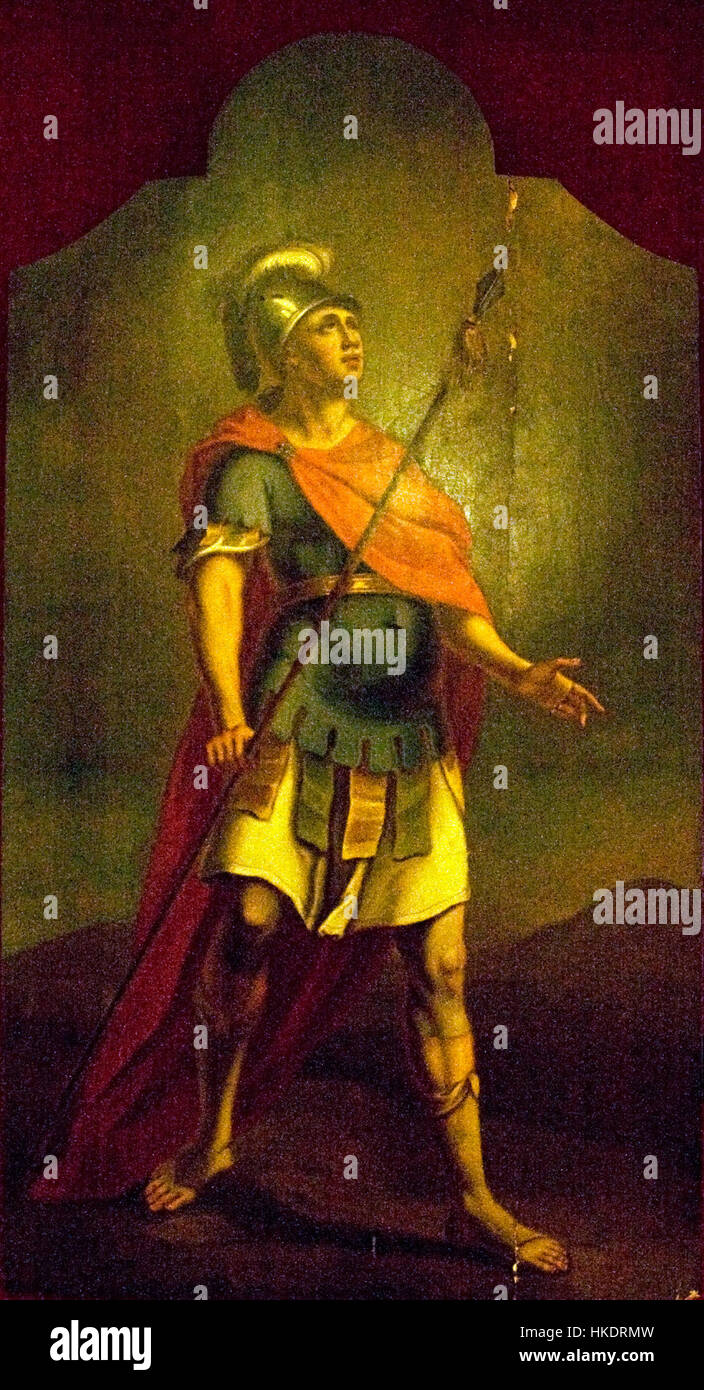 This depiction of a Roman soldier from a Calvary group showcases the military strength and discipline of ancient Rome. The painting highlights detailed armor and the soldier’s strategic role in the Roman army, offering a glimpse into the world of ancient warfare. This piece is a striking representation of Roman history. Stock Photohttps://www.alamy.com/image-license-details/?v=1https://www.alamy.com/stock-photo-this-depiction-of-a-roman-soldier-from-a-calvary-group-showcases-the-132455033.html
This depiction of a Roman soldier from a Calvary group showcases the military strength and discipline of ancient Rome. The painting highlights detailed armor and the soldier’s strategic role in the Roman army, offering a glimpse into the world of ancient warfare. This piece is a striking representation of Roman history. Stock Photohttps://www.alamy.com/image-license-details/?v=1https://www.alamy.com/stock-photo-this-depiction-of-a-roman-soldier-from-a-calvary-group-showcases-the-132455033.htmlRMHKDRMW–This depiction of a Roman soldier from a Calvary group showcases the military strength and discipline of ancient Rome. The painting highlights detailed armor and the soldier’s strategic role in the Roman army, offering a glimpse into the world of ancient warfare. This piece is a striking representation of Roman history.
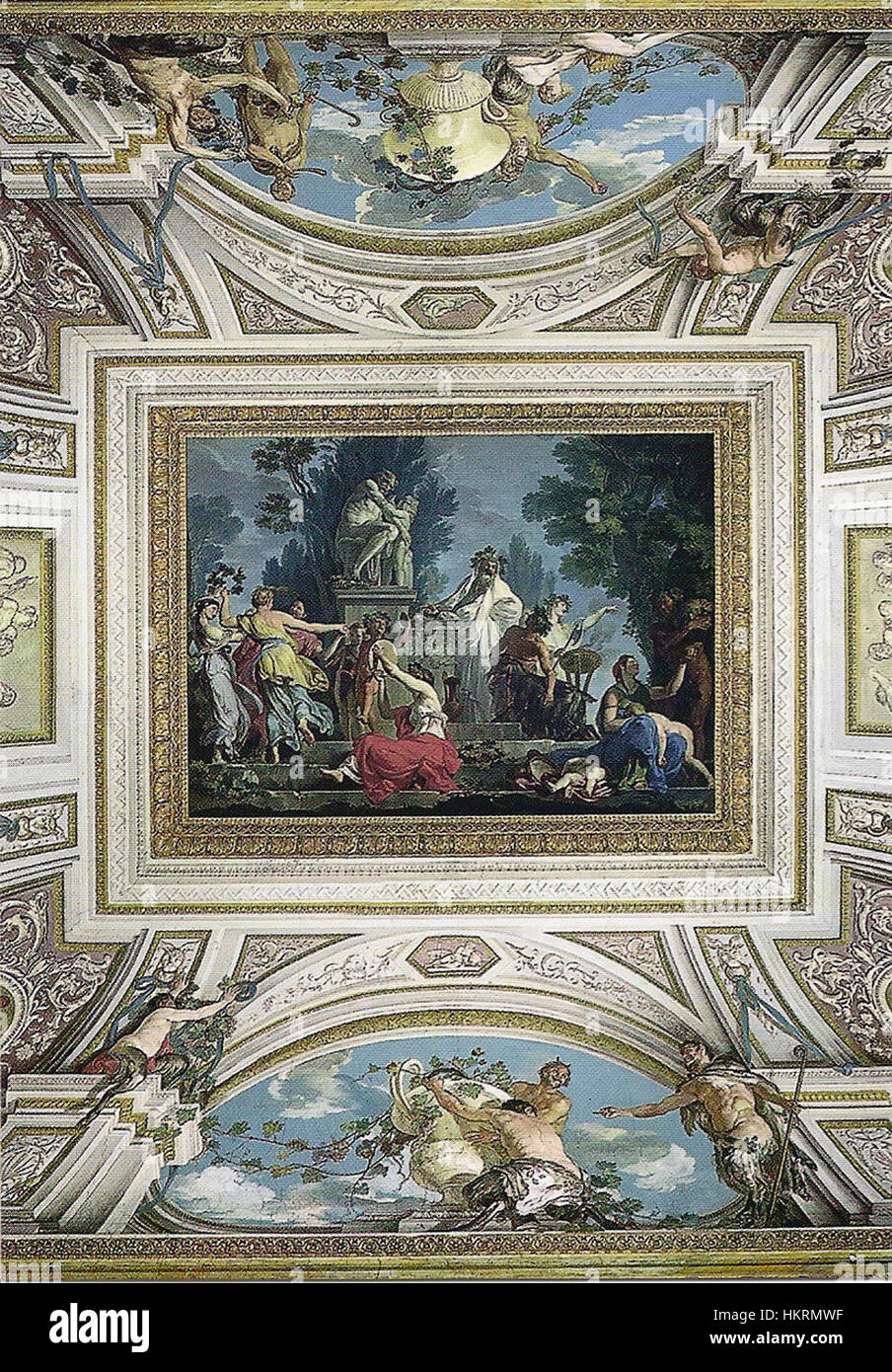 Tommaso Conca's painting 'Sacrificio a Sileno' (1775-1778) depicts a mythological scene involving the god Silenus. The artwork showcases Conca's mastery of classical themes and his skill in portraying dynamic figures and intricate details in a mythological context. Stock Photohttps://www.alamy.com/image-license-details/?v=1https://www.alamy.com/stock-photo-tommaso-concas-painting-sacrificio-a-sileno-1775-1778-depicts-a-mythological-132672331.html
Tommaso Conca's painting 'Sacrificio a Sileno' (1775-1778) depicts a mythological scene involving the god Silenus. The artwork showcases Conca's mastery of classical themes and his skill in portraying dynamic figures and intricate details in a mythological context. Stock Photohttps://www.alamy.com/image-license-details/?v=1https://www.alamy.com/stock-photo-tommaso-concas-painting-sacrificio-a-sileno-1775-1778-depicts-a-mythological-132672331.htmlRMHKRMWF–Tommaso Conca's painting 'Sacrificio a Sileno' (1775-1778) depicts a mythological scene involving the god Silenus. The artwork showcases Conca's mastery of classical themes and his skill in portraying dynamic figures and intricate details in a mythological context.
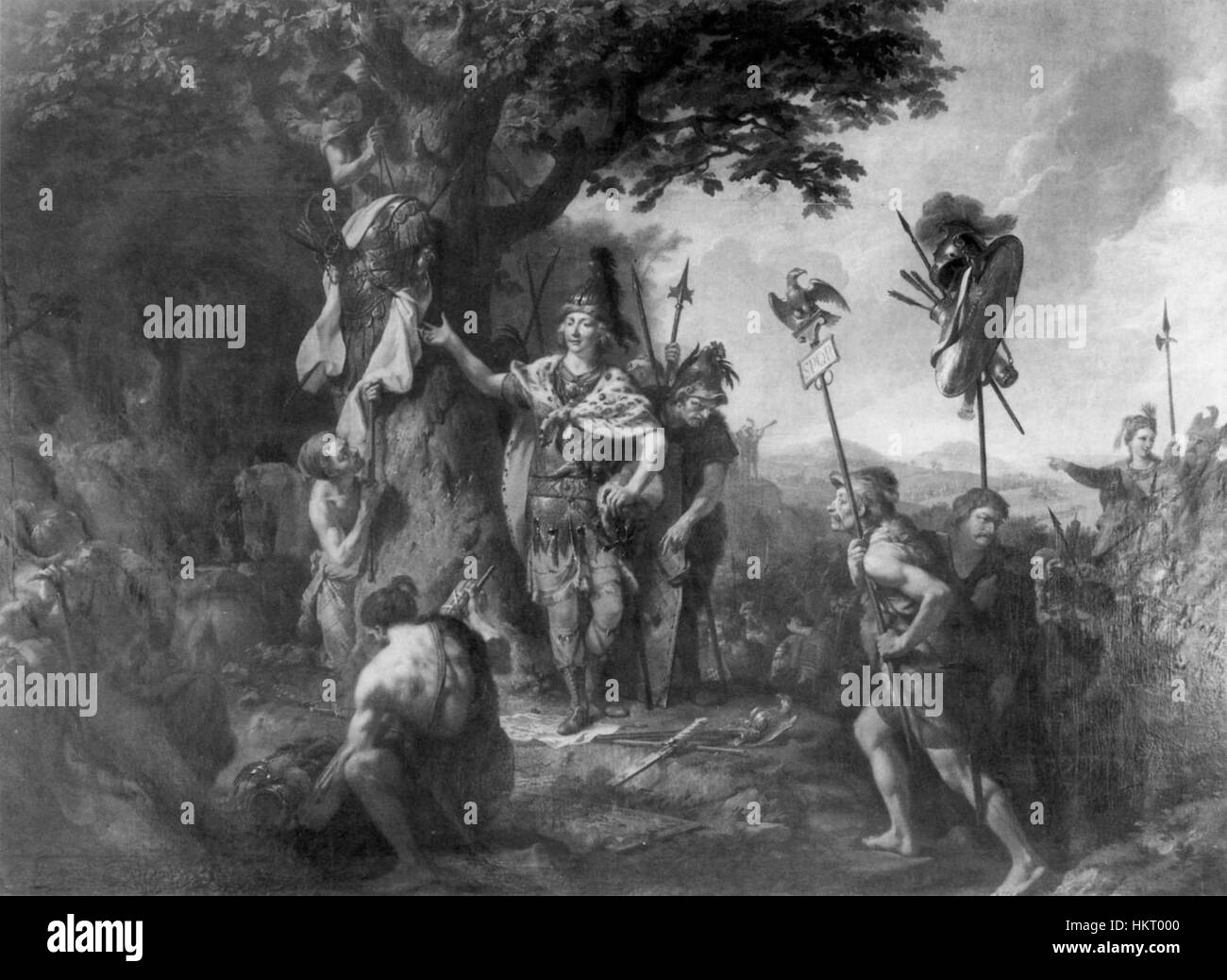 Der Triumph Hermanns, painted by Tischbein, illustrates the victory of Arminius (Hermann) over the Roman legions in 9 AD, a pivotal moment in Germanic history. The painting portrays Arminius in triumph, symbolizing the defeat of Roman forces in the Teutoburg Forest. This historical artwork emphasizes the importance of the battle in shaping Germanic identity and resistance. Stock Photohttps://www.alamy.com/image-license-details/?v=1https://www.alamy.com/stock-photo-der-triumph-hermanns-painted-by-tischbein-illustrates-the-victory-132677888.html
Der Triumph Hermanns, painted by Tischbein, illustrates the victory of Arminius (Hermann) over the Roman legions in 9 AD, a pivotal moment in Germanic history. The painting portrays Arminius in triumph, symbolizing the defeat of Roman forces in the Teutoburg Forest. This historical artwork emphasizes the importance of the battle in shaping Germanic identity and resistance. Stock Photohttps://www.alamy.com/image-license-details/?v=1https://www.alamy.com/stock-photo-der-triumph-hermanns-painted-by-tischbein-illustrates-the-victory-132677888.htmlRMHKT000–Der Triumph Hermanns, painted by Tischbein, illustrates the victory of Arminius (Hermann) over the Roman legions in 9 AD, a pivotal moment in Germanic history. The painting portrays Arminius in triumph, symbolizing the defeat of Roman forces in the Teutoburg Forest. This historical artwork emphasizes the importance of the battle in shaping Germanic identity and resistance.
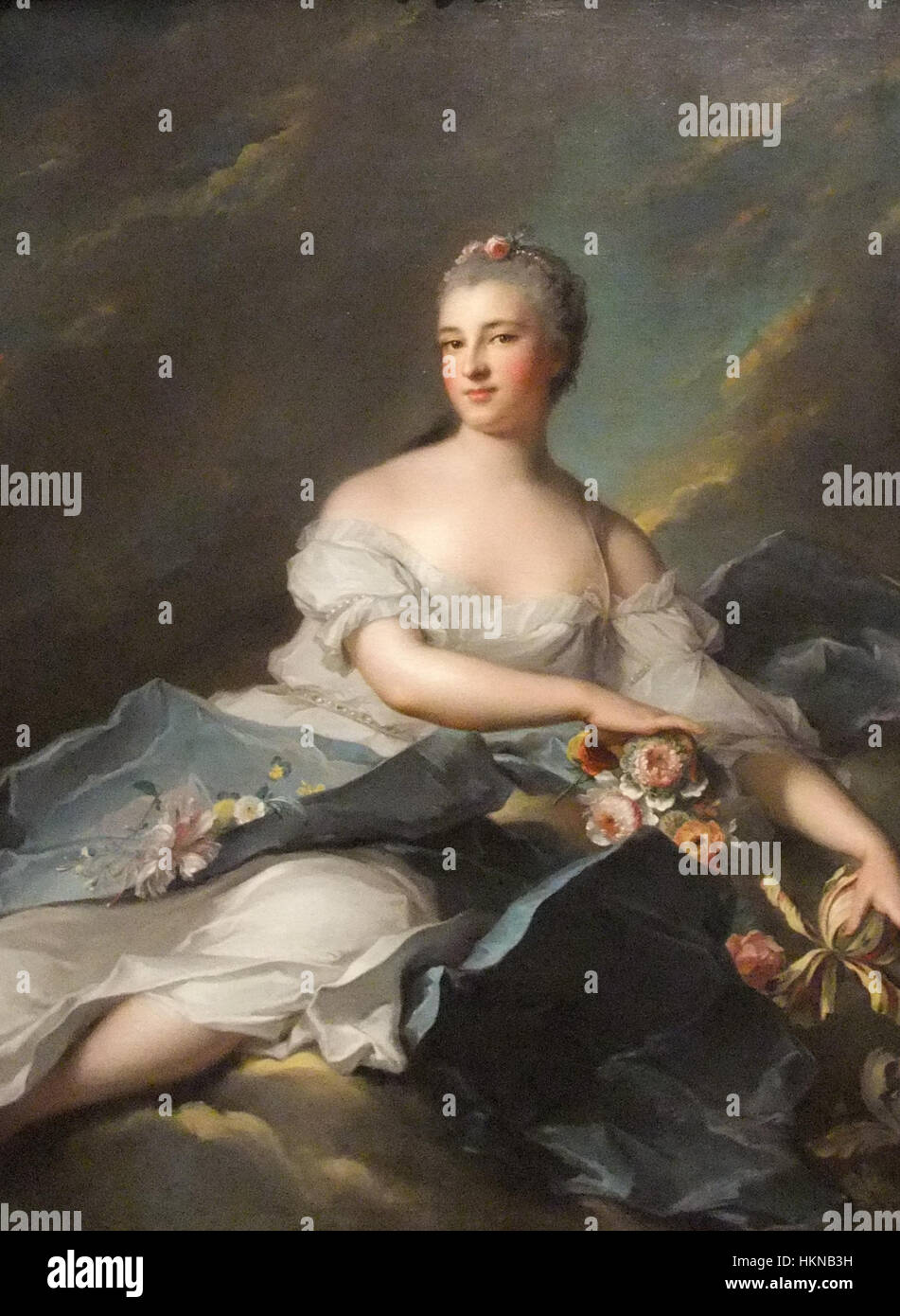 This portrait of Baronne Rigoley d'Ogny as Aurora, painted by Jean-Marc Nattier, features the aristocratic figure in the guise of the Roman goddess of dawn, Aurora. The work highlights Nattier's skill in portraying nobility in mythological themes. Stock Photohttps://www.alamy.com/image-license-details/?v=1https://www.alamy.com/stock-photo-this-portrait-of-baronne-rigoley-dogny-as-aurora-painted-by-jean-marc-132620757.html
This portrait of Baronne Rigoley d'Ogny as Aurora, painted by Jean-Marc Nattier, features the aristocratic figure in the guise of the Roman goddess of dawn, Aurora. The work highlights Nattier's skill in portraying nobility in mythological themes. Stock Photohttps://www.alamy.com/image-license-details/?v=1https://www.alamy.com/stock-photo-this-portrait-of-baronne-rigoley-dogny-as-aurora-painted-by-jean-marc-132620757.htmlRMHKNB3H–This portrait of Baronne Rigoley d'Ogny as Aurora, painted by Jean-Marc Nattier, features the aristocratic figure in the guise of the Roman goddess of dawn, Aurora. The work highlights Nattier's skill in portraying nobility in mythological themes.
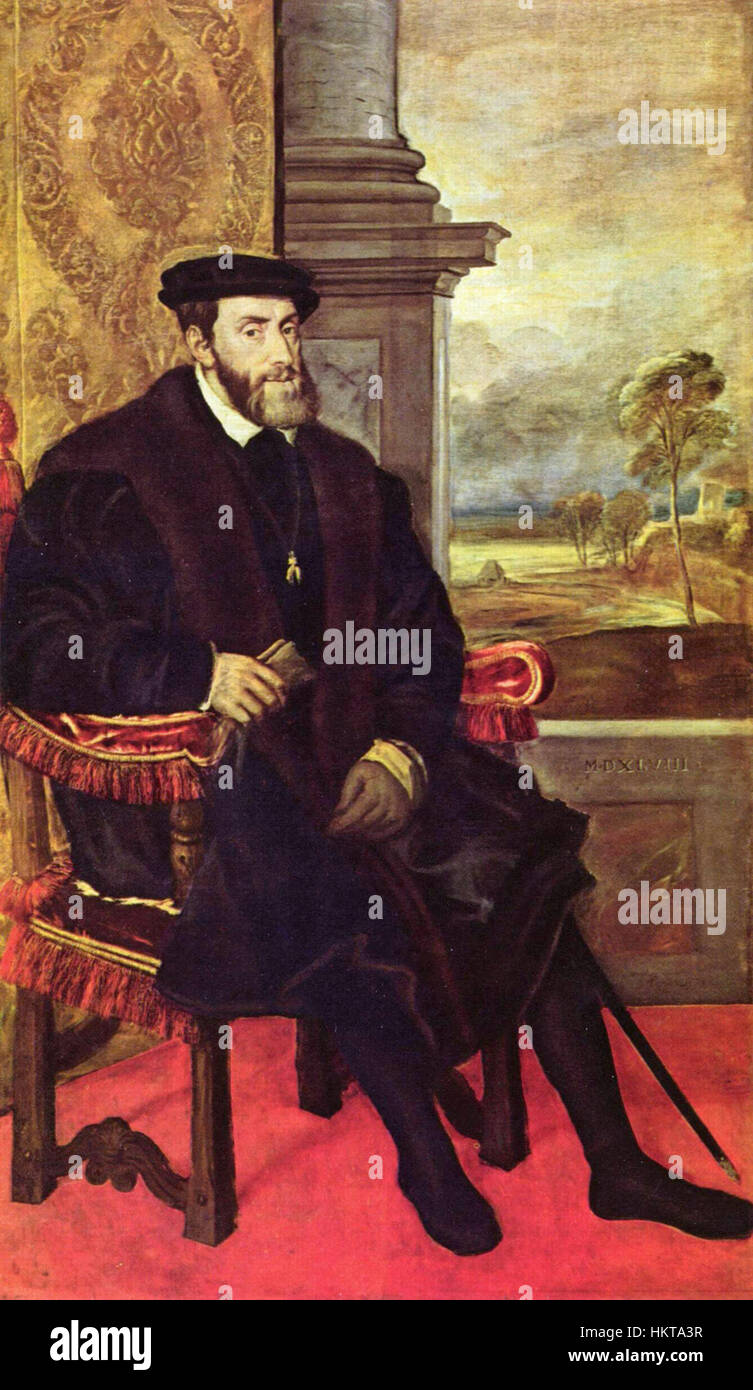 'Emperor Charles V' by Titian is a majestic portrait of the Holy Roman Emperor Charles V. The painting highlights his royal regalia, confident demeanor, and imperial power, capturing the essence of his reign during the 16th century. Stock Photohttps://www.alamy.com/image-license-details/?v=1https://www.alamy.com/stock-photo-emperor-charles-v-by-titian-is-a-majestic-portrait-of-the-holy-roman-132685835.html
'Emperor Charles V' by Titian is a majestic portrait of the Holy Roman Emperor Charles V. The painting highlights his royal regalia, confident demeanor, and imperial power, capturing the essence of his reign during the 16th century. Stock Photohttps://www.alamy.com/image-license-details/?v=1https://www.alamy.com/stock-photo-emperor-charles-v-by-titian-is-a-majestic-portrait-of-the-holy-roman-132685835.htmlRMHKTA3R–'Emperor Charles V' by Titian is a majestic portrait of the Holy Roman Emperor Charles V. The painting highlights his royal regalia, confident demeanor, and imperial power, capturing the essence of his reign during the 16th century.
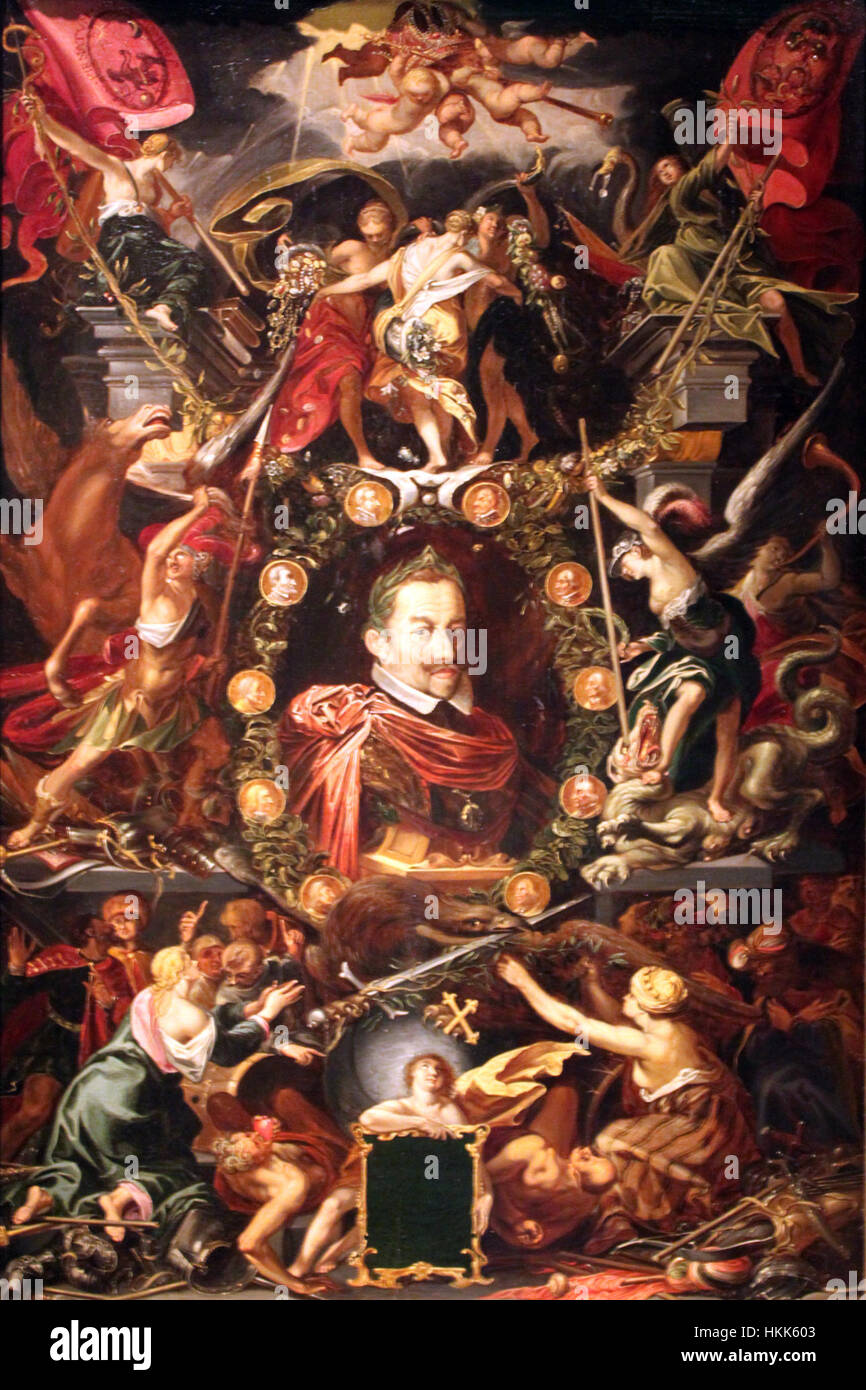 The 1614 painting by Sadeler, 'Allegory of the Government of Emperor Matthias,' illustrates the power and authority of the Holy Roman Emperor during his reign, symbolized through allegorical figures and historical context. Stock Photohttps://www.alamy.com/image-license-details/?v=1https://www.alamy.com/stock-photo-the-1614-painting-by-sadeler-allegory-of-the-government-of-emperor-132572835.html
The 1614 painting by Sadeler, 'Allegory of the Government of Emperor Matthias,' illustrates the power and authority of the Holy Roman Emperor during his reign, symbolized through allegorical figures and historical context. Stock Photohttps://www.alamy.com/image-license-details/?v=1https://www.alamy.com/stock-photo-the-1614-painting-by-sadeler-allegory-of-the-government-of-emperor-132572835.htmlRMHKK603–The 1614 painting by Sadeler, 'Allegory of the Government of Emperor Matthias,' illustrates the power and authority of the Holy Roman Emperor during his reign, symbolized through allegorical figures and historical context.
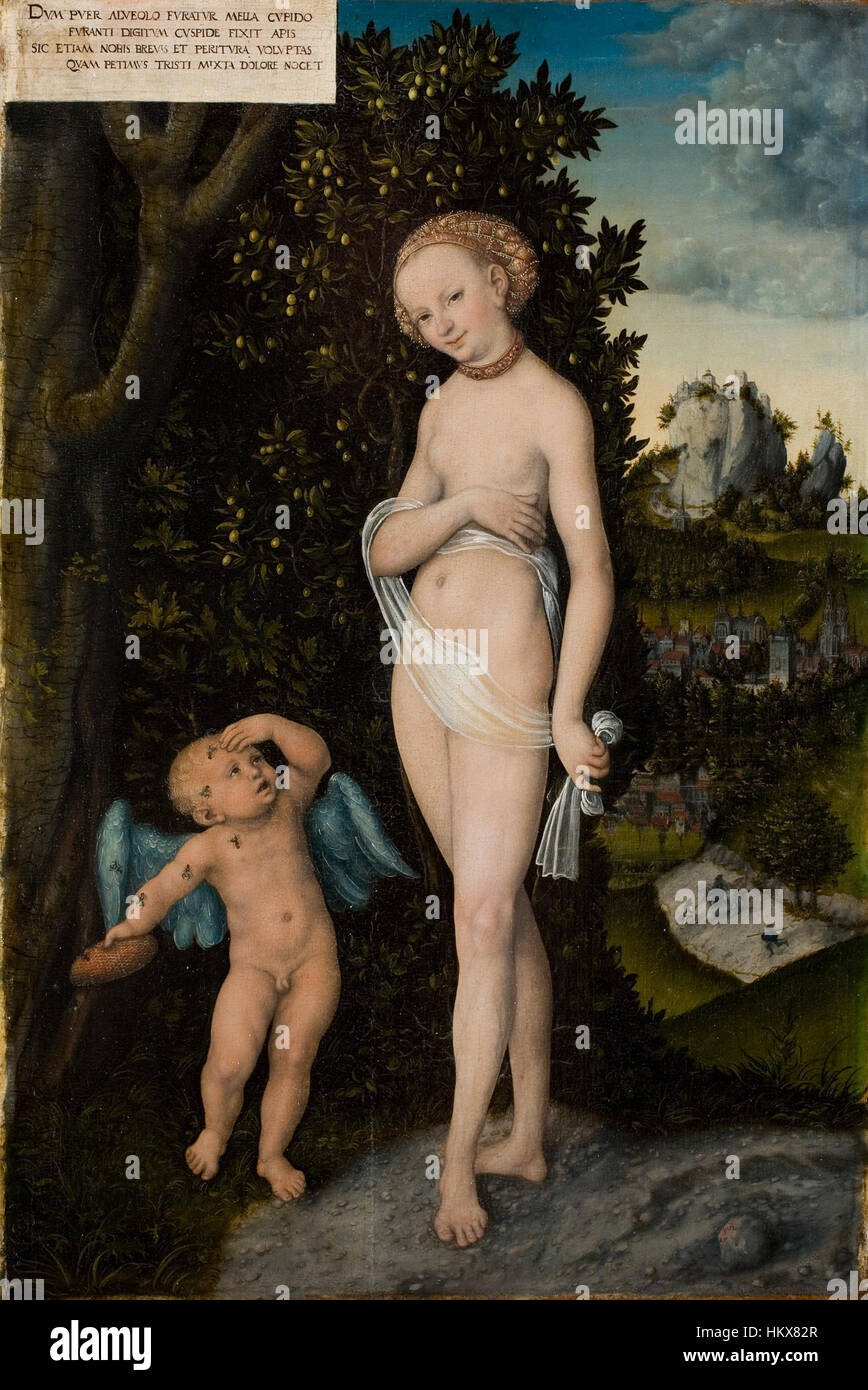 A classic painting titled 'Venus and Cupid as Honey Thieves,' depicting the mythological figures Venus and Cupid in an allegorical scene. Venus is portrayed with Cupid in a playful moment, surrounded by symbolic imagery. Stock Photohttps://www.alamy.com/image-license-details/?v=1https://www.alamy.com/stock-photo-a-classic-painting-titled-venus-and-cupid-as-honey-thieves-depicting-132728143.html
A classic painting titled 'Venus and Cupid as Honey Thieves,' depicting the mythological figures Venus and Cupid in an allegorical scene. Venus is portrayed with Cupid in a playful moment, surrounded by symbolic imagery. Stock Photohttps://www.alamy.com/image-license-details/?v=1https://www.alamy.com/stock-photo-a-classic-painting-titled-venus-and-cupid-as-honey-thieves-depicting-132728143.htmlRMHKX82R–A classic painting titled 'Venus and Cupid as Honey Thieves,' depicting the mythological figures Venus and Cupid in an allegorical scene. Venus is portrayed with Cupid in a playful moment, surrounded by symbolic imagery.
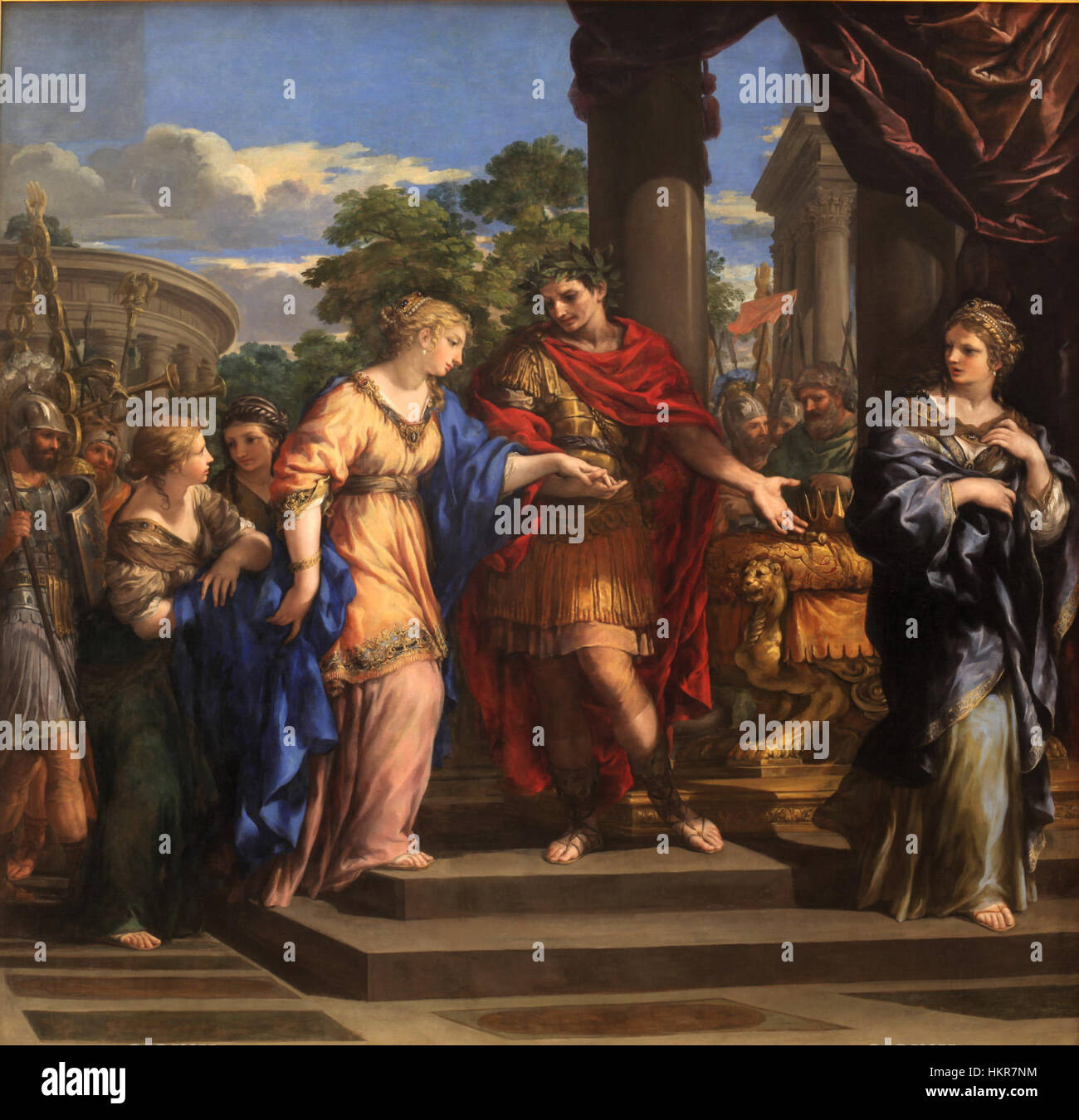 In Pietro de Cortona’s painting, Julius Caesar is shown bestowing the throne of Egypt upon Cleopatra, symbolizing the political alliance between Rome and Egypt during the 1st century BCE. Stock Photohttps://www.alamy.com/image-license-details/?v=1https://www.alamy.com/stock-photo-in-pietro-de-cortonas-painting-julius-caesar-is-shown-bestowing-the-132662032.html
In Pietro de Cortona’s painting, Julius Caesar is shown bestowing the throne of Egypt upon Cleopatra, symbolizing the political alliance between Rome and Egypt during the 1st century BCE. Stock Photohttps://www.alamy.com/image-license-details/?v=1https://www.alamy.com/stock-photo-in-pietro-de-cortonas-painting-julius-caesar-is-shown-bestowing-the-132662032.htmlRMHKR7NM–In Pietro de Cortona’s painting, Julius Caesar is shown bestowing the throne of Egypt upon Cleopatra, symbolizing the political alliance between Rome and Egypt during the 1st century BCE.
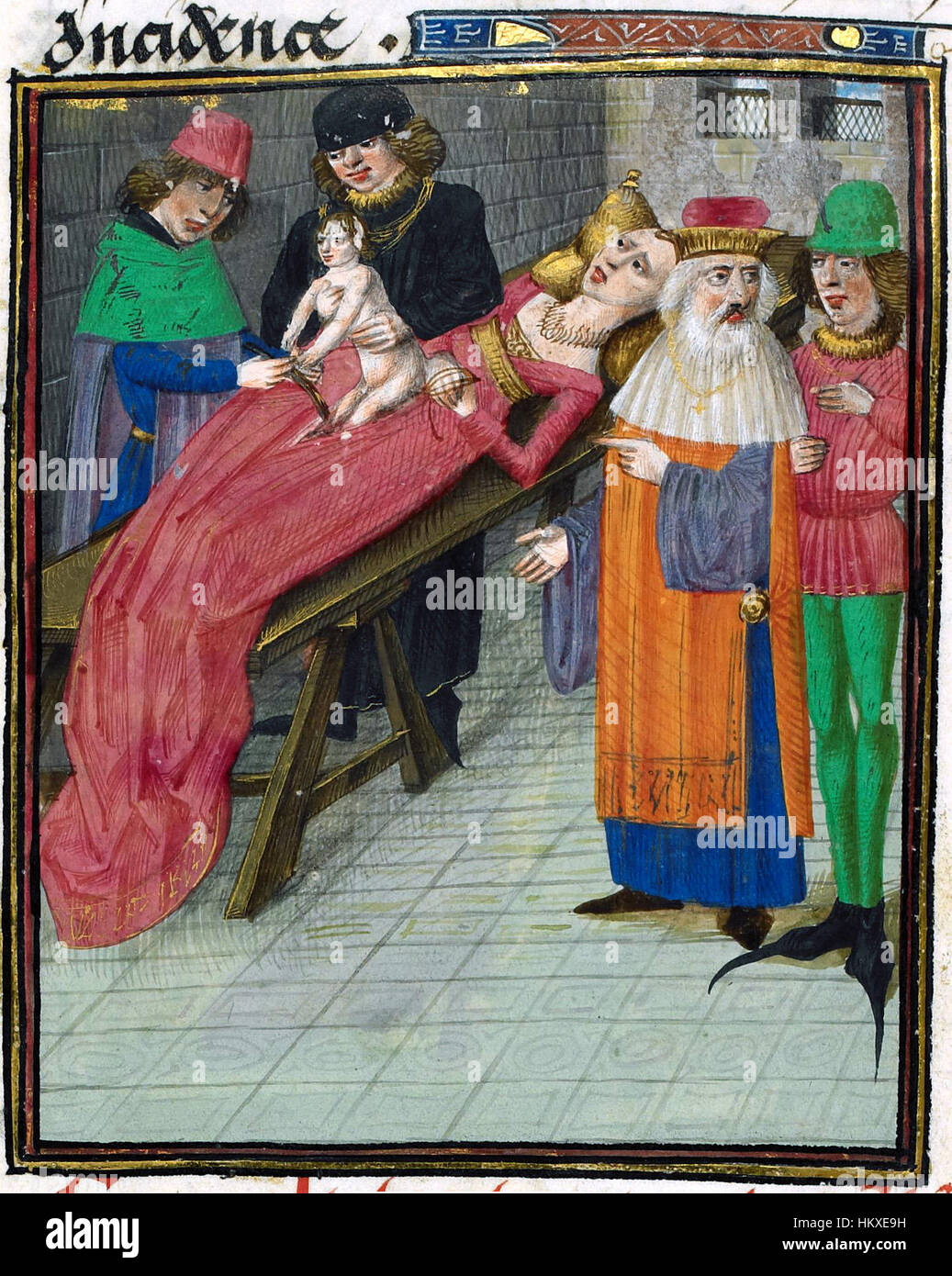 This artwork depicts the legendary scene of the Birth of Caesar, capturing the mythological and historical significance of the event. The painting emphasizes the drama and grandeur of the moment. Stock Photohttps://www.alamy.com/image-license-details/?v=1https://www.alamy.com/stock-photo-this-artwork-depicts-the-legendary-scene-of-the-birth-of-caesar-capturing-132733037.html
This artwork depicts the legendary scene of the Birth of Caesar, capturing the mythological and historical significance of the event. The painting emphasizes the drama and grandeur of the moment. Stock Photohttps://www.alamy.com/image-license-details/?v=1https://www.alamy.com/stock-photo-this-artwork-depicts-the-legendary-scene-of-the-birth-of-caesar-capturing-132733037.htmlRMHKXE9H–This artwork depicts the legendary scene of the Birth of Caesar, capturing the mythological and historical significance of the event. The painting emphasizes the drama and grandeur of the moment.
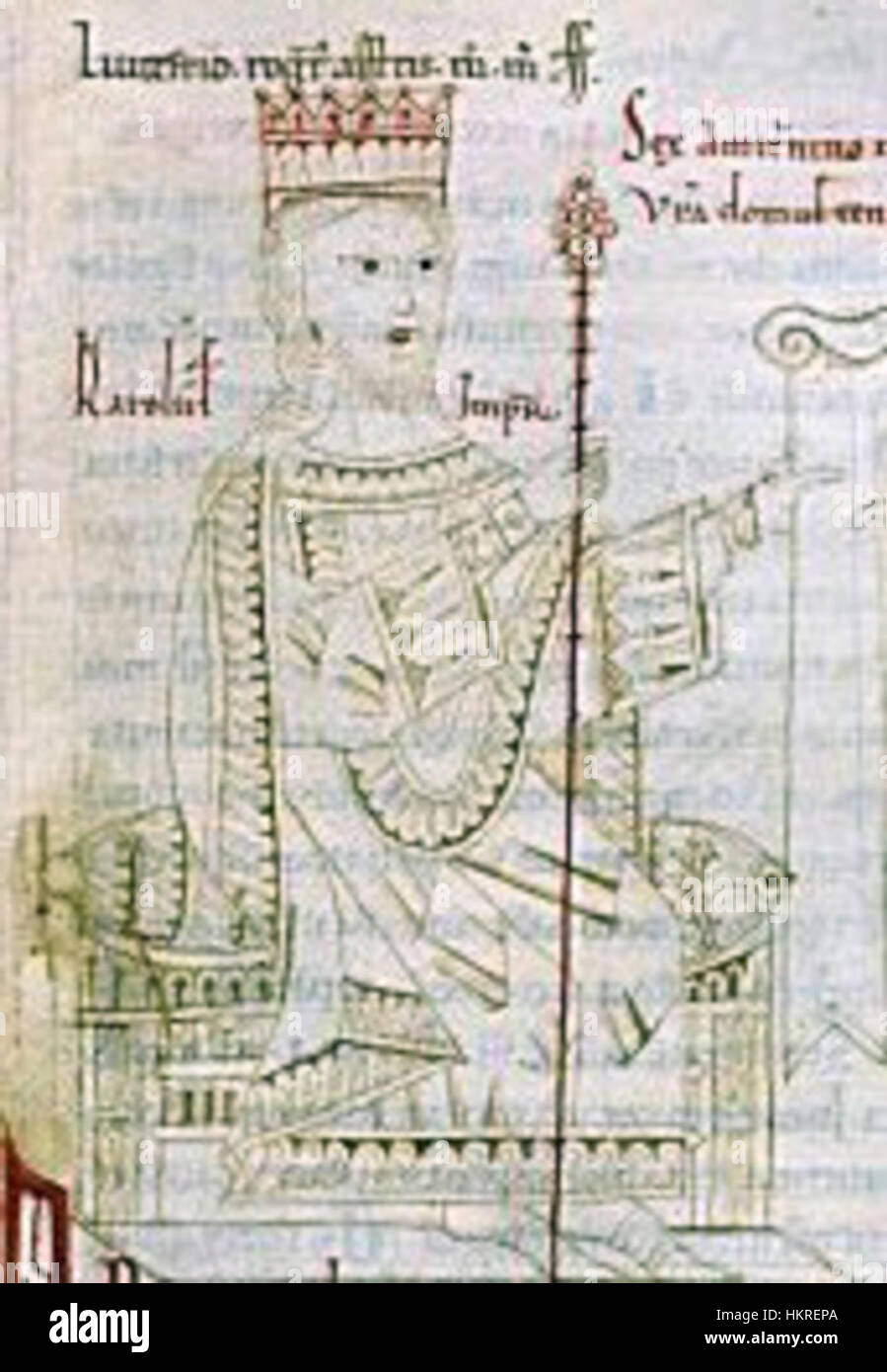 The portrait of Charles III, Holy Roman Emperor, captures his regal presence and imperial stature. As a key figure in European history, the painting highlights his role in 18th-century European politics, showcasing the artist's skill in rendering power and authority through portraiture. Stock Photohttps://www.alamy.com/image-license-details/?v=1https://www.alamy.com/stock-photo-the-portrait-of-charles-iii-holy-roman-emperor-captures-his-regal-132667538.html
The portrait of Charles III, Holy Roman Emperor, captures his regal presence and imperial stature. As a key figure in European history, the painting highlights his role in 18th-century European politics, showcasing the artist's skill in rendering power and authority through portraiture. Stock Photohttps://www.alamy.com/image-license-details/?v=1https://www.alamy.com/stock-photo-the-portrait-of-charles-iii-holy-roman-emperor-captures-his-regal-132667538.htmlRMHKREPA–The portrait of Charles III, Holy Roman Emperor, captures his regal presence and imperial stature. As a key figure in European history, the painting highlights his role in 18th-century European politics, showcasing the artist's skill in rendering power and authority through portraiture.
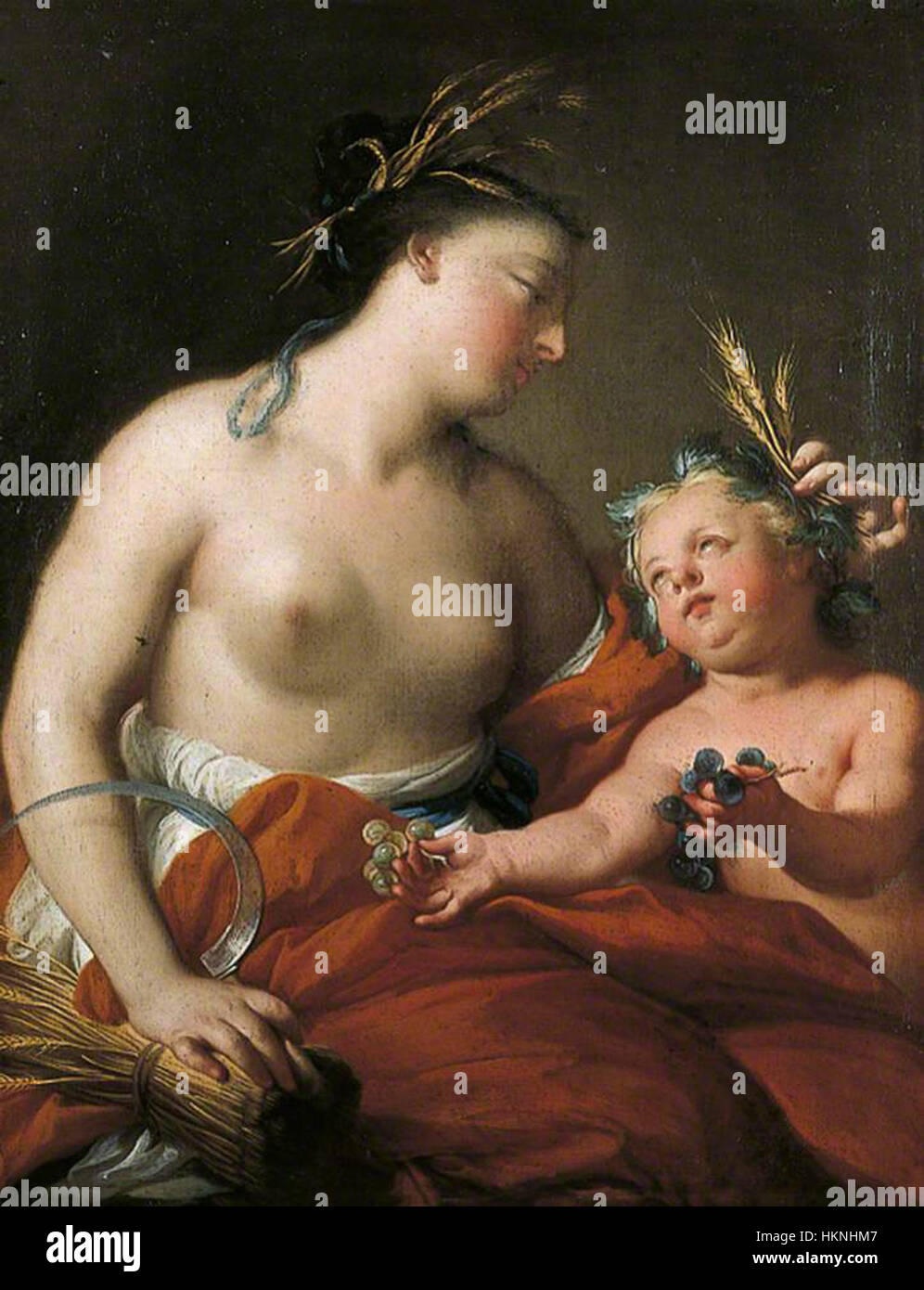 Andrea Casali's 'Allegory of Autumn (Ceres),' painted in 1755, illustrates the Roman goddess Ceres, symbolizing the harvest and the autumn season. The artwork reflects the Rococo style, with detailed and vibrant compositions. Stock Photohttps://www.alamy.com/image-license-details/?v=1https://www.alamy.com/stock-photo-andrea-casalis-allegory-of-autumn-ceres-painted-in-1755-illustrates-132625927.html
Andrea Casali's 'Allegory of Autumn (Ceres),' painted in 1755, illustrates the Roman goddess Ceres, symbolizing the harvest and the autumn season. The artwork reflects the Rococo style, with detailed and vibrant compositions. Stock Photohttps://www.alamy.com/image-license-details/?v=1https://www.alamy.com/stock-photo-andrea-casalis-allegory-of-autumn-ceres-painted-in-1755-illustrates-132625927.htmlRMHKNHM7–Andrea Casali's 'Allegory of Autumn (Ceres),' painted in 1755, illustrates the Roman goddess Ceres, symbolizing the harvest and the autumn season. The artwork reflects the Rococo style, with detailed and vibrant compositions.
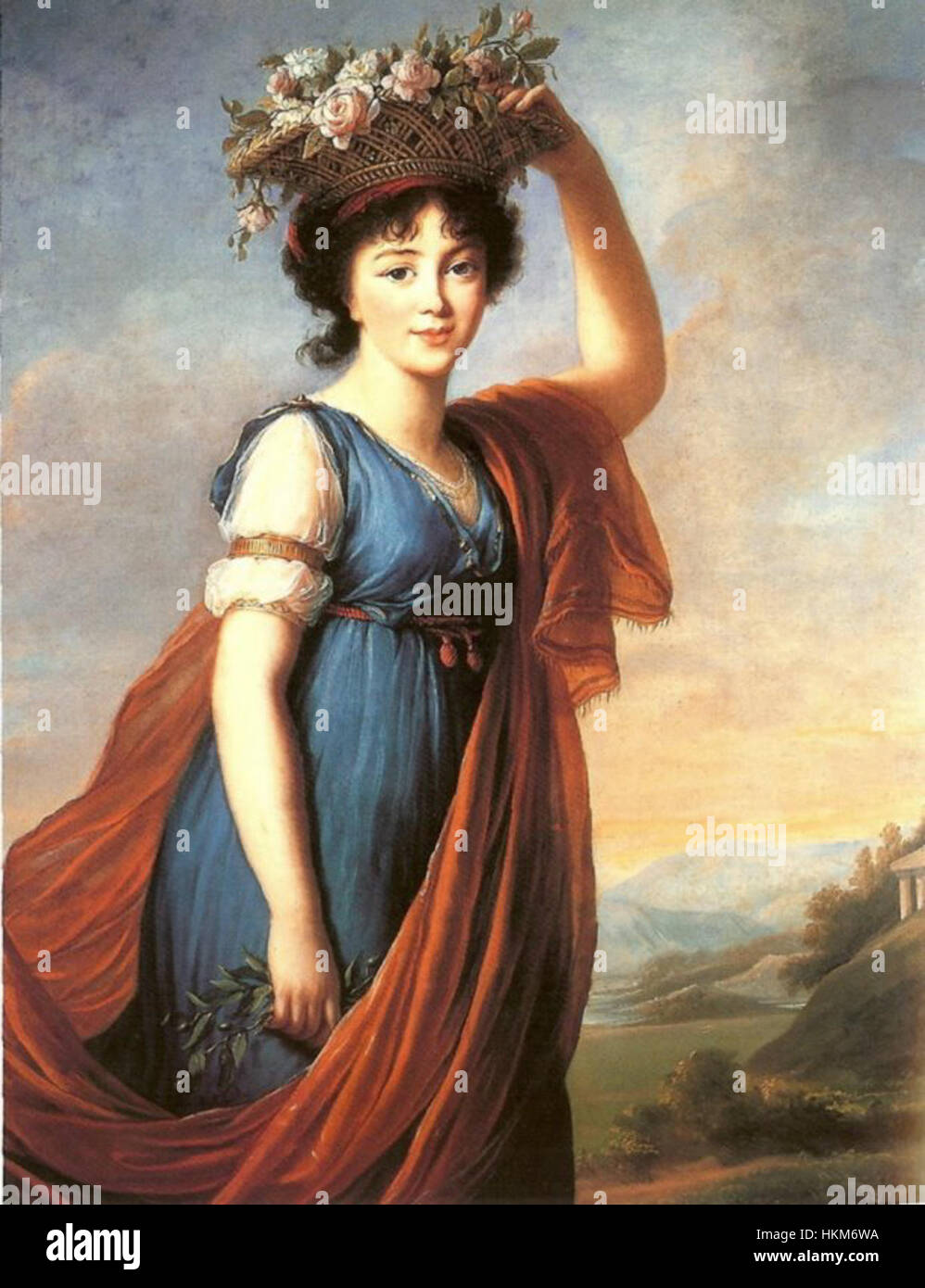 The portrait of Eudocia Ivanovna Galitzine as Flora, painted in 1799, represents the Russian noblewoman in the guise of the Roman goddess of flowers. This Neoclassical painting blends mythological symbolism with aristocratic portraiture. Stock Photohttps://www.alamy.com/image-license-details/?v=1https://www.alamy.com/stock-photo-the-portrait-of-eudocia-ivanovna-galitzine-as-flora-painted-in-1799-132595494.html
The portrait of Eudocia Ivanovna Galitzine as Flora, painted in 1799, represents the Russian noblewoman in the guise of the Roman goddess of flowers. This Neoclassical painting blends mythological symbolism with aristocratic portraiture. Stock Photohttps://www.alamy.com/image-license-details/?v=1https://www.alamy.com/stock-photo-the-portrait-of-eudocia-ivanovna-galitzine-as-flora-painted-in-1799-132595494.htmlRMHKM6WA–The portrait of Eudocia Ivanovna Galitzine as Flora, painted in 1799, represents the Russian noblewoman in the guise of the Roman goddess of flowers. This Neoclassical painting blends mythological symbolism with aristocratic portraiture.
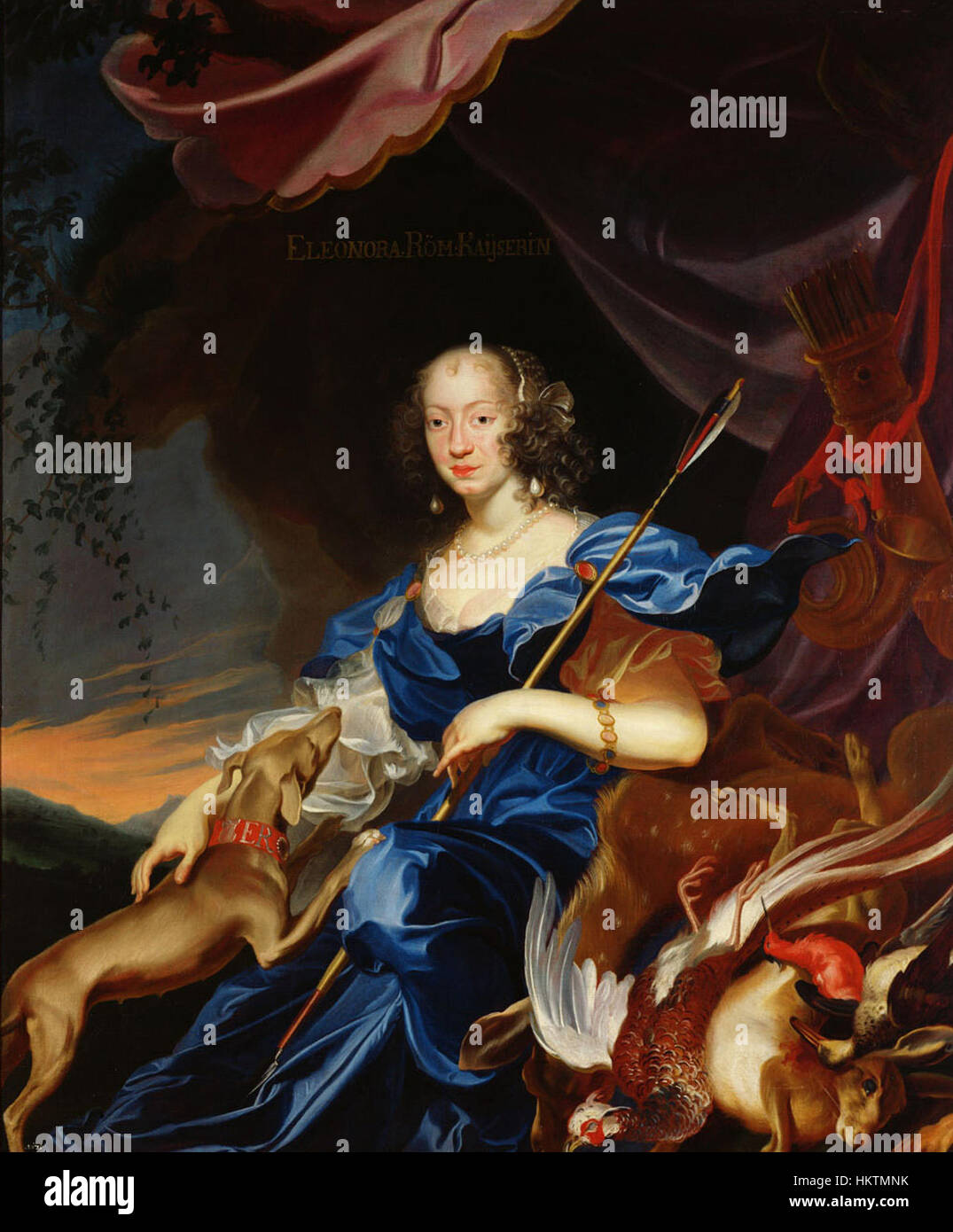 A painting by Frans Luycx, depicting Eleonora Gonzaga as Diana, the Roman goddess of the hunt, representing her role as the Holy Empress and third wife of Ferdinand III. The portrait blends historical and mythological elements. Stock Photohttps://www.alamy.com/image-license-details/?v=1https://www.alamy.com/stock-photo-a-painting-by-frans-luycx-depicting-eleonora-gonzaga-as-diana-the-132694175.html
A painting by Frans Luycx, depicting Eleonora Gonzaga as Diana, the Roman goddess of the hunt, representing her role as the Holy Empress and third wife of Ferdinand III. The portrait blends historical and mythological elements. Stock Photohttps://www.alamy.com/image-license-details/?v=1https://www.alamy.com/stock-photo-a-painting-by-frans-luycx-depicting-eleonora-gonzaga-as-diana-the-132694175.htmlRMHKTMNK–A painting by Frans Luycx, depicting Eleonora Gonzaga as Diana, the Roman goddess of the hunt, representing her role as the Holy Empress and third wife of Ferdinand III. The portrait blends historical and mythological elements.
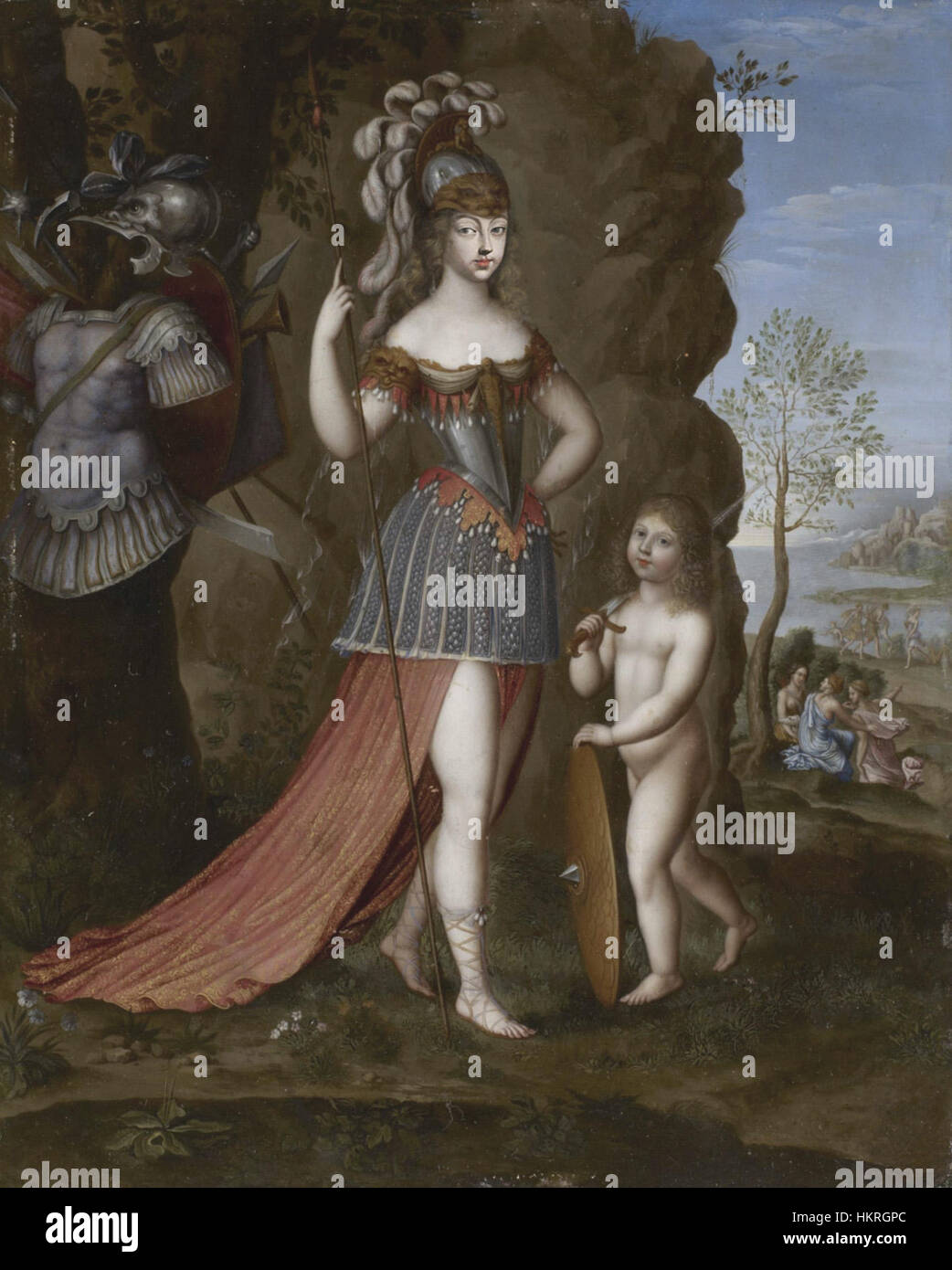 This oil painting depicts Christine of Savoy dressed as Minerva, the Roman goddess of wisdom and war. The portrait captures the regal and intellectual qualities of the queen consort, highlighting the artistic and cultural heritage of the Savoy dynasty. Stock Photohttps://www.alamy.com/image-license-details/?v=1https://www.alamy.com/stock-photo-this-oil-painting-depicts-christine-of-savoy-dressed-as-minerva-the-132669108.html
This oil painting depicts Christine of Savoy dressed as Minerva, the Roman goddess of wisdom and war. The portrait captures the regal and intellectual qualities of the queen consort, highlighting the artistic and cultural heritage of the Savoy dynasty. Stock Photohttps://www.alamy.com/image-license-details/?v=1https://www.alamy.com/stock-photo-this-oil-painting-depicts-christine-of-savoy-dressed-as-minerva-the-132669108.htmlRMHKRGPC–This oil painting depicts Christine of Savoy dressed as Minerva, the Roman goddess of wisdom and war. The portrait captures the regal and intellectual qualities of the queen consort, highlighting the artistic and cultural heritage of the Savoy dynasty.
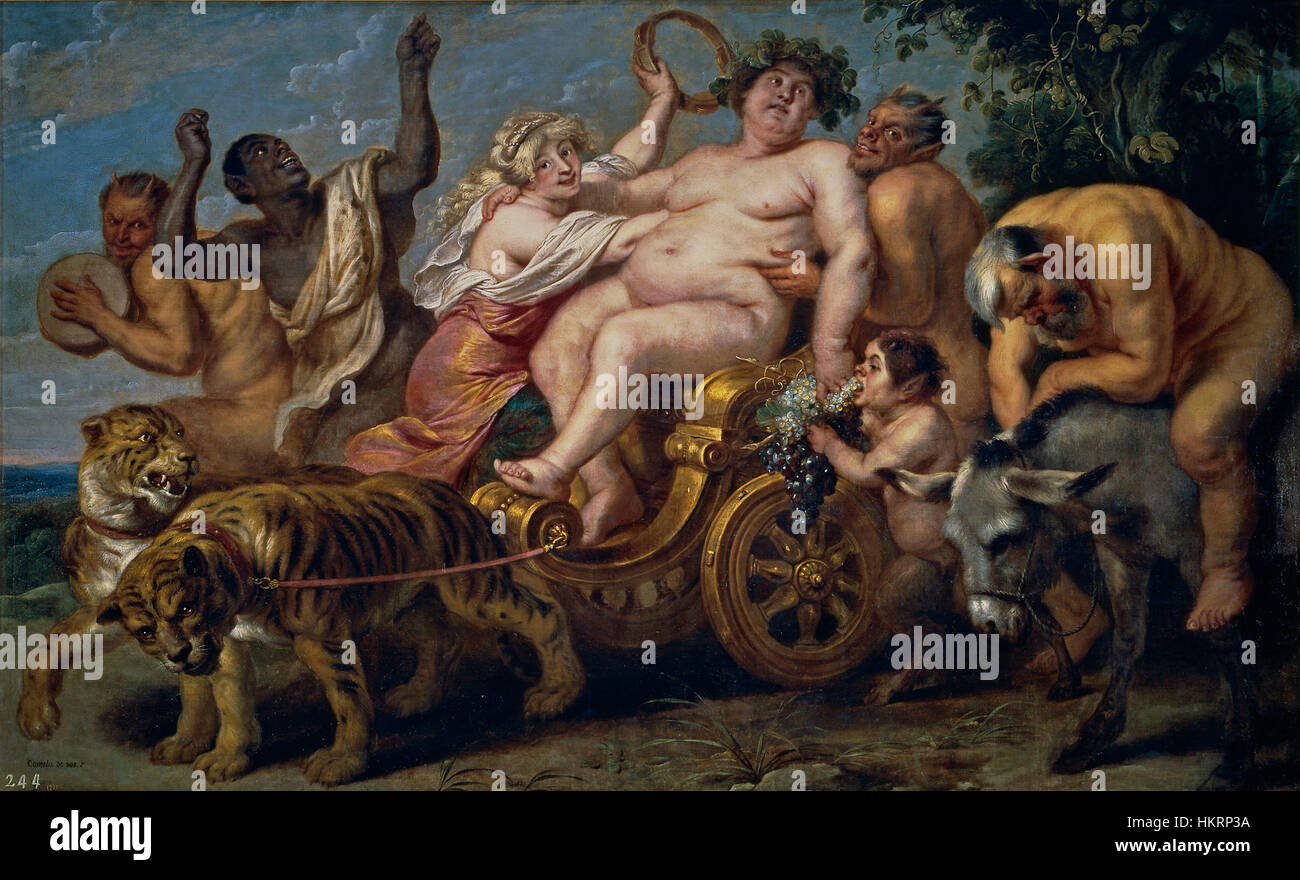 Cornelis de Vos' 'El triunfo de Baco' (The Triumph of Bacchus) depicts the Roman god Bacchus surrounded by revelers and nature, symbolizing the god of wine and revelry. The painting reflects 17th-century Flemish Baroque style. Stock Photohttps://www.alamy.com/image-license-details/?v=1https://www.alamy.com/stock-photo-cornelis-de-vos-el-triunfo-de-baco-the-triumph-of-bacchus-depicts-132673278.html
Cornelis de Vos' 'El triunfo de Baco' (The Triumph of Bacchus) depicts the Roman god Bacchus surrounded by revelers and nature, symbolizing the god of wine and revelry. The painting reflects 17th-century Flemish Baroque style. Stock Photohttps://www.alamy.com/image-license-details/?v=1https://www.alamy.com/stock-photo-cornelis-de-vos-el-triunfo-de-baco-the-triumph-of-bacchus-depicts-132673278.htmlRMHKRP3A–Cornelis de Vos' 'El triunfo de Baco' (The Triumph of Bacchus) depicts the Roman god Bacchus surrounded by revelers and nature, symbolizing the god of wine and revelry. The painting reflects 17th-century Flemish Baroque style.
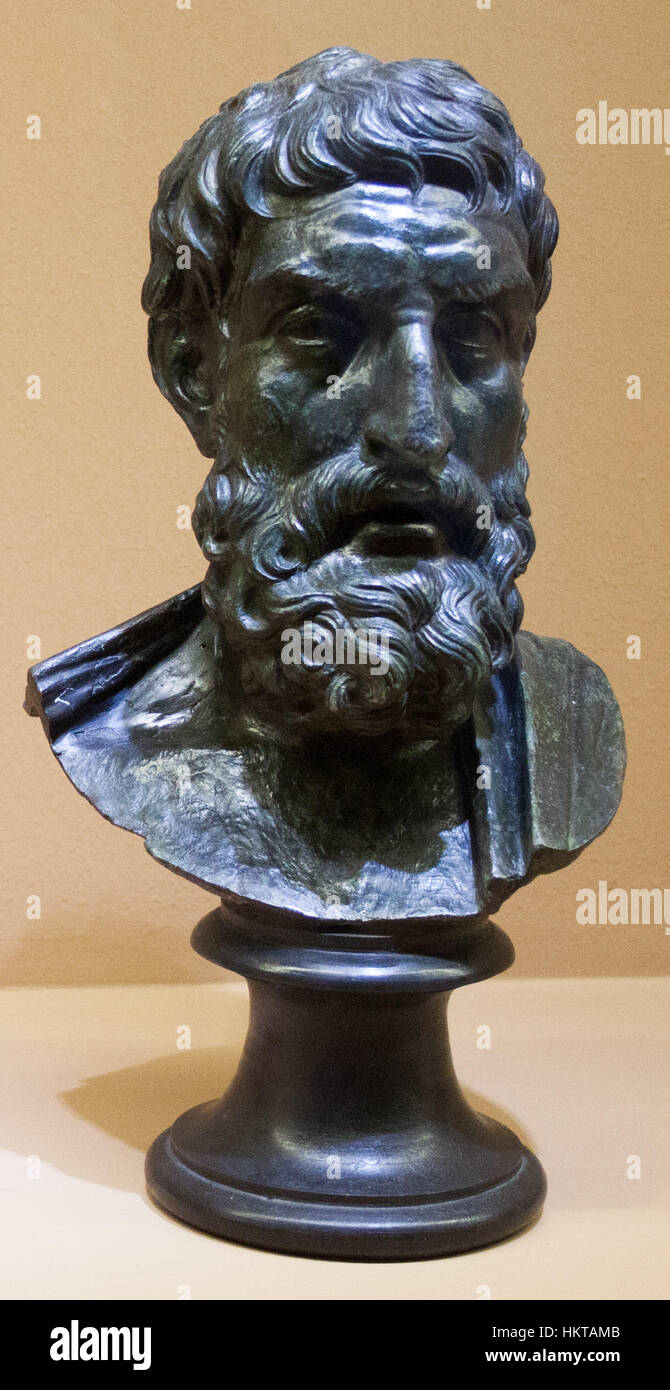 This portrait of Epicurus, a Greek philosopher, is created for a library setting, emphasizing his influence on philosophy. Known for his thoughts on hedonism and ethics, the image reflects his intellectual legacy. The inclusion of the Colosseum in the background ties his work to the broader context of ancient Roman culture and thought. Stock Photohttps://www.alamy.com/image-license-details/?v=1https://www.alamy.com/stock-photo-this-portrait-of-epicurus-a-greek-philosopher-is-created-for-a-library-132686299.html
This portrait of Epicurus, a Greek philosopher, is created for a library setting, emphasizing his influence on philosophy. Known for his thoughts on hedonism and ethics, the image reflects his intellectual legacy. The inclusion of the Colosseum in the background ties his work to the broader context of ancient Roman culture and thought. Stock Photohttps://www.alamy.com/image-license-details/?v=1https://www.alamy.com/stock-photo-this-portrait-of-epicurus-a-greek-philosopher-is-created-for-a-library-132686299.htmlRMHKTAMB–This portrait of Epicurus, a Greek philosopher, is created for a library setting, emphasizing his influence on philosophy. Known for his thoughts on hedonism and ethics, the image reflects his intellectual legacy. The inclusion of the Colosseum in the background ties his work to the broader context of ancient Roman culture and thought.
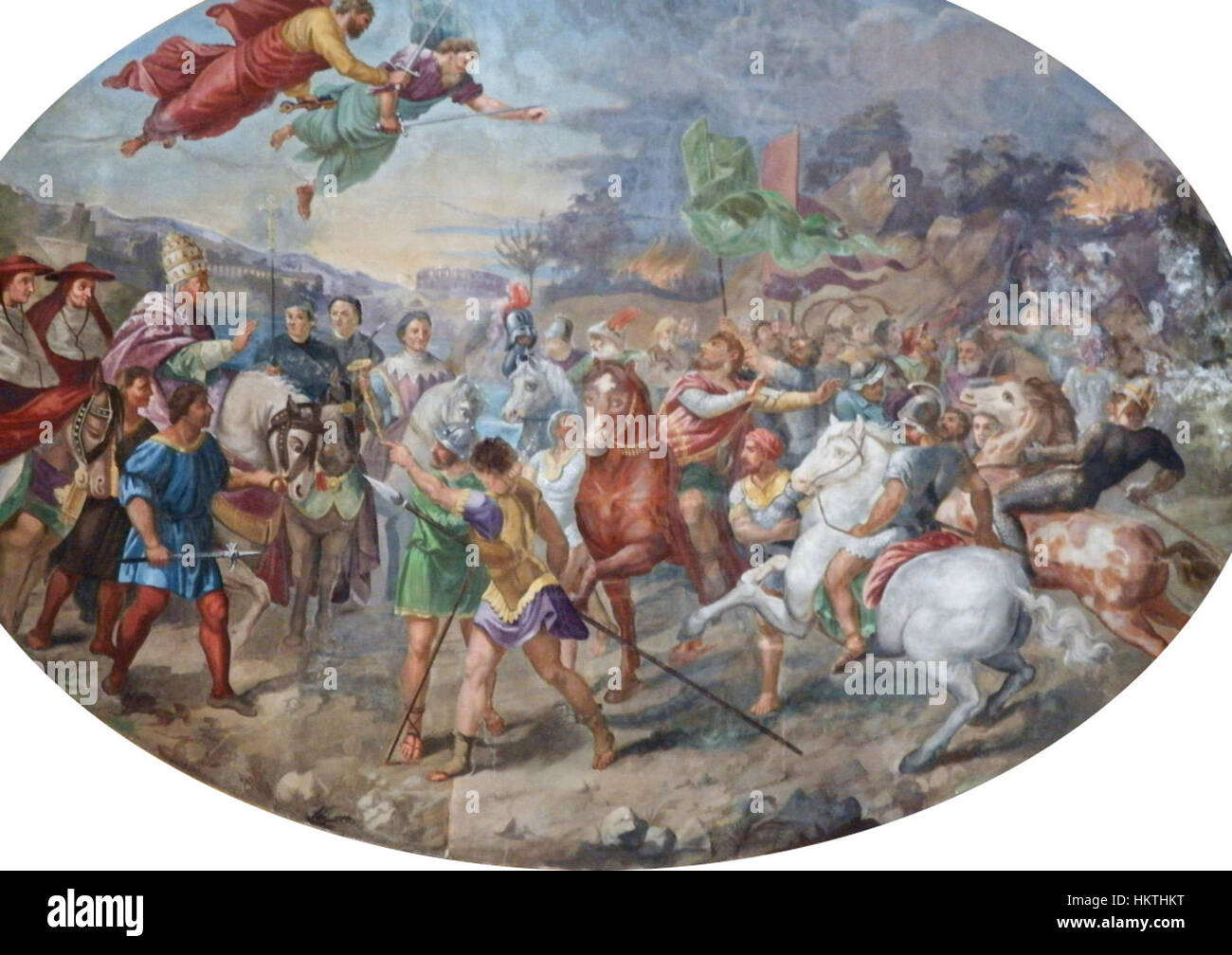 This painting by Francesco Barazzutti depicts the legendary confrontation between the great Roman emperor, Leon, and the Huns' leader, Attila. The artwork portrays a dramatic historical moment, captured in Barazzutti's distinctive style. The battle between the two figures is rendered in vivid detail, emphasizing both historical and artistic significance. Stock Photohttps://www.alamy.com/image-license-details/?v=1https://www.alamy.com/stock-photo-this-painting-by-francesco-barazzutti-depicts-the-legendary-confrontation-132691772.html
This painting by Francesco Barazzutti depicts the legendary confrontation between the great Roman emperor, Leon, and the Huns' leader, Attila. The artwork portrays a dramatic historical moment, captured in Barazzutti's distinctive style. The battle between the two figures is rendered in vivid detail, emphasizing both historical and artistic significance. Stock Photohttps://www.alamy.com/image-license-details/?v=1https://www.alamy.com/stock-photo-this-painting-by-francesco-barazzutti-depicts-the-legendary-confrontation-132691772.htmlRMHKTHKT–This painting by Francesco Barazzutti depicts the legendary confrontation between the great Roman emperor, Leon, and the Huns' leader, Attila. The artwork portrays a dramatic historical moment, captured in Barazzutti's distinctive style. The battle between the two figures is rendered in vivid detail, emphasizing both historical and artistic significance.
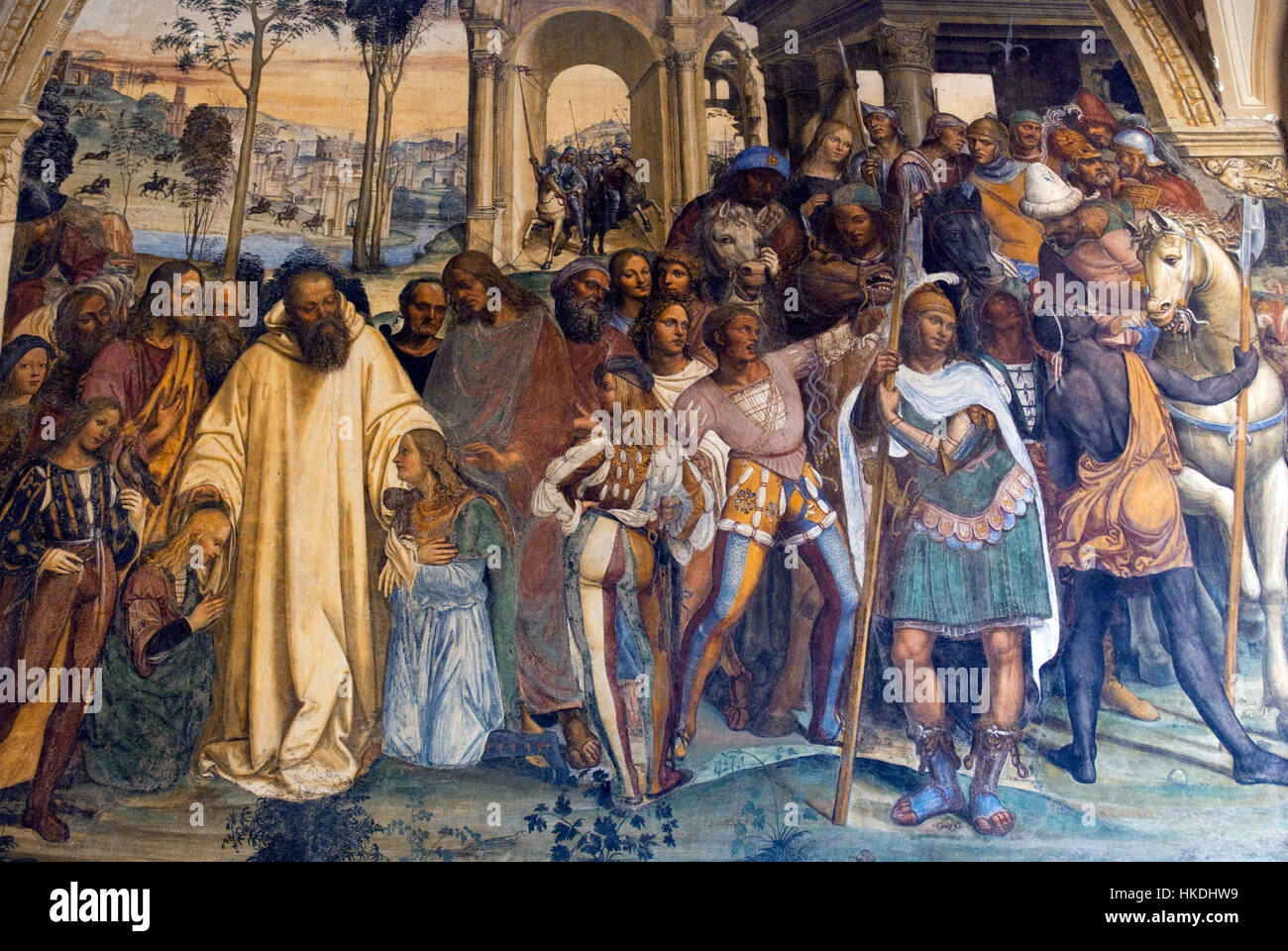 This artwork, 'Come benedetto riceve li due giovanetti romani mauro e placido,' depicts the biblical scene where Saint Benedict welcomes the two Roman youths, Maurus and Placidus, into his monastic community. The painting portrays an important moment in Christian monastic history, emphasizing the role of Saint Benedict in shaping early Christian monasticism. Stock Photohttps://www.alamy.com/image-license-details/?v=1https://www.alamy.com/stock-photo-this-artwork-come-benedetto-riceve-li-due-giovanetti-romani-mauro-132450453.html
This artwork, 'Come benedetto riceve li due giovanetti romani mauro e placido,' depicts the biblical scene where Saint Benedict welcomes the two Roman youths, Maurus and Placidus, into his monastic community. The painting portrays an important moment in Christian monastic history, emphasizing the role of Saint Benedict in shaping early Christian monasticism. Stock Photohttps://www.alamy.com/image-license-details/?v=1https://www.alamy.com/stock-photo-this-artwork-come-benedetto-riceve-li-due-giovanetti-romani-mauro-132450453.htmlRMHKDHW9–This artwork, 'Come benedetto riceve li due giovanetti romani mauro e placido,' depicts the biblical scene where Saint Benedict welcomes the two Roman youths, Maurus and Placidus, into his monastic community. The painting portrays an important moment in Christian monastic history, emphasizing the role of Saint Benedict in shaping early Christian monasticism.
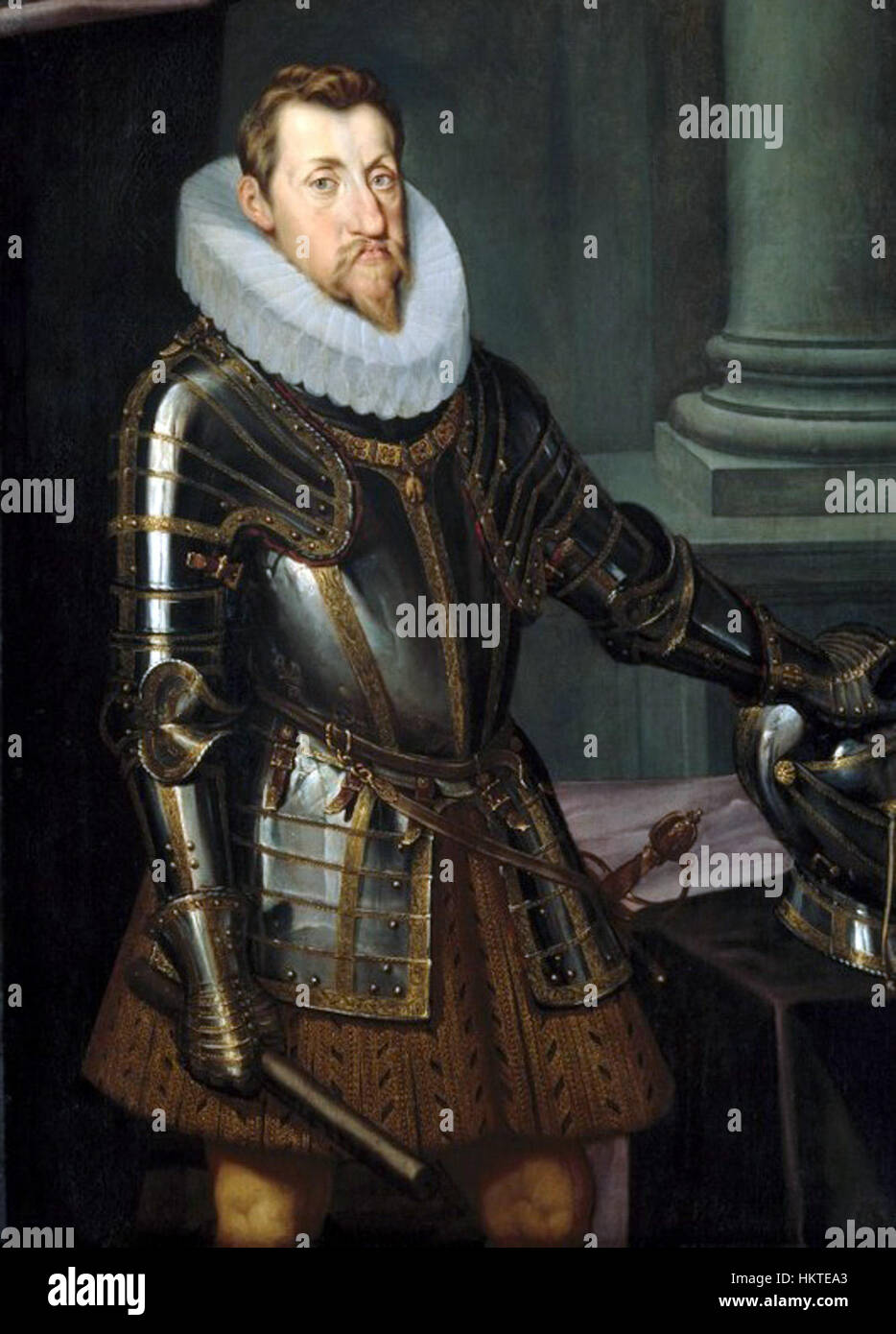 A painting of Ferdinand II, Holy Roman Emperor, capturing his historical significance. The work emphasizes his reign and legacy, depicted through classical artistic techniques. Stock Photohttps://www.alamy.com/image-license-details/?v=1https://www.alamy.com/stock-photo-a-painting-of-ferdinand-ii-holy-roman-emperor-capturing-his-historical-132689147.html
A painting of Ferdinand II, Holy Roman Emperor, capturing his historical significance. The work emphasizes his reign and legacy, depicted through classical artistic techniques. Stock Photohttps://www.alamy.com/image-license-details/?v=1https://www.alamy.com/stock-photo-a-painting-of-ferdinand-ii-holy-roman-emperor-capturing-his-historical-132689147.htmlRMHKTEA3–A painting of Ferdinand II, Holy Roman Emperor, capturing his historical significance. The work emphasizes his reign and legacy, depicted through classical artistic techniques.
 The artwork titled 'Guiloromano' presents a figure in classical Roman attire, representing the grandeur and influence of Roman civilization. This piece reflects Roman cultural values and the artistic style of the period. Stock Photohttps://www.alamy.com/image-license-details/?v=1https://www.alamy.com/stock-photo-the-artwork-titled-guiloromano-presents-a-figure-in-classical-roman-132408582.html
The artwork titled 'Guiloromano' presents a figure in classical Roman attire, representing the grandeur and influence of Roman civilization. This piece reflects Roman cultural values and the artistic style of the period. Stock Photohttps://www.alamy.com/image-license-details/?v=1https://www.alamy.com/stock-photo-the-artwork-titled-guiloromano-presents-a-figure-in-classical-roman-132408582.htmlRMHKBMDX–The artwork titled 'Guiloromano' presents a figure in classical Roman attire, representing the grandeur and influence of Roman civilization. This piece reflects Roman cultural values and the artistic style of the period.
 Erler’s *Bacchantin* portrays a female figure celebrating Bacchus, the Roman god of wine, fertility, and ritual madness. The painting captures the energy and freedom associated with Bacchus’ followers, showcasing classical mythology in a dynamic and expressive style. Stock Photohttps://www.alamy.com/image-license-details/?v=1https://www.alamy.com/stock-photo-erlers-bacchantin-portrays-a-female-figure-celebrating-bacchus-the-132515577.html
Erler’s *Bacchantin* portrays a female figure celebrating Bacchus, the Roman god of wine, fertility, and ritual madness. The painting captures the energy and freedom associated with Bacchus’ followers, showcasing classical mythology in a dynamic and expressive style. Stock Photohttps://www.alamy.com/image-license-details/?v=1https://www.alamy.com/stock-photo-erlers-bacchantin-portrays-a-female-figure-celebrating-bacchus-the-132515577.htmlRMHKGGY5–Erler’s *Bacchantin* portrays a female figure celebrating Bacchus, the Roman god of wine, fertility, and ritual madness. The painting captures the energy and freedom associated with Bacchus’ followers, showcasing classical mythology in a dynamic and expressive style.
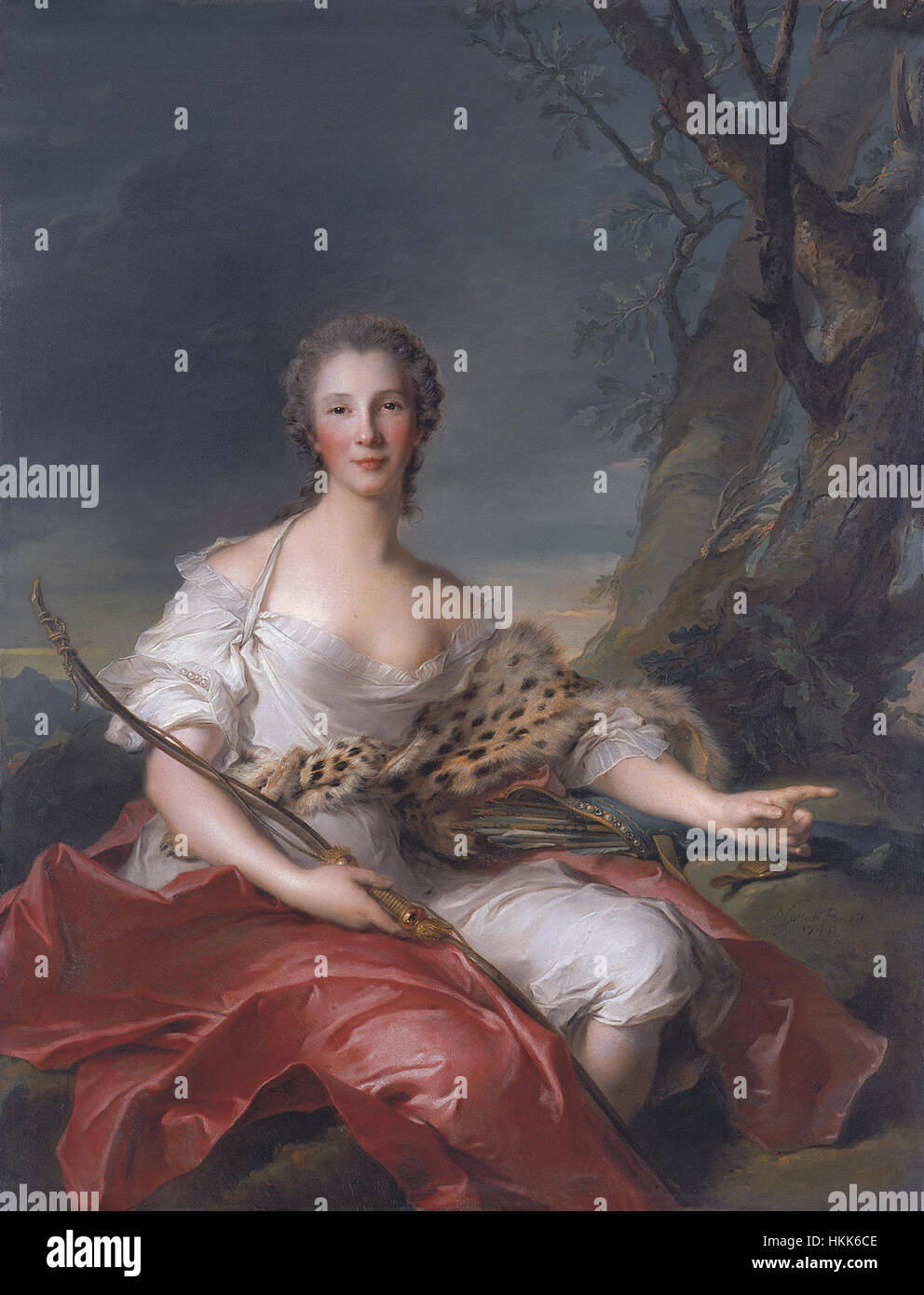 Jean-Marc Nattier’s 'Madame Bouret as Diana' portrays the French noblewoman as the Roman goddess Diana, symbolizing grace and beauty, with the artist’s typical attention to detail in texture and costume. Stock Photohttps://www.alamy.com/image-license-details/?v=1https://www.alamy.com/stock-photo-jean-marc-nattiers-madame-bouret-as-diana-portrays-the-french-noblewoman-132573182.html
Jean-Marc Nattier’s 'Madame Bouret as Diana' portrays the French noblewoman as the Roman goddess Diana, symbolizing grace and beauty, with the artist’s typical attention to detail in texture and costume. Stock Photohttps://www.alamy.com/image-license-details/?v=1https://www.alamy.com/stock-photo-jean-marc-nattiers-madame-bouret-as-diana-portrays-the-french-noblewoman-132573182.htmlRMHKK6CE–Jean-Marc Nattier’s 'Madame Bouret as Diana' portrays the French noblewoman as the Roman goddess Diana, symbolizing grace and beauty, with the artist’s typical attention to detail in texture and costume.
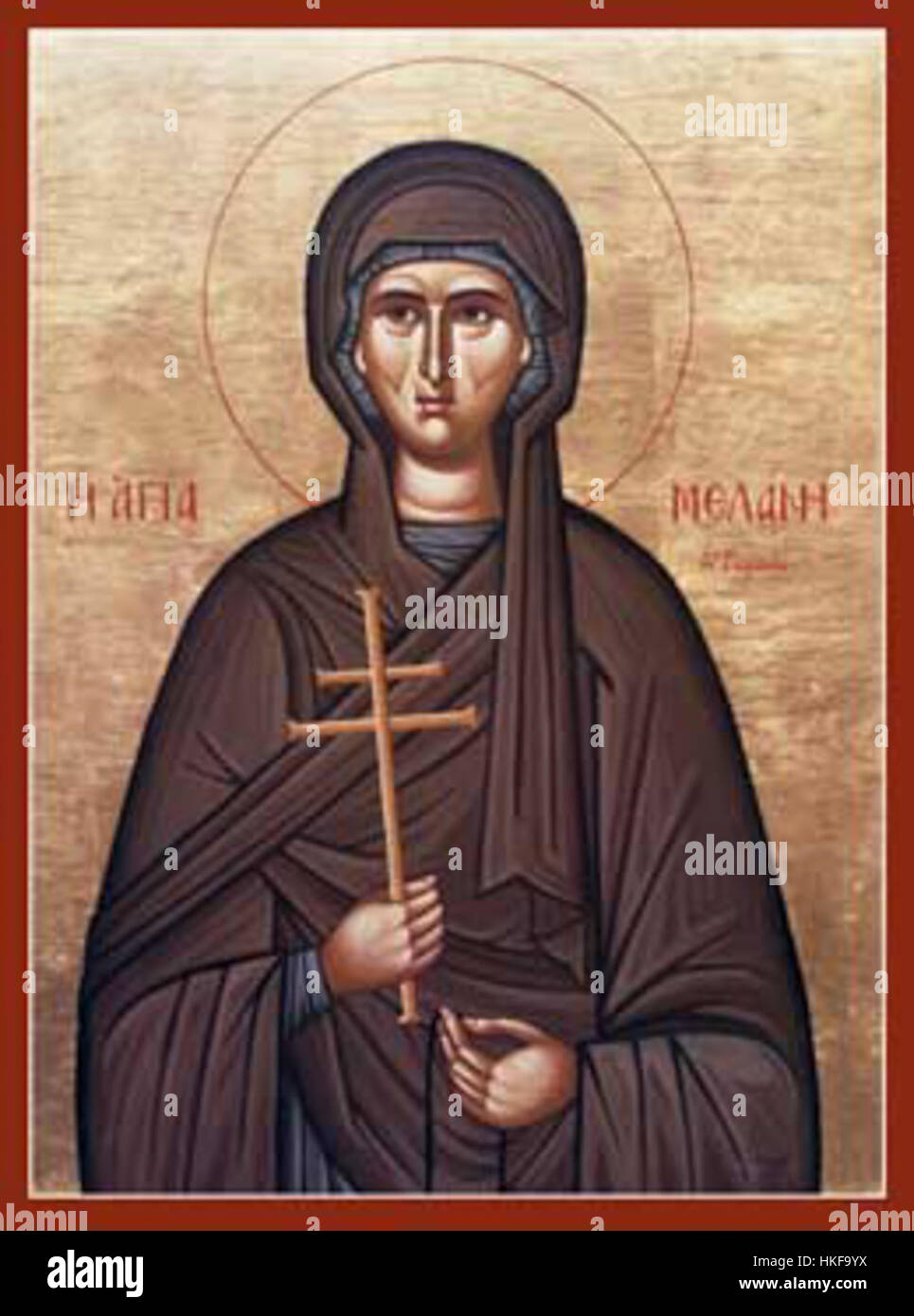 *Melane the Roman* is an oil painting likely depicting an ancient Roman figure or scene, using classical techniques to portray the figure's strength and dignity. Stock Photohttps://www.alamy.com/image-license-details/?v=1https://www.alamy.com/stock-photo-melane-the-roman-is-an-oil-painting-likely-depicting-an-ancient-roman-132488158.html
*Melane the Roman* is an oil painting likely depicting an ancient Roman figure or scene, using classical techniques to portray the figure's strength and dignity. Stock Photohttps://www.alamy.com/image-license-details/?v=1https://www.alamy.com/stock-photo-melane-the-roman-is-an-oil-painting-likely-depicting-an-ancient-roman-132488158.htmlRMHKF9YX–*Melane the Roman* is an oil painting likely depicting an ancient Roman figure or scene, using classical techniques to portray the figure's strength and dignity.
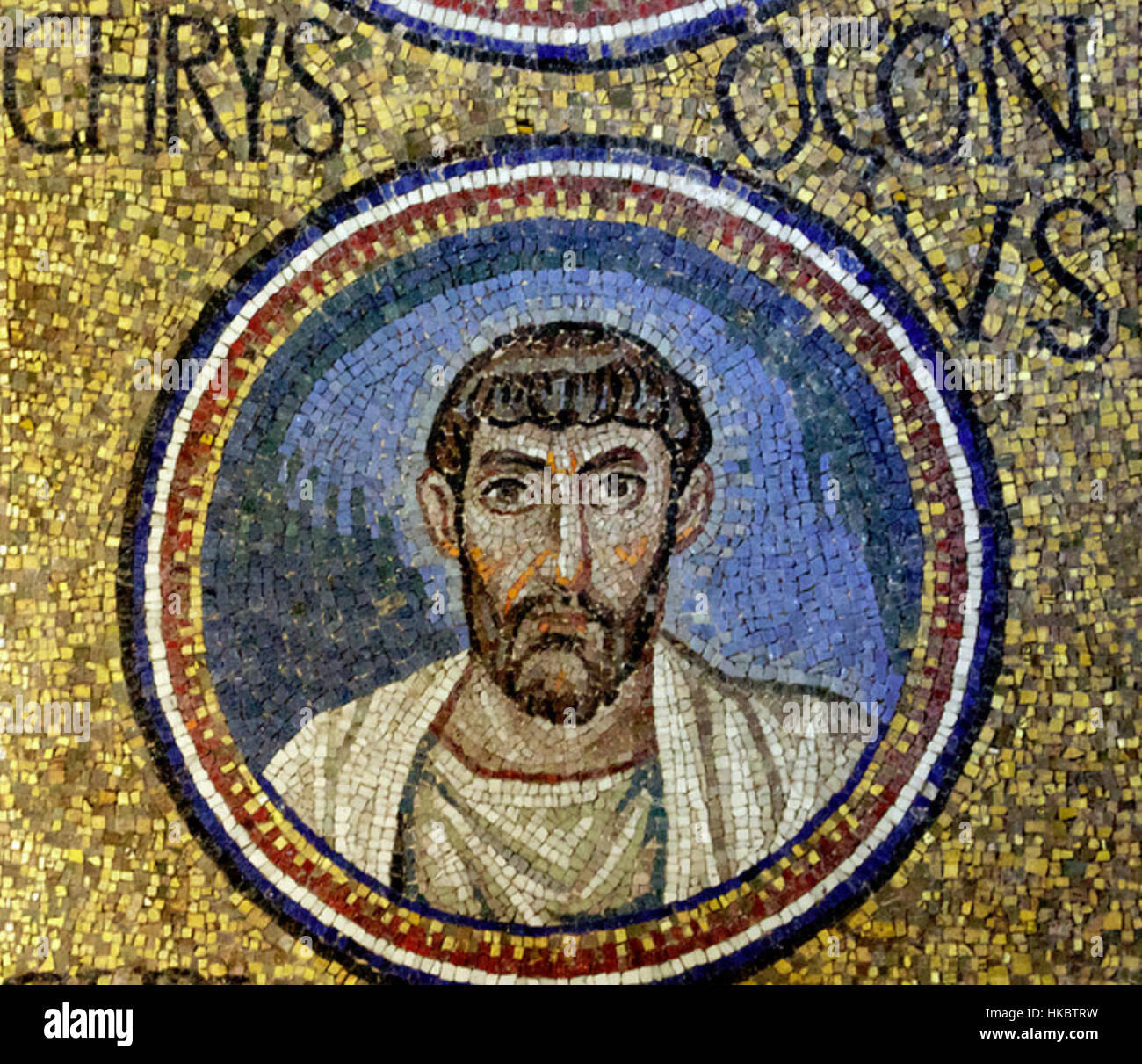 A portrait of Chrysogonus, an ancient figure, potentially from Greek or Roman history. The artwork reflects classical art techniques and the figure's historical significance. Stock Photohttps://www.alamy.com/image-license-details/?v=1https://www.alamy.com/stock-photo-a-portrait-of-chrysogonus-an-ancient-figure-potentially-from-greek-132411997.html
A portrait of Chrysogonus, an ancient figure, potentially from Greek or Roman history. The artwork reflects classical art techniques and the figure's historical significance. Stock Photohttps://www.alamy.com/image-license-details/?v=1https://www.alamy.com/stock-photo-a-portrait-of-chrysogonus-an-ancient-figure-potentially-from-greek-132411997.htmlRMHKBTRW–A portrait of Chrysogonus, an ancient figure, potentially from Greek or Roman history. The artwork reflects classical art techniques and the figure's historical significance.
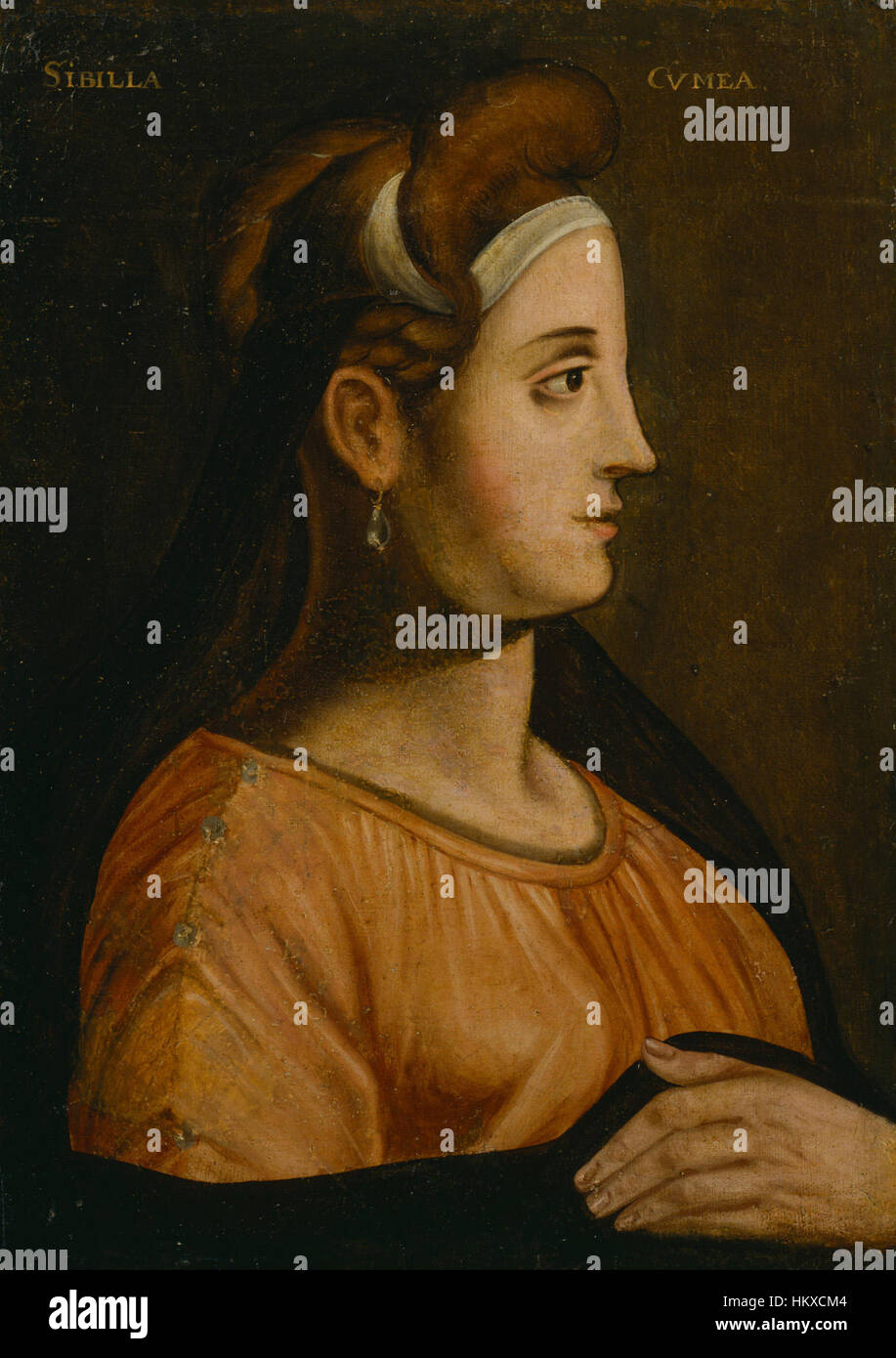 This painting by the British School depicts the Cumaean Sibyl, a figure from ancient Roman mythology, often associated with prophetic abilities. The artwork reflects classical themes and mythological iconography. Stock Photohttps://www.alamy.com/image-license-details/?v=1https://www.alamy.com/stock-photo-this-painting-by-the-british-school-depicts-the-cumaean-sibyl-a-figure-132731764.html
This painting by the British School depicts the Cumaean Sibyl, a figure from ancient Roman mythology, often associated with prophetic abilities. The artwork reflects classical themes and mythological iconography. Stock Photohttps://www.alamy.com/image-license-details/?v=1https://www.alamy.com/stock-photo-this-painting-by-the-british-school-depicts-the-cumaean-sibyl-a-figure-132731764.htmlRMHKXCM4–This painting by the British School depicts the Cumaean Sibyl, a figure from ancient Roman mythology, often associated with prophetic abilities. The artwork reflects classical themes and mythological iconography.
 'Claudia Quinta' by Neroccio de' Landi portrays the Roman figure Claudia Quinta, depicting her with grace and dignity. The work highlights her character in a mythological context, showcasing classical portraiture and Renaissance art techniques. Stock Photohttps://www.alamy.com/image-license-details/?v=1https://www.alamy.com/stock-photo-claudia-quinta-by-neroccio-de-landi-portrays-the-roman-figure-claudia-132670585.html
'Claudia Quinta' by Neroccio de' Landi portrays the Roman figure Claudia Quinta, depicting her with grace and dignity. The work highlights her character in a mythological context, showcasing classical portraiture and Renaissance art techniques. Stock Photohttps://www.alamy.com/image-license-details/?v=1https://www.alamy.com/stock-photo-claudia-quinta-by-neroccio-de-landi-portrays-the-roman-figure-claudia-132670585.htmlRMHKRJK5–'Claudia Quinta' by Neroccio de' Landi portrays the Roman figure Claudia Quinta, depicting her with grace and dignity. The work highlights her character in a mythological context, showcasing classical portraiture and Renaissance art techniques.
 This painting, an interpretation after Guido Reni’s 'Aurora,' depicts the mythical figure of Aurora, the Roman goddess of dawn. The work emphasizes the radiant light and dynamic motion associated with the goddess's arrival at dawn, showcasing classical mythological themes. Stock Photohttps://www.alamy.com/image-license-details/?v=1https://www.alamy.com/stock-photo-this-painting-an-interpretation-after-guido-renis-aurora-depicts-the-132618997.html
This painting, an interpretation after Guido Reni’s 'Aurora,' depicts the mythical figure of Aurora, the Roman goddess of dawn. The work emphasizes the radiant light and dynamic motion associated with the goddess's arrival at dawn, showcasing classical mythological themes. Stock Photohttps://www.alamy.com/image-license-details/?v=1https://www.alamy.com/stock-photo-this-painting-an-interpretation-after-guido-renis-aurora-depicts-the-132618997.htmlRMHKN8TN–This painting, an interpretation after Guido Reni’s 'Aurora,' depicts the mythical figure of Aurora, the Roman goddess of dawn. The work emphasizes the radiant light and dynamic motion associated with the goddess's arrival at dawn, showcasing classical mythological themes.
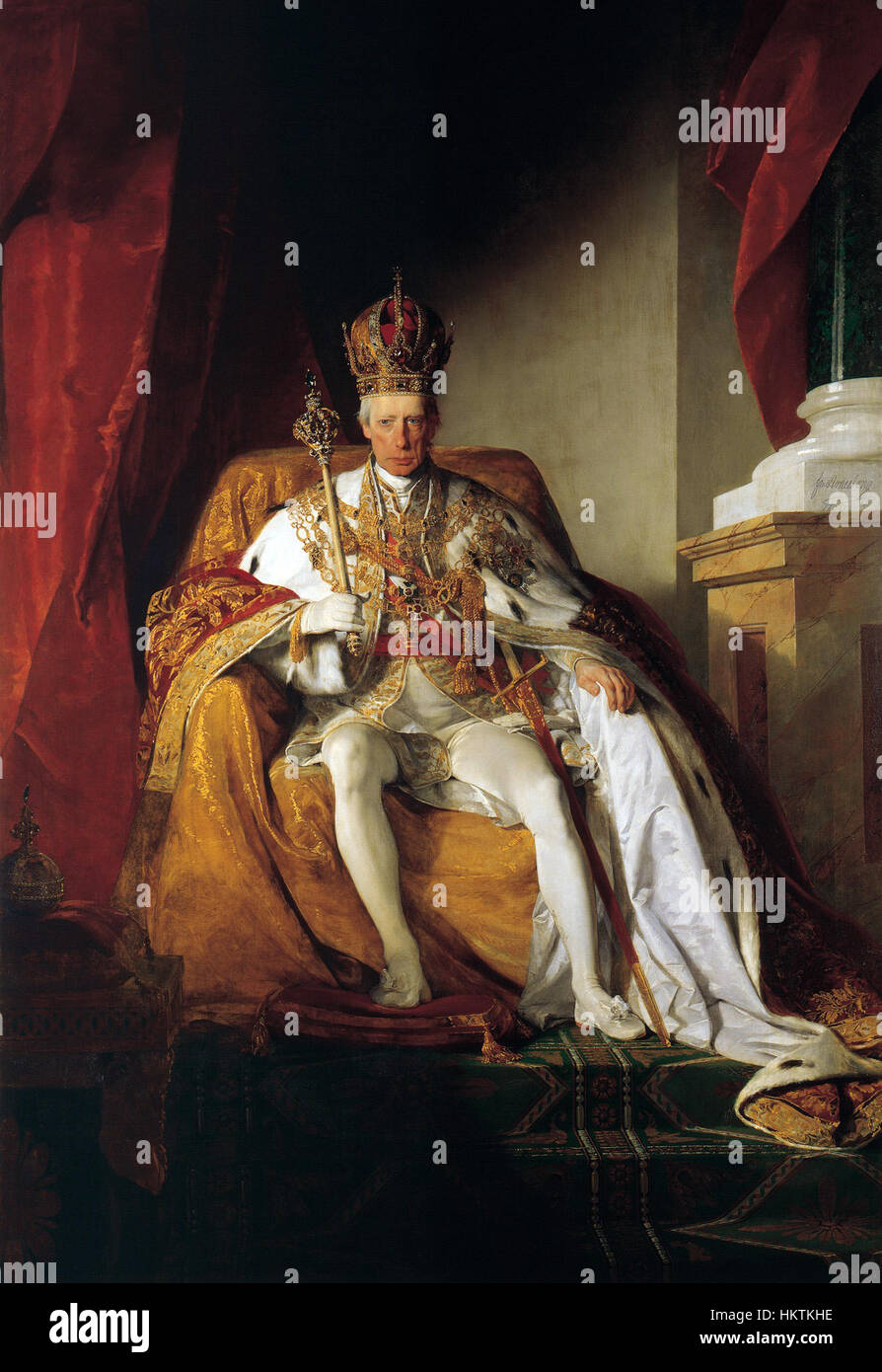 A portrait of Francis II, Holy Roman Emperor, painted by Friedrich von Amerling. This work showcases the emperor in his regalia, embodying the grandeur of the Holy Roman Empire during the 19th century. Stock Photohttps://www.alamy.com/image-license-details/?v=1https://www.alamy.com/stock-photo-a-portrait-of-francis-ii-holy-roman-emperor-painted-by-friedrich-von-132693274.html
A portrait of Francis II, Holy Roman Emperor, painted by Friedrich von Amerling. This work showcases the emperor in his regalia, embodying the grandeur of the Holy Roman Empire during the 19th century. Stock Photohttps://www.alamy.com/image-license-details/?v=1https://www.alamy.com/stock-photo-a-portrait-of-francis-ii-holy-roman-emperor-painted-by-friedrich-von-132693274.htmlRMHKTKHE–A portrait of Francis II, Holy Roman Emperor, painted by Friedrich von Amerling. This work showcases the emperor in his regalia, embodying the grandeur of the Holy Roman Empire during the 19th century.
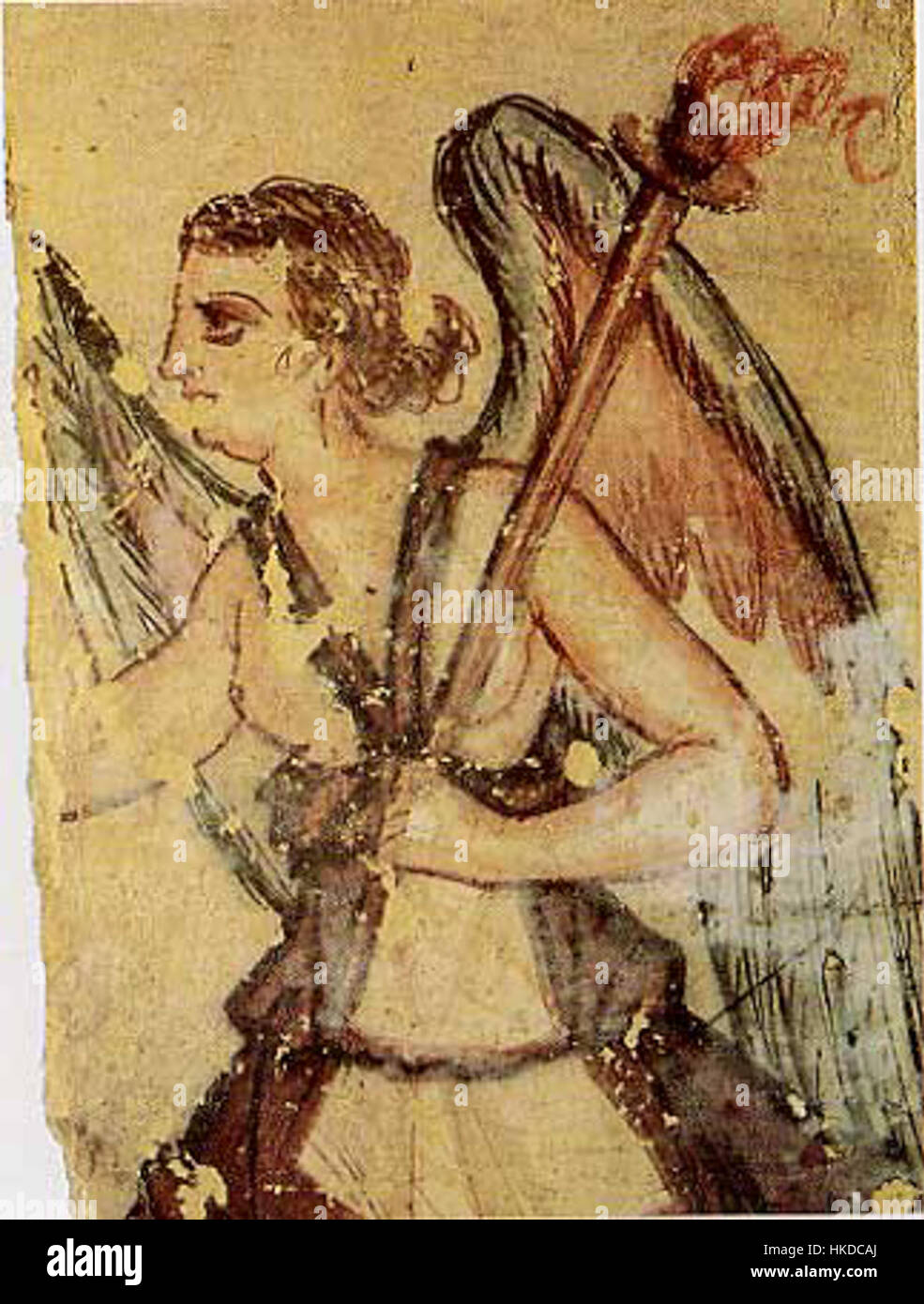 This artwork titled 'Vanth' portrays a figure from Roman mythology, symbolizing the spirit of death and the afterlife. Vanth is depicted as a winged figure, emphasizing themes of transition and the journey to the underworld. Stock Photohttps://www.alamy.com/image-license-details/?v=1https://www.alamy.com/stock-photo-this-artwork-titled-vanth-portrays-a-figure-from-roman-mythology-symbolizing-132446122.html
This artwork titled 'Vanth' portrays a figure from Roman mythology, symbolizing the spirit of death and the afterlife. Vanth is depicted as a winged figure, emphasizing themes of transition and the journey to the underworld. Stock Photohttps://www.alamy.com/image-license-details/?v=1https://www.alamy.com/stock-photo-this-artwork-titled-vanth-portrays-a-figure-from-roman-mythology-symbolizing-132446122.htmlRMHKDCAJ–This artwork titled 'Vanth' portrays a figure from Roman mythology, symbolizing the spirit of death and the afterlife. Vanth is depicted as a winged figure, emphasizing themes of transition and the journey to the underworld.
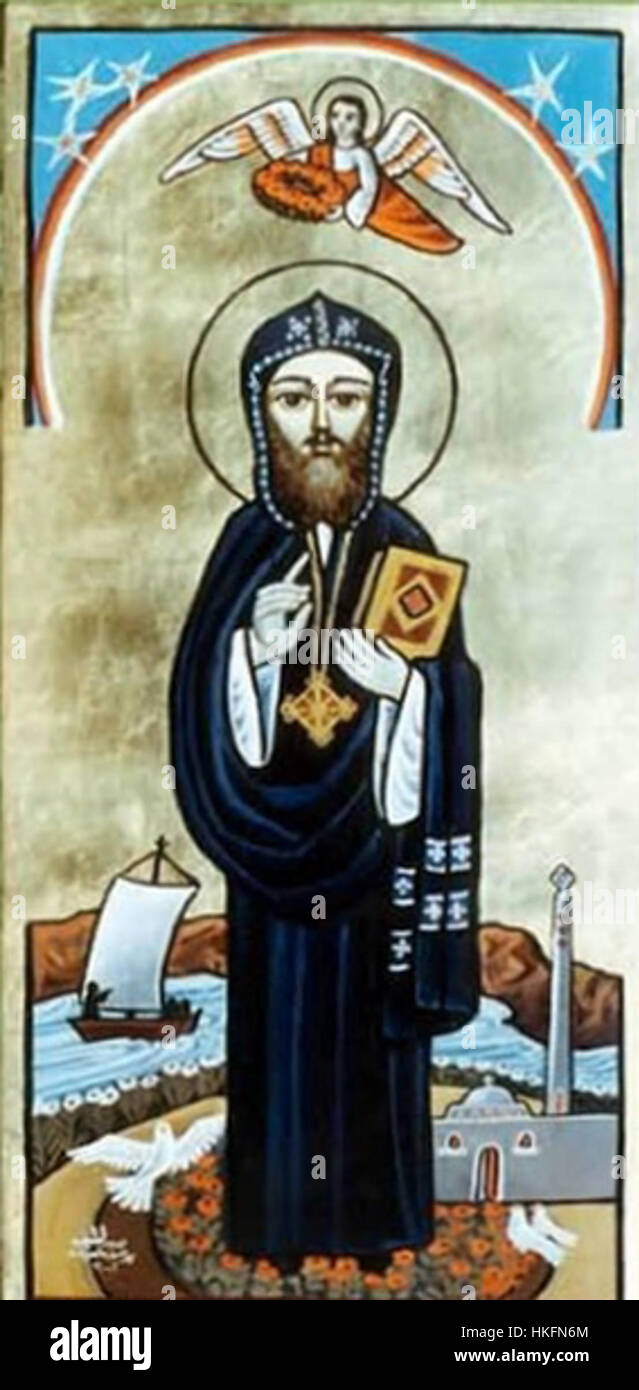 This artwork, titled 'Severus,' features a historical or mythical subject, likely a depiction of Emperor Septimius Severus or a figure of similar stature, rendered in classical painting techniques. The piece explores themes of leadership and history. Stock Photohttps://www.alamy.com/image-license-details/?v=1https://www.alamy.com/stock-photo-this-artwork-titled-severus-features-a-historical-or-mythical-subject-132496972.html
This artwork, titled 'Severus,' features a historical or mythical subject, likely a depiction of Emperor Septimius Severus or a figure of similar stature, rendered in classical painting techniques. The piece explores themes of leadership and history. Stock Photohttps://www.alamy.com/image-license-details/?v=1https://www.alamy.com/stock-photo-this-artwork-titled-severus-features-a-historical-or-mythical-subject-132496972.htmlRMHKFN6M–This artwork, titled 'Severus,' features a historical or mythical subject, likely a depiction of Emperor Septimius Severus or a figure of similar stature, rendered in classical painting techniques. The piece explores themes of leadership and history.
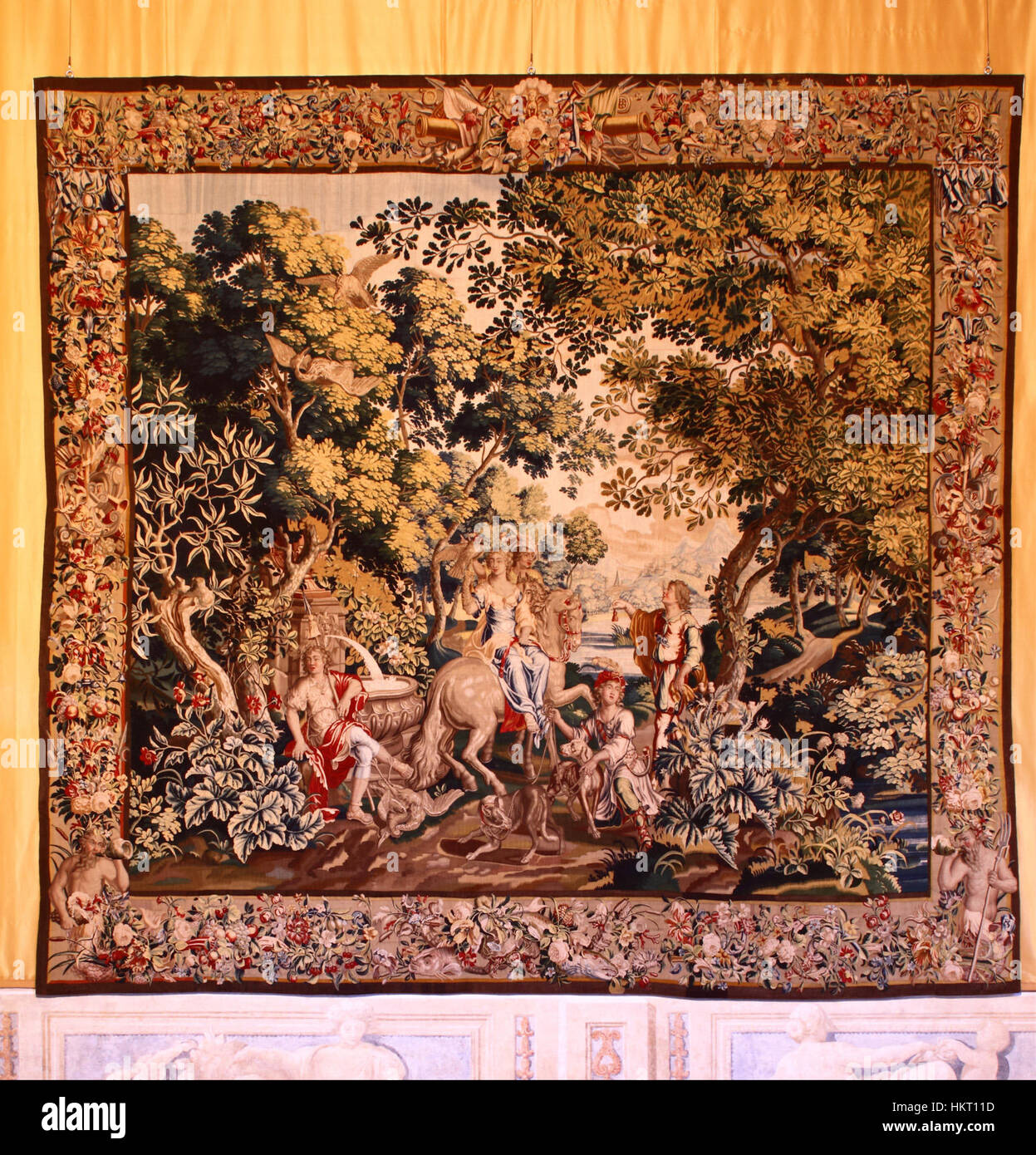 This painting, 'Diana a cavallo' (Diana on Horseback), depicts the Roman goddess Diana riding a horse, symbolizing her connection to nature and hunting. The artwork highlights classical mythology and traditional artistic representation from the Renaissance period. Stock Photohttps://www.alamy.com/image-license-details/?v=1https://www.alamy.com/stock-photo-this-painting-diana-a-cavallo-diana-on-horseback-depicts-the-roman-132678713.html
This painting, 'Diana a cavallo' (Diana on Horseback), depicts the Roman goddess Diana riding a horse, symbolizing her connection to nature and hunting. The artwork highlights classical mythology and traditional artistic representation from the Renaissance period. Stock Photohttps://www.alamy.com/image-license-details/?v=1https://www.alamy.com/stock-photo-this-painting-diana-a-cavallo-diana-on-horseback-depicts-the-roman-132678713.htmlRMHKT11D–This painting, 'Diana a cavallo' (Diana on Horseback), depicts the Roman goddess Diana riding a horse, symbolizing her connection to nature and hunting. The artwork highlights classical mythology and traditional artistic representation from the Renaissance period.
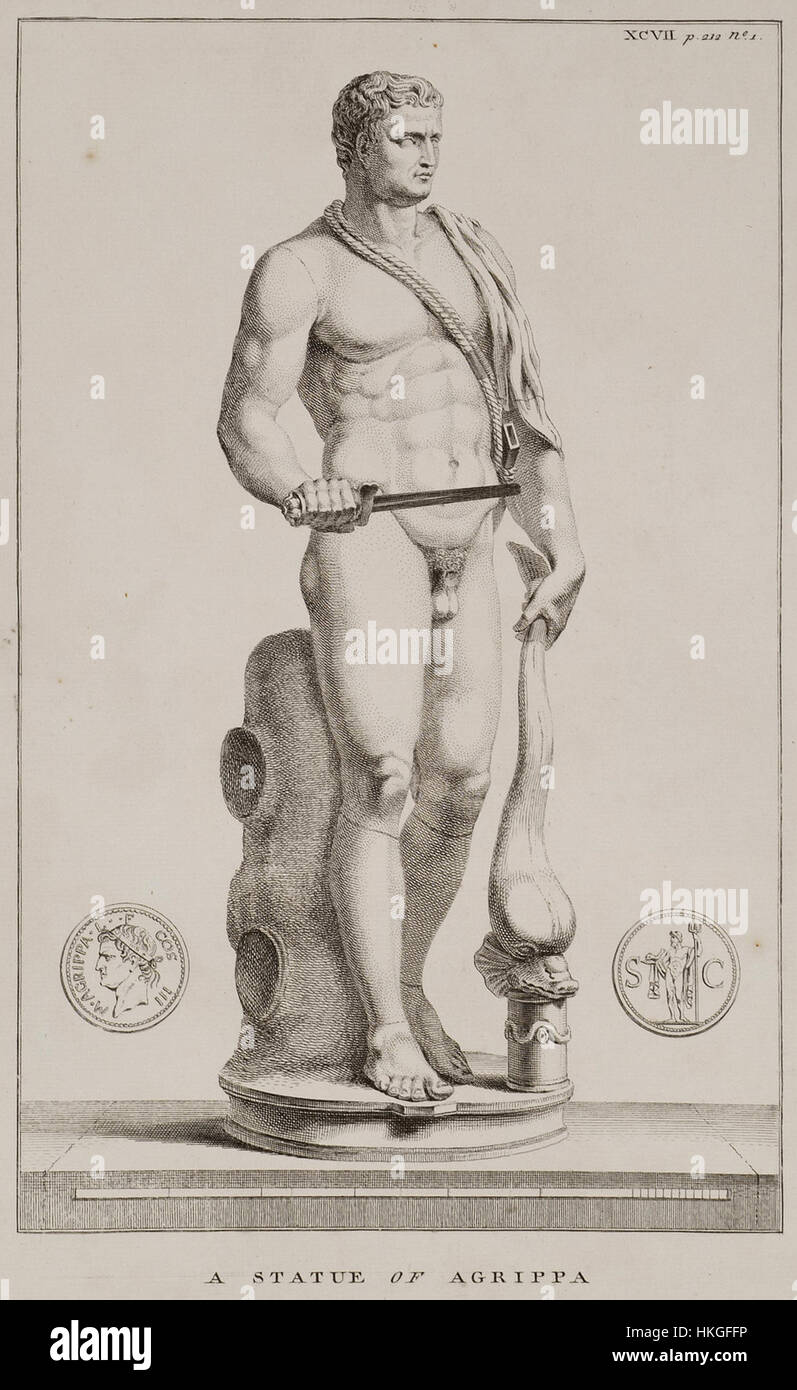 A historical sculpture of Agrippa, created by Richard Pococke in 1745, depicting the Roman figure in classical style. Stock Photohttps://www.alamy.com/image-license-details/?v=1https://www.alamy.com/stock-photo-a-historical-sculpture-of-agrippa-created-by-richard-pococke-in-1745-132514474.html
A historical sculpture of Agrippa, created by Richard Pococke in 1745, depicting the Roman figure in classical style. Stock Photohttps://www.alamy.com/image-license-details/?v=1https://www.alamy.com/stock-photo-a-historical-sculpture-of-agrippa-created-by-richard-pococke-in-1745-132514474.htmlRMHKGFFP–A historical sculpture of Agrippa, created by Richard Pococke in 1745, depicting the Roman figure in classical style.
 Favonius is a classical artwork depicting a mythological figure. The piece reflects ancient Greek or Roman influences, showing the elegance and grace characteristic of this period’s artistic style. Stock Photohttps://www.alamy.com/image-license-details/?v=1https://www.alamy.com/stock-photo-favonius-is-a-classical-artwork-depicting-a-mythological-figure-the-132413560.html
Favonius is a classical artwork depicting a mythological figure. The piece reflects ancient Greek or Roman influences, showing the elegance and grace characteristic of this period’s artistic style. Stock Photohttps://www.alamy.com/image-license-details/?v=1https://www.alamy.com/stock-photo-favonius-is-a-classical-artwork-depicting-a-mythological-figure-the-132413560.htmlRMHKBXRM–Favonius is a classical artwork depicting a mythological figure. The piece reflects ancient Greek or Roman influences, showing the elegance and grace characteristic of this period’s artistic style.
 An equestrian statue by Dolabella, depicting a horseman in classical style. The piece represents the grandeur of ancient Roman sculpture, showcasing a noble figure mounted on horseback. Stock Photohttps://www.alamy.com/image-license-details/?v=1https://www.alamy.com/stock-photo-an-equestrian-statue-by-dolabella-depicting-a-horseman-in-classical-132679958.html
An equestrian statue by Dolabella, depicting a horseman in classical style. The piece represents the grandeur of ancient Roman sculpture, showcasing a noble figure mounted on horseback. Stock Photohttps://www.alamy.com/image-license-details/?v=1https://www.alamy.com/stock-photo-an-equestrian-statue-by-dolabella-depicting-a-horseman-in-classical-132679958.htmlRMHKT2HX–An equestrian statue by Dolabella, depicting a horseman in classical style. The piece represents the grandeur of ancient Roman sculpture, showcasing a noble figure mounted on horseback.
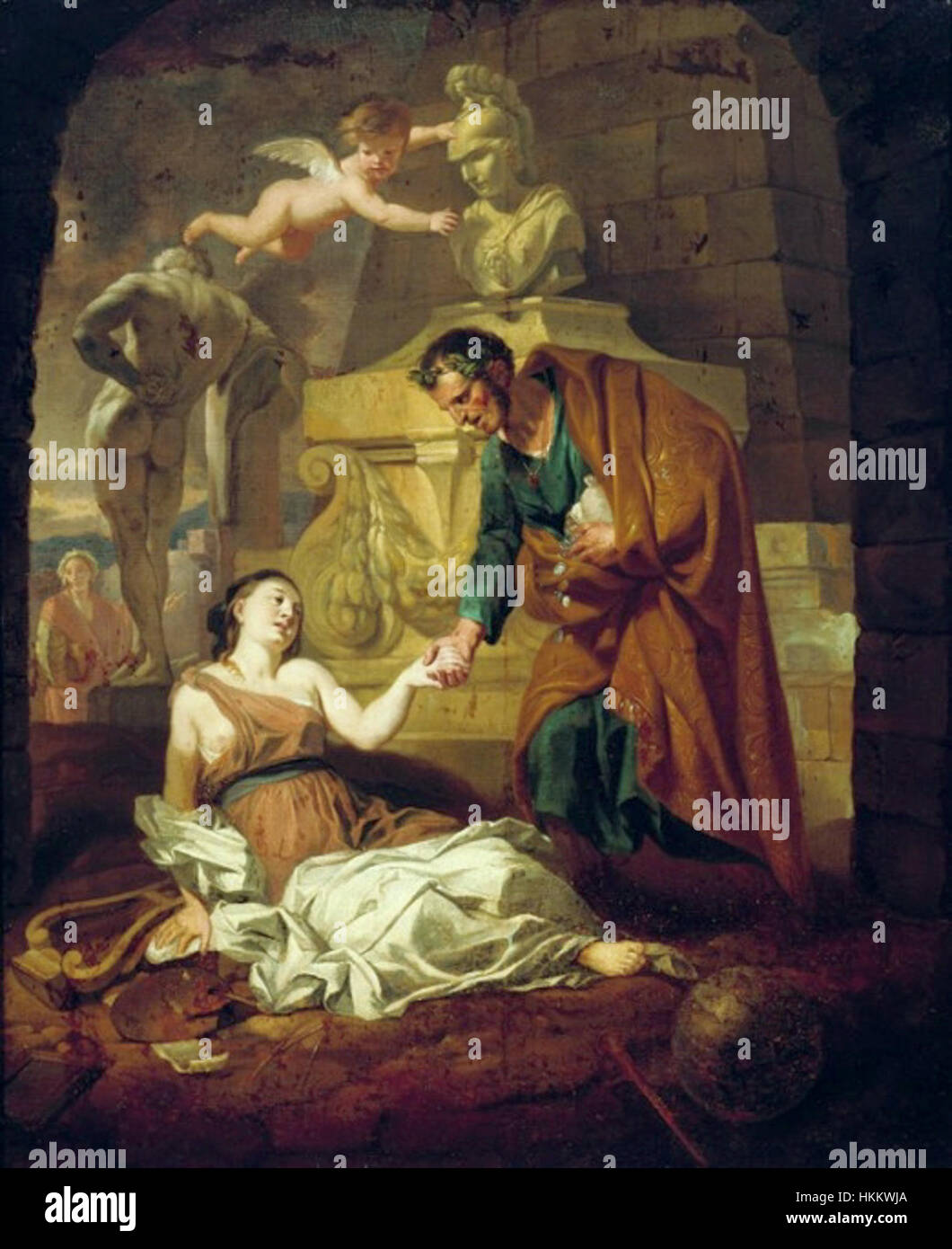 This 17th-century painting by Lairesse depicts the Roman figure Maecenas, known for his patronage of the arts. The artwork reflects the grandeur and classical influences of the Baroque period, emphasizing fine details and refined elegance. Stock Photohttps://www.alamy.com/image-license-details/?v=1https://www.alamy.com/stock-photo-this-17th-century-painting-by-lairesse-depicts-the-roman-figure-maecenas-132588242.html
This 17th-century painting by Lairesse depicts the Roman figure Maecenas, known for his patronage of the arts. The artwork reflects the grandeur and classical influences of the Baroque period, emphasizing fine details and refined elegance. Stock Photohttps://www.alamy.com/image-license-details/?v=1https://www.alamy.com/stock-photo-this-17th-century-painting-by-lairesse-depicts-the-roman-figure-maecenas-132588242.htmlRMHKKWJA–This 17th-century painting by Lairesse depicts the Roman figure Maecenas, known for his patronage of the arts. The artwork reflects the grandeur and classical influences of the Baroque period, emphasizing fine details and refined elegance.
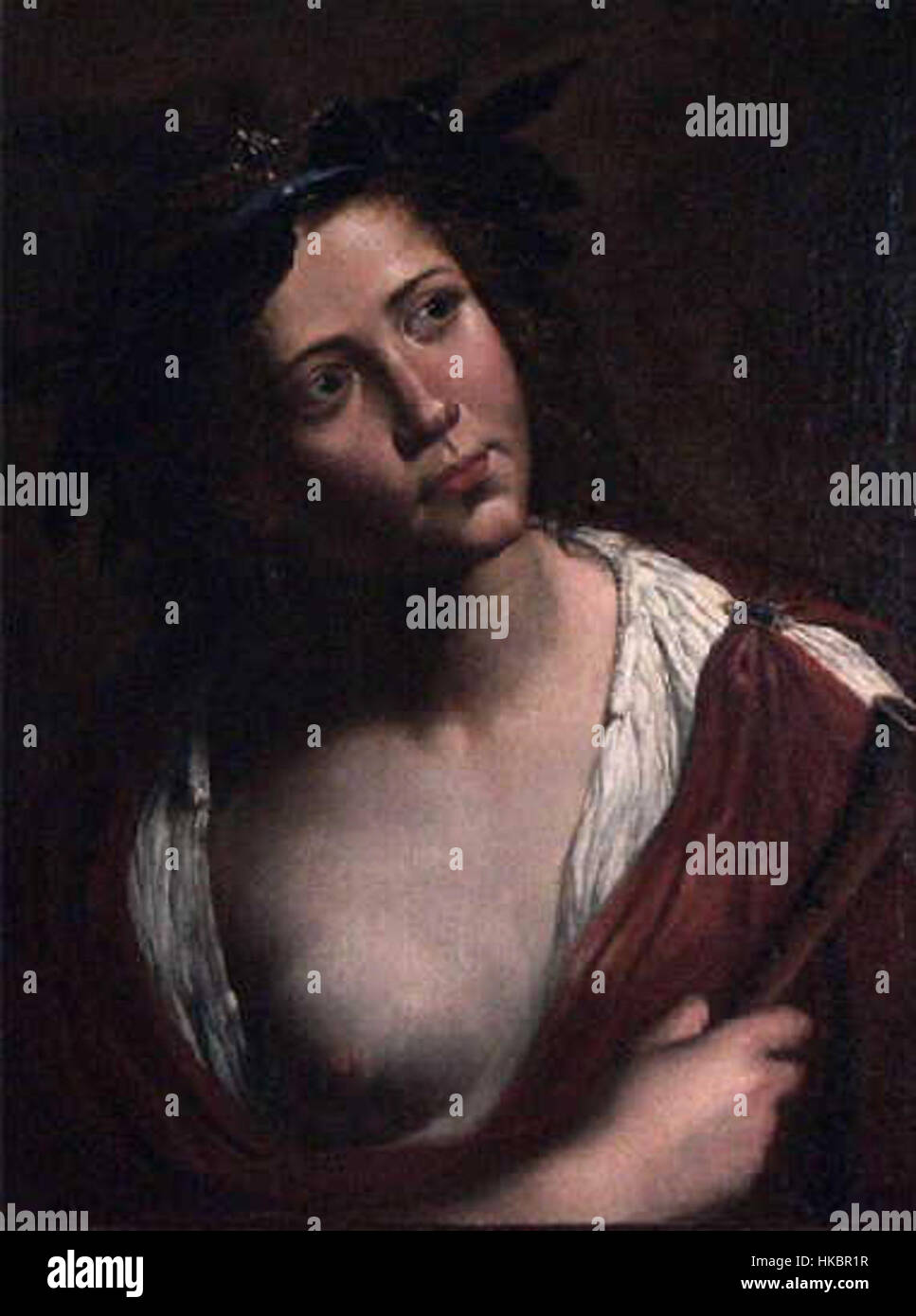 This artwork, titled 'Bacchante,' is attributed to an anonymous artist and depicts the figure of Bacchus, the Roman god of wine and revelry. The piece captures the lively and spirited essence of the deity in a classical art style. Stock Photohttps://www.alamy.com/image-license-details/?v=1https://www.alamy.com/stock-photo-this-artwork-titled-bacchante-is-attributed-to-an-anonymous-artist-132410595.html
This artwork, titled 'Bacchante,' is attributed to an anonymous artist and depicts the figure of Bacchus, the Roman god of wine and revelry. The piece captures the lively and spirited essence of the deity in a classical art style. Stock Photohttps://www.alamy.com/image-license-details/?v=1https://www.alamy.com/stock-photo-this-artwork-titled-bacchante-is-attributed-to-an-anonymous-artist-132410595.htmlRMHKBR1R–This artwork, titled 'Bacchante,' is attributed to an anonymous artist and depicts the figure of Bacchus, the Roman god of wine and revelry. The piece captures the lively and spirited essence of the deity in a classical art style.
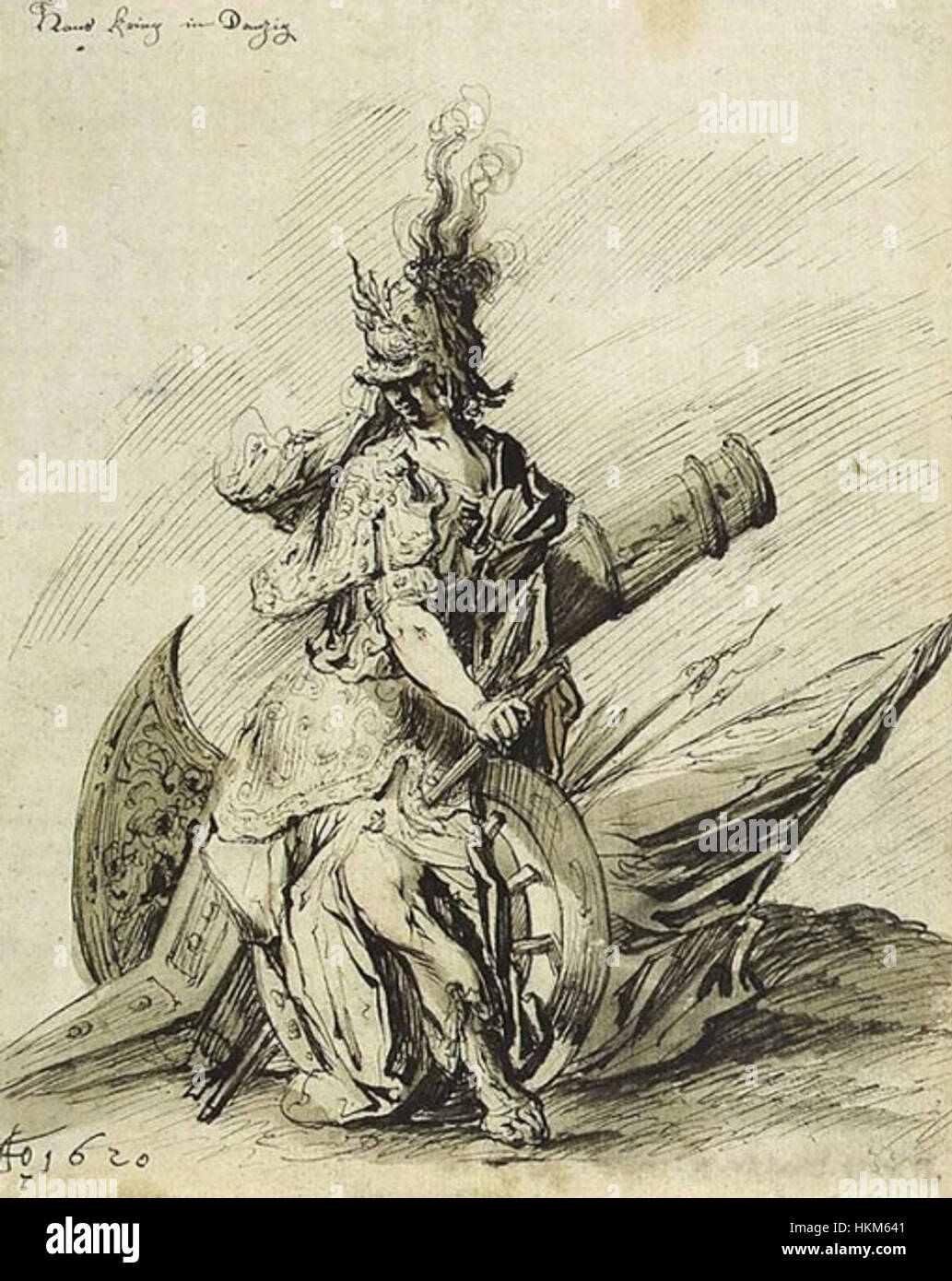 'Krieg Bellona' is a painting depicting the classical figure of Bellona, the Roman goddess of war, often associated with military campaigns. The artwork embodies themes of conflict and the depiction of war deities in art. Stock Photohttps://www.alamy.com/image-license-details/?v=1https://www.alamy.com/stock-photo-krieg-bellona-is-a-painting-depicting-the-classical-figure-of-bellona-132594897.html
'Krieg Bellona' is a painting depicting the classical figure of Bellona, the Roman goddess of war, often associated with military campaigns. The artwork embodies themes of conflict and the depiction of war deities in art. Stock Photohttps://www.alamy.com/image-license-details/?v=1https://www.alamy.com/stock-photo-krieg-bellona-is-a-painting-depicting-the-classical-figure-of-bellona-132594897.htmlRMHKM641–'Krieg Bellona' is a painting depicting the classical figure of Bellona, the Roman goddess of war, often associated with military campaigns. The artwork embodies themes of conflict and the depiction of war deities in art.
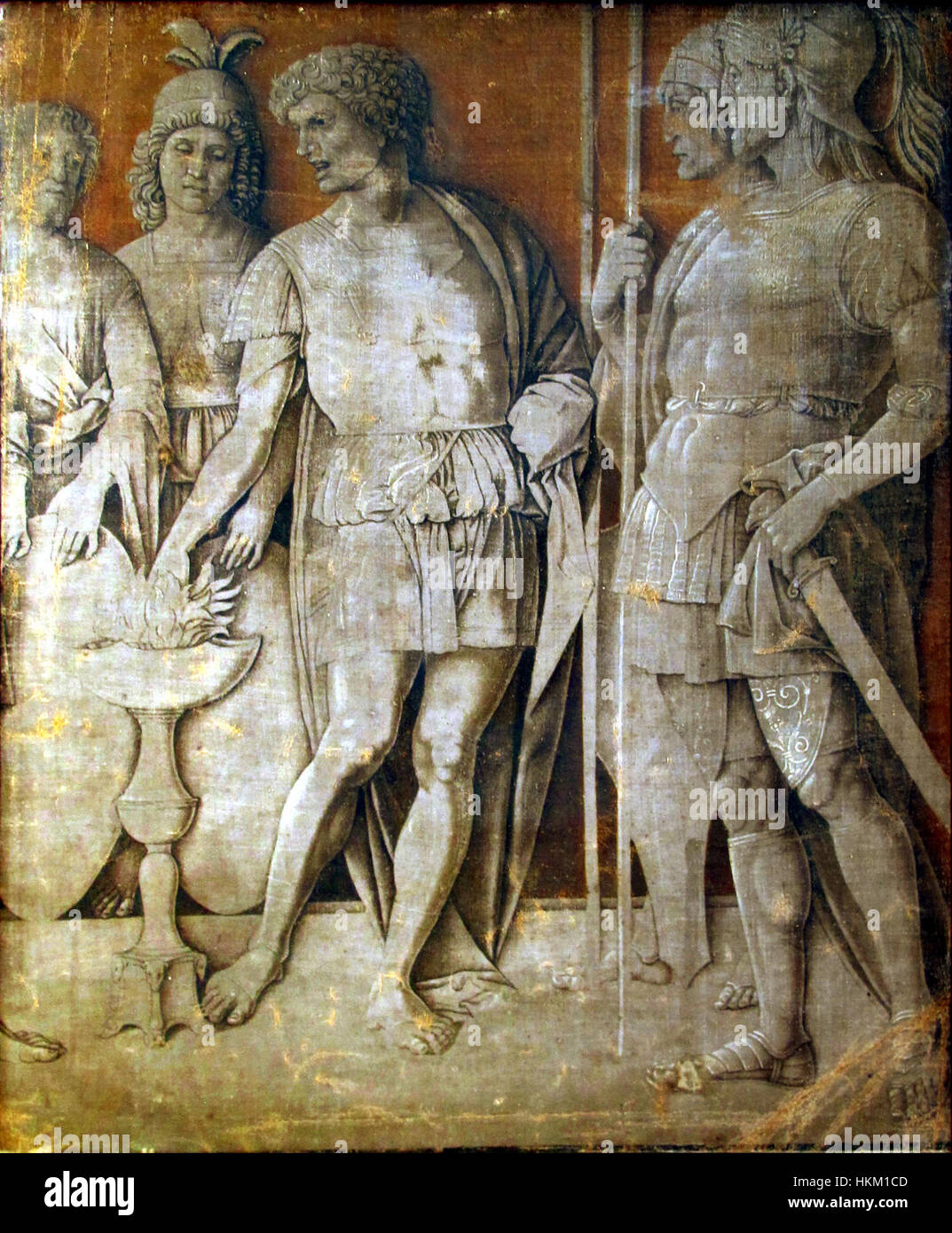 Andrea Mantegna's 'Mucius Scaevola' depicts the legendary Roman figure who famously burned his own hand to demonstrate his bravery. This classical scene showcases Mantegna's detailed approach to perspective and historical narrative. Stock Photohttps://www.alamy.com/image-license-details/?v=1https://www.alamy.com/stock-photo-andrea-mantegnas-mucius-scaevola-depicts-the-legendary-roman-figure-132591213.html
Andrea Mantegna's 'Mucius Scaevola' depicts the legendary Roman figure who famously burned his own hand to demonstrate his bravery. This classical scene showcases Mantegna's detailed approach to perspective and historical narrative. Stock Photohttps://www.alamy.com/image-license-details/?v=1https://www.alamy.com/stock-photo-andrea-mantegnas-mucius-scaevola-depicts-the-legendary-roman-figure-132591213.htmlRMHKM1CD–Andrea Mantegna's 'Mucius Scaevola' depicts the legendary Roman figure who famously burned his own hand to demonstrate his bravery. This classical scene showcases Mantegna's detailed approach to perspective and historical narrative.